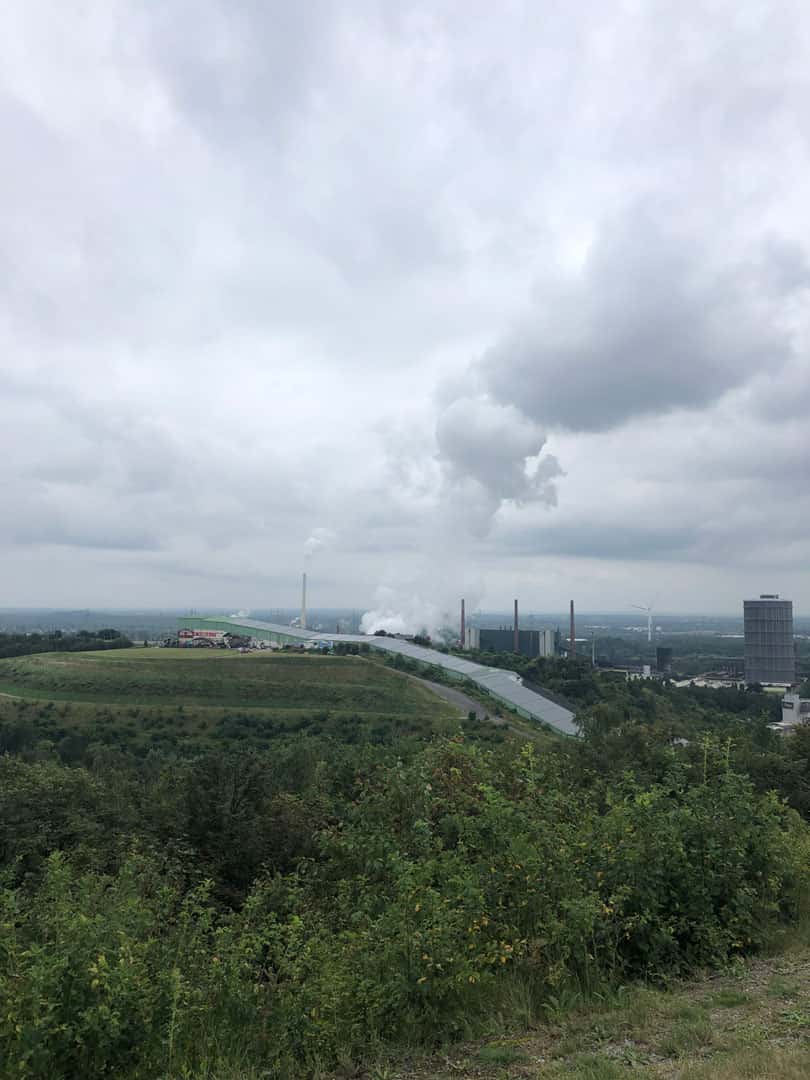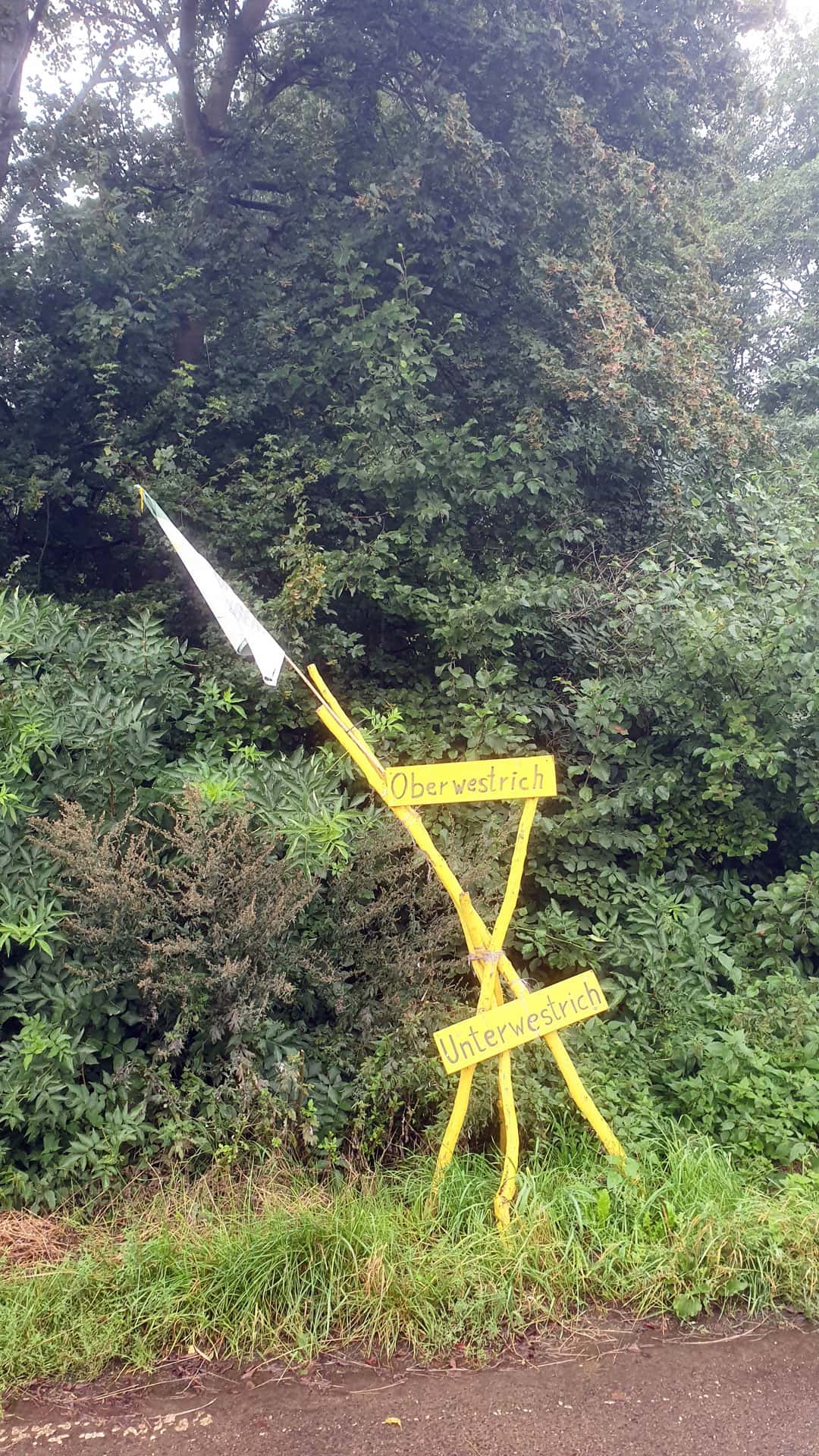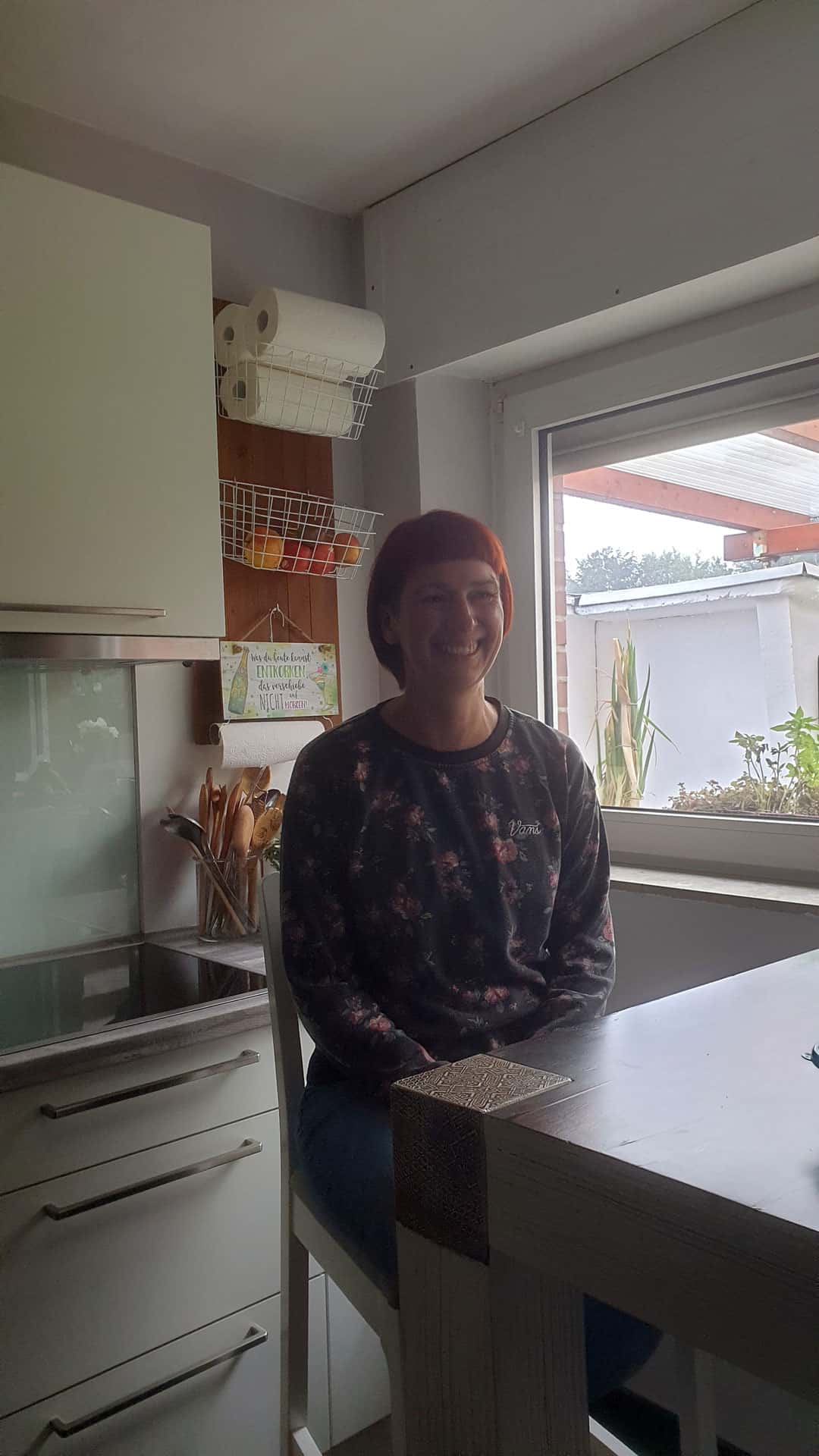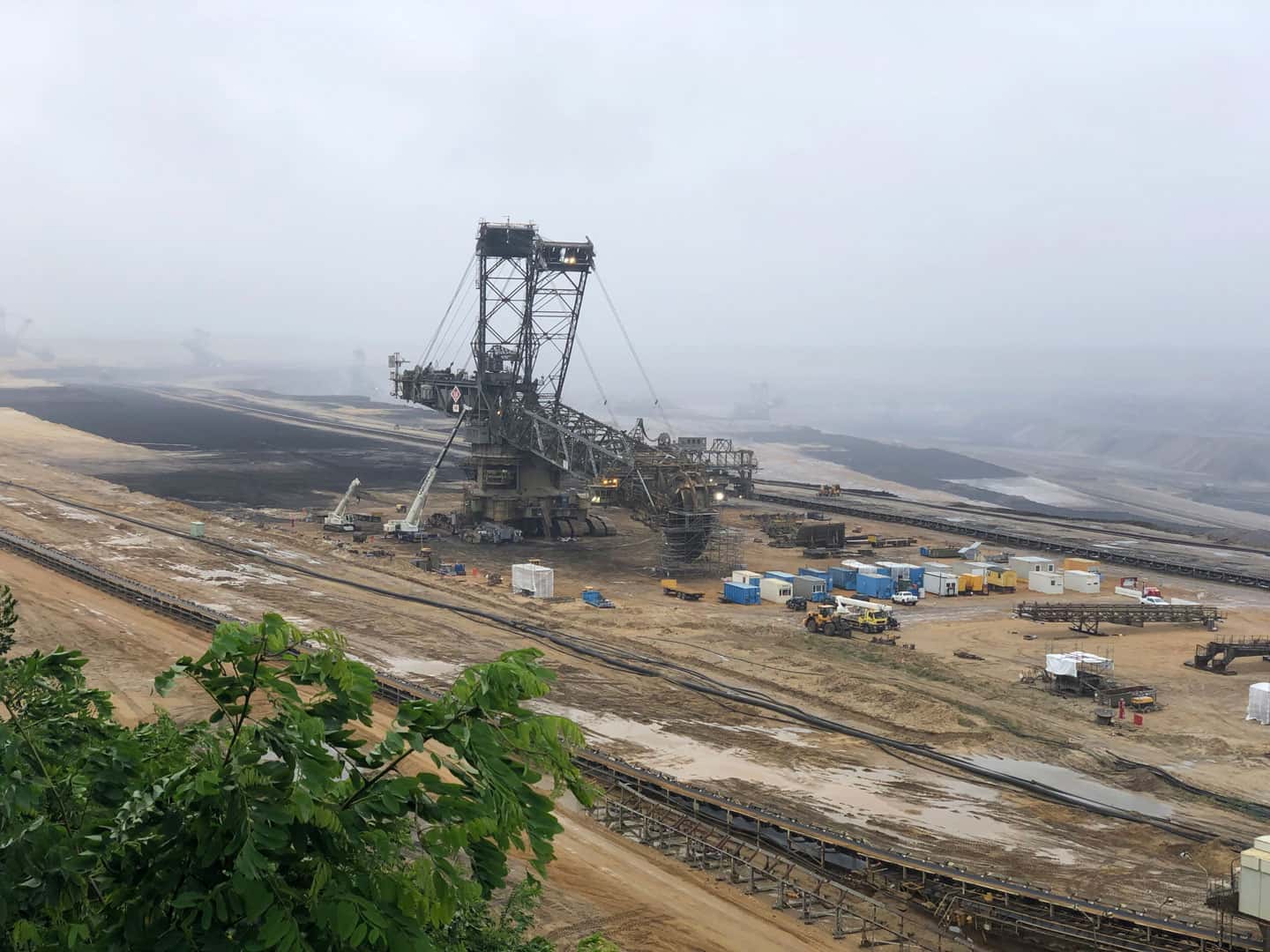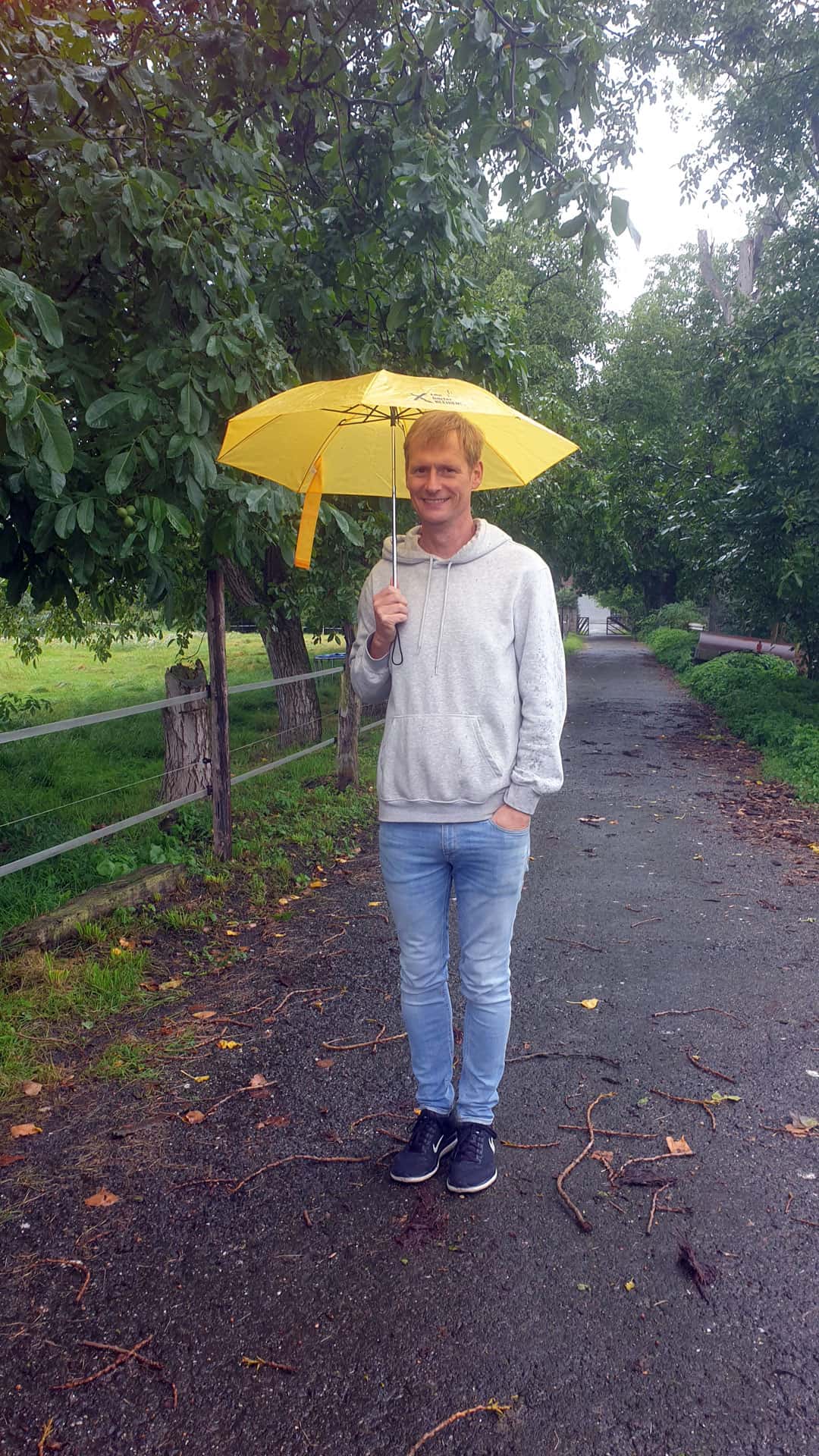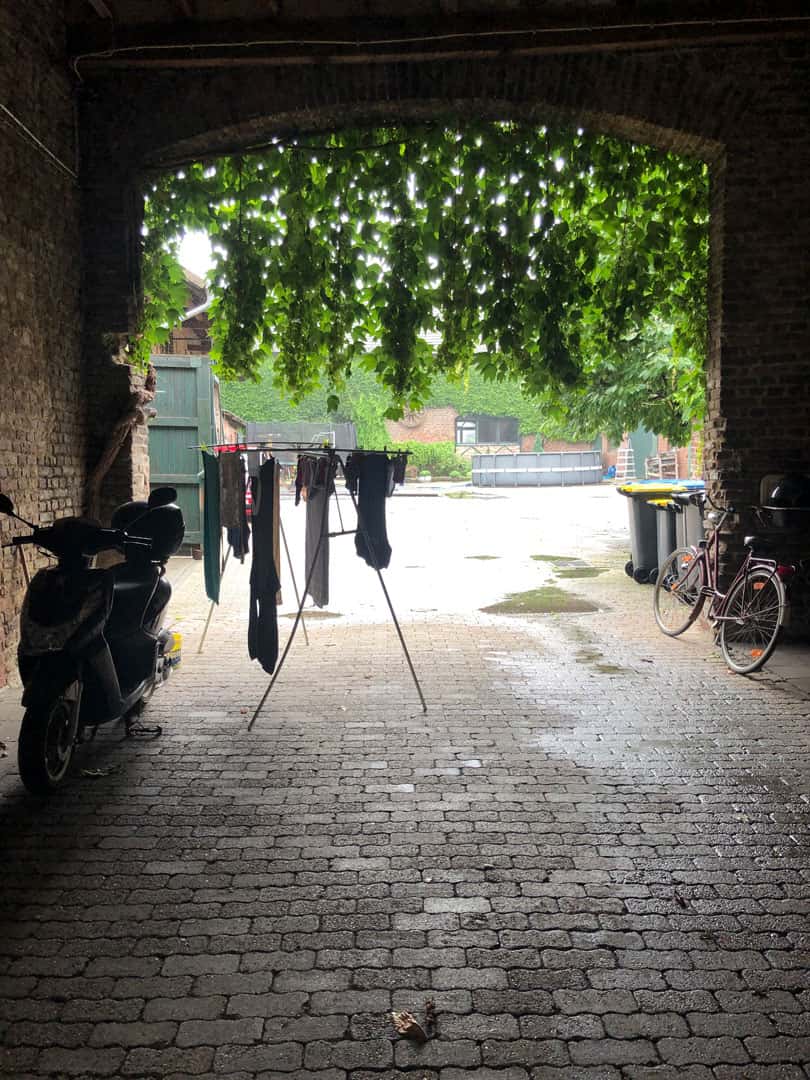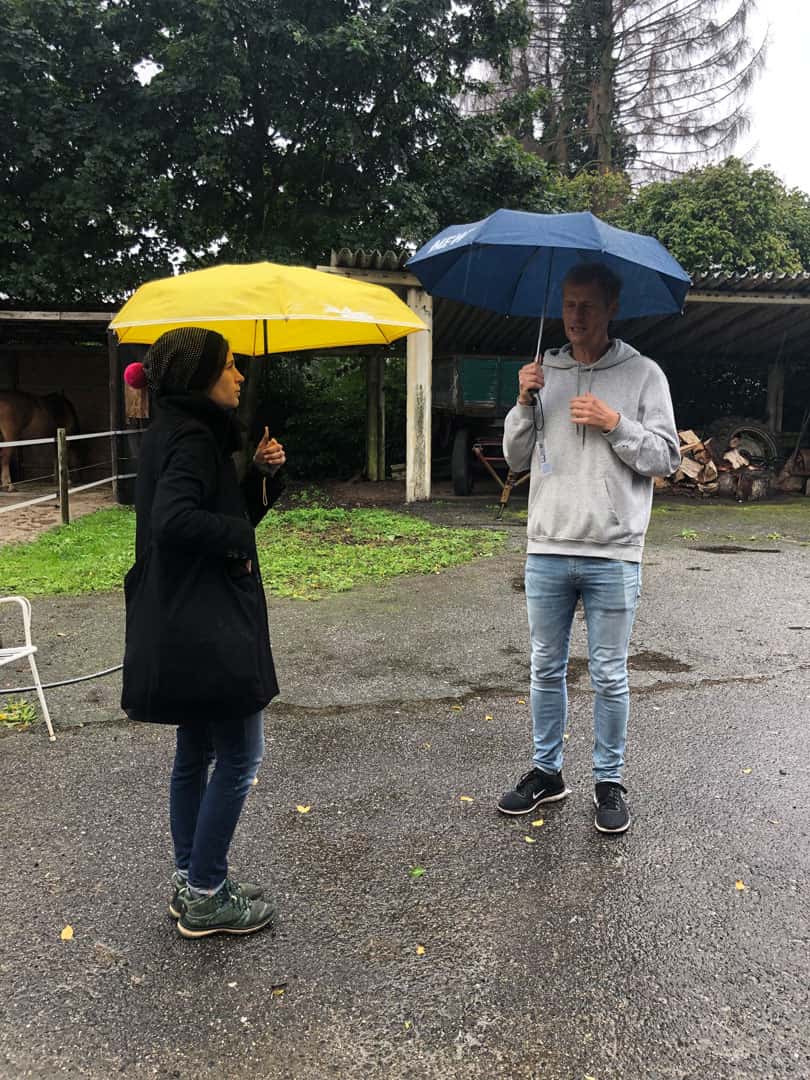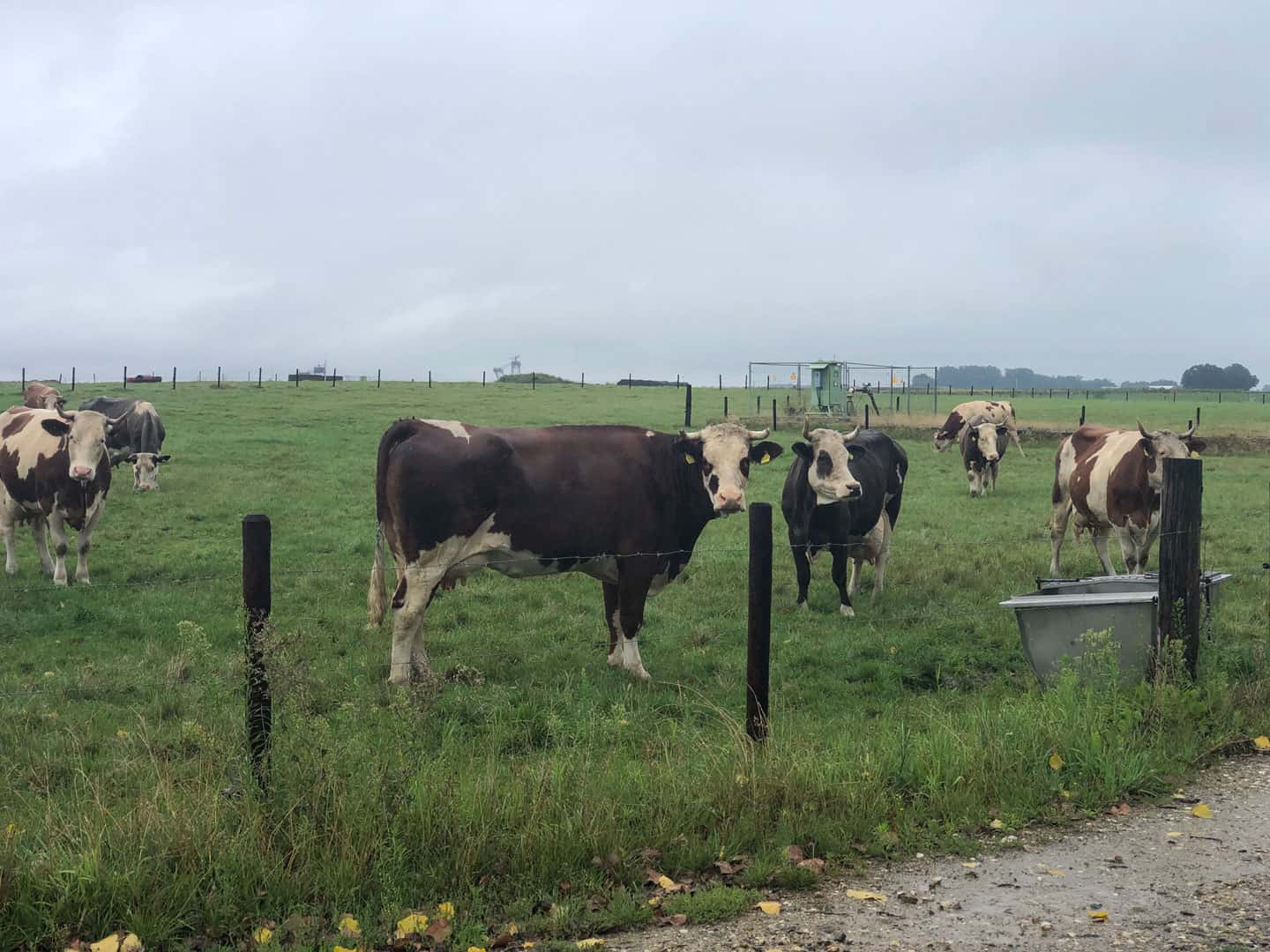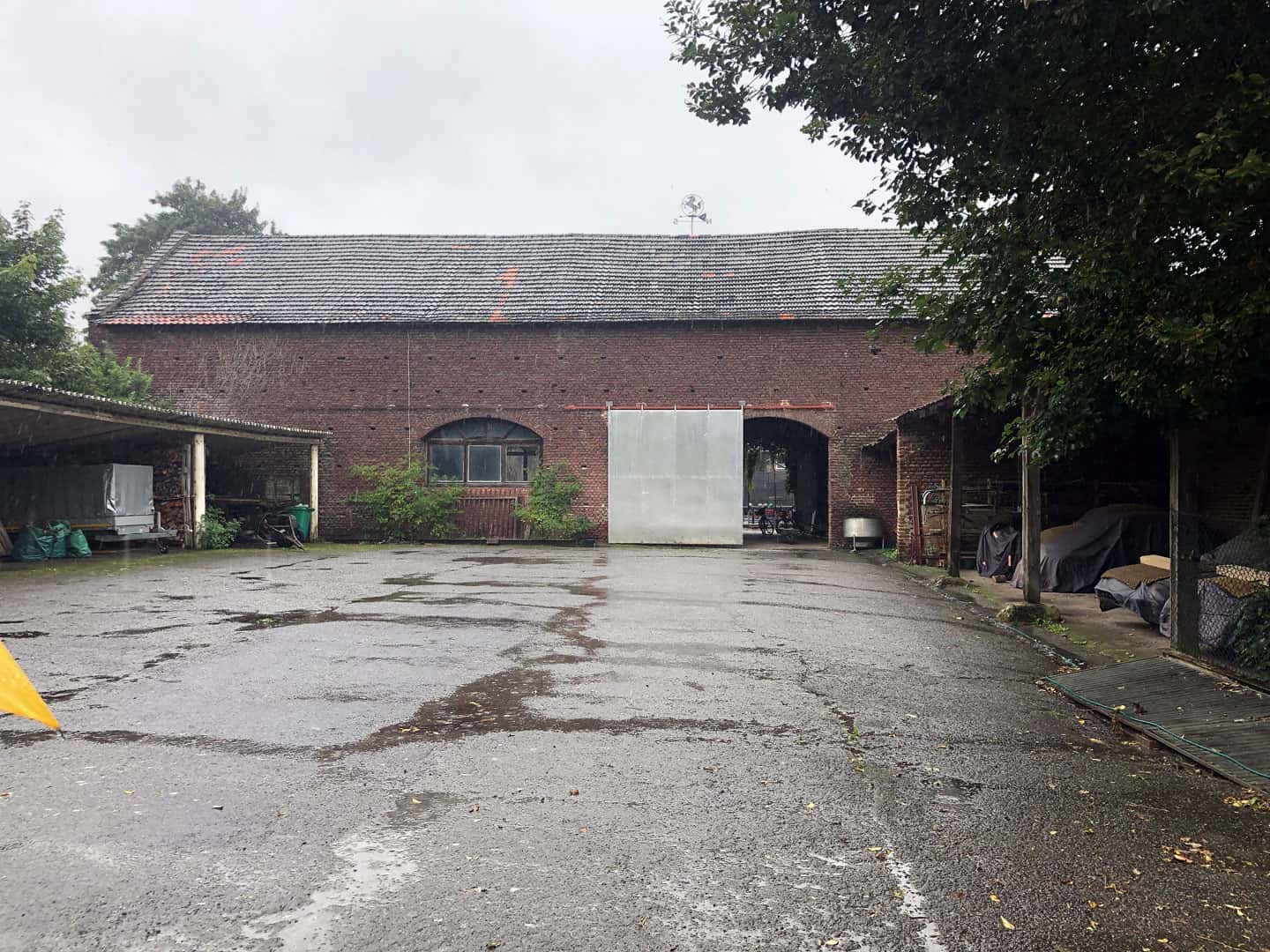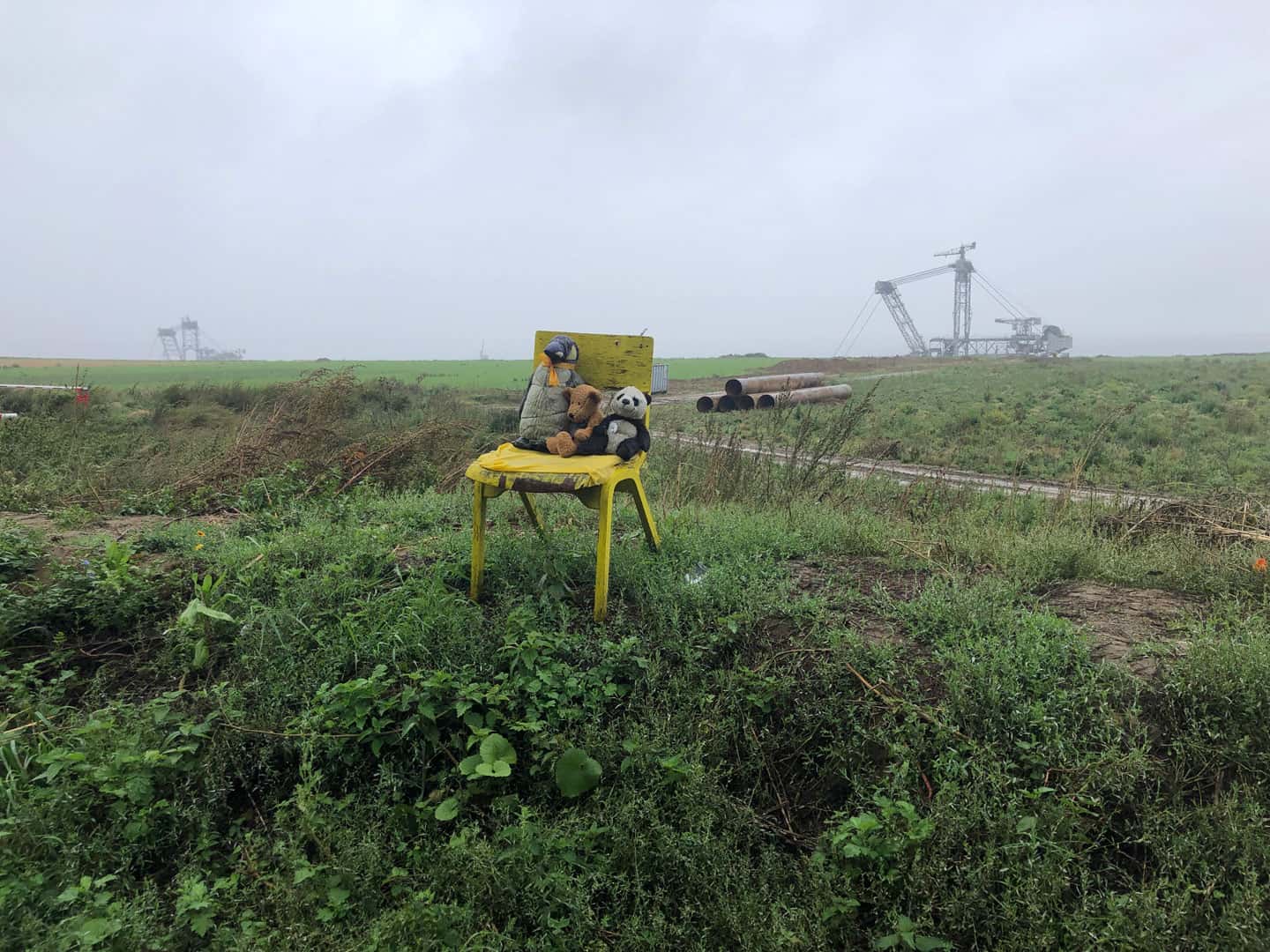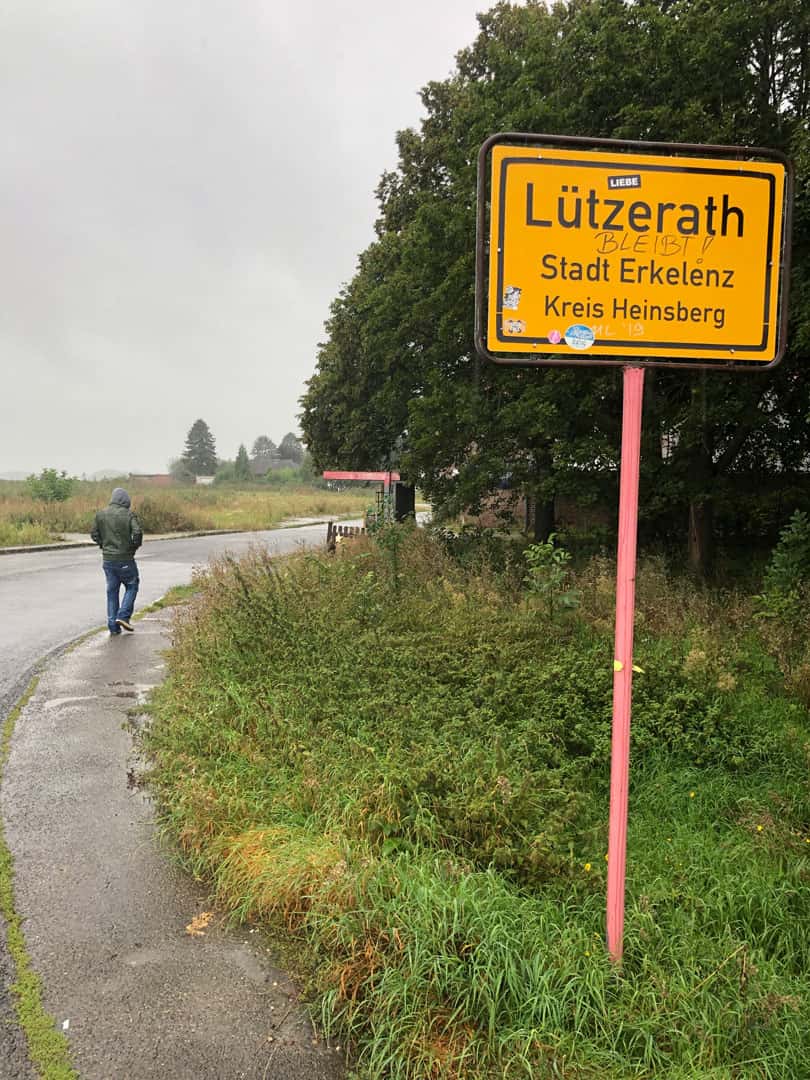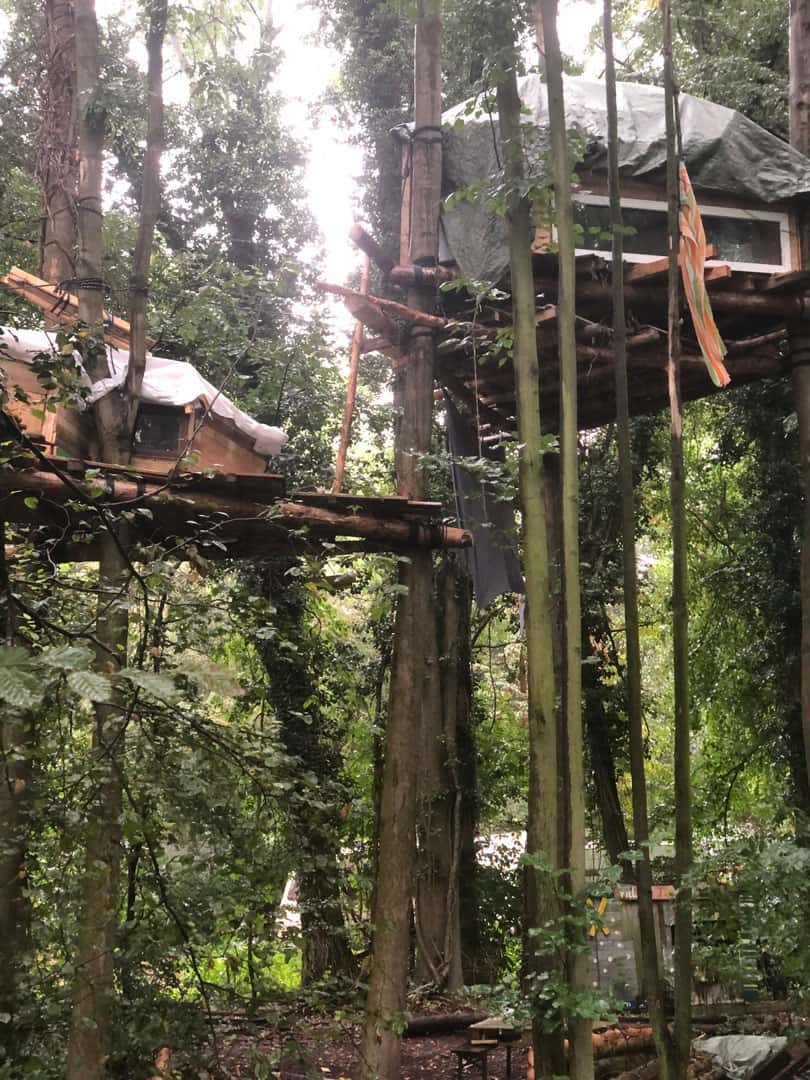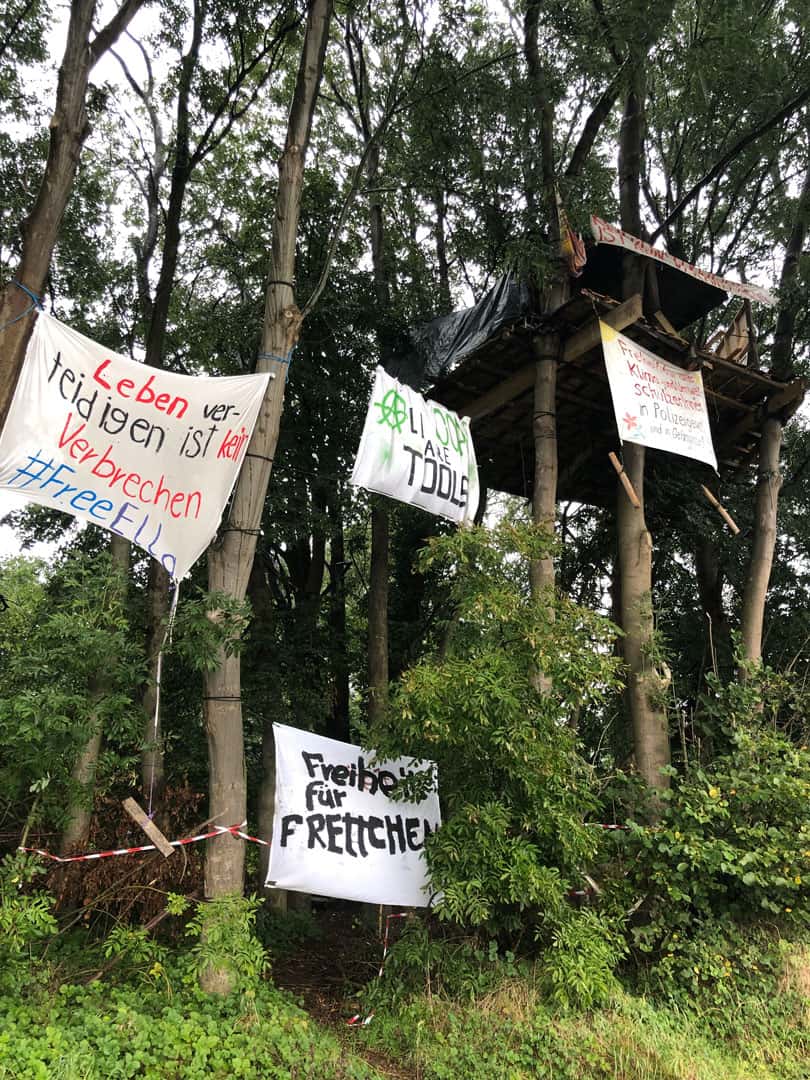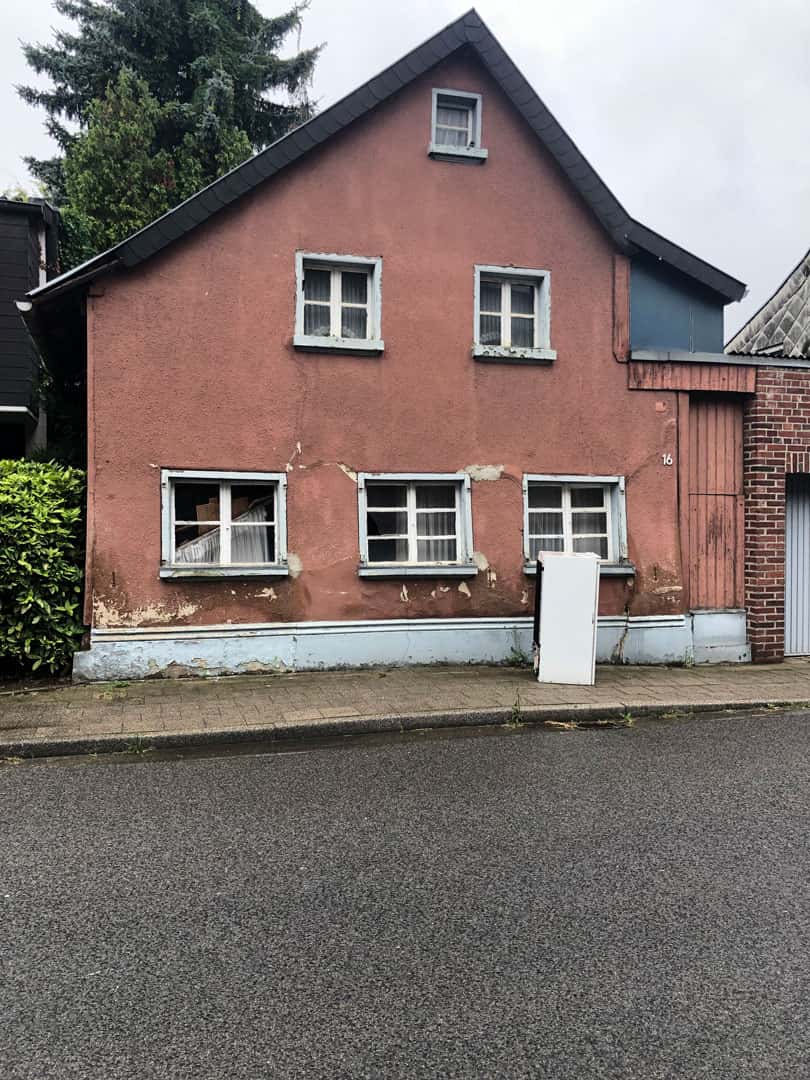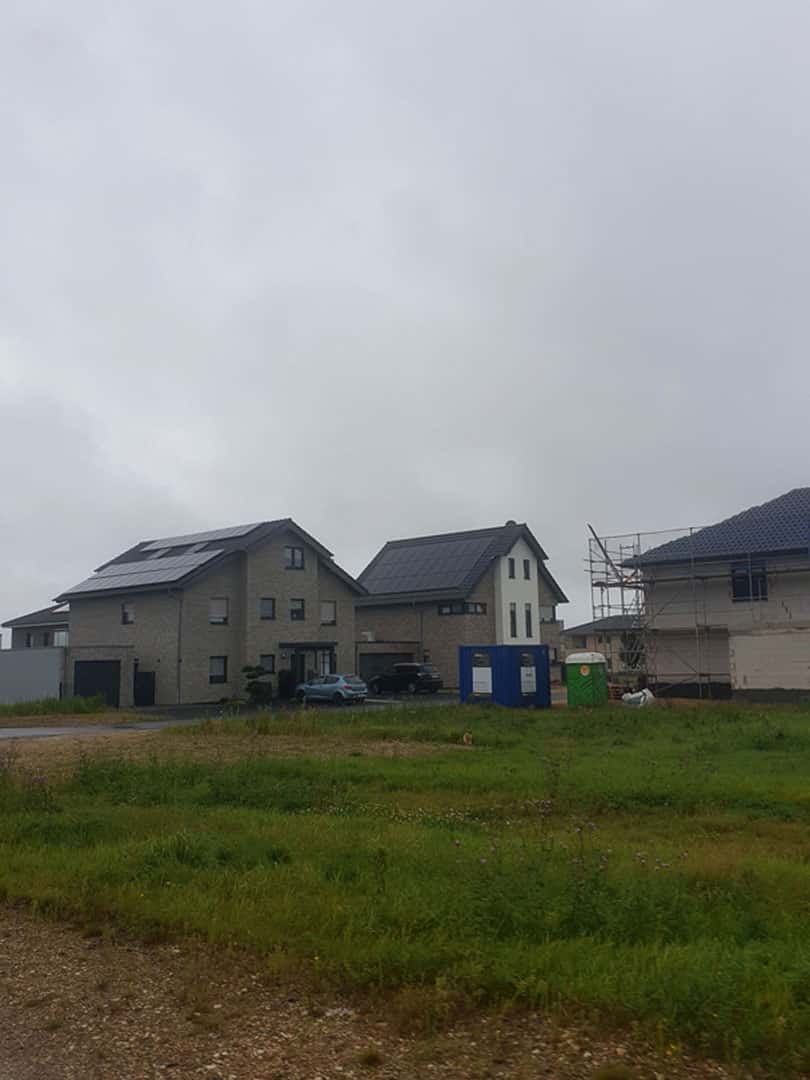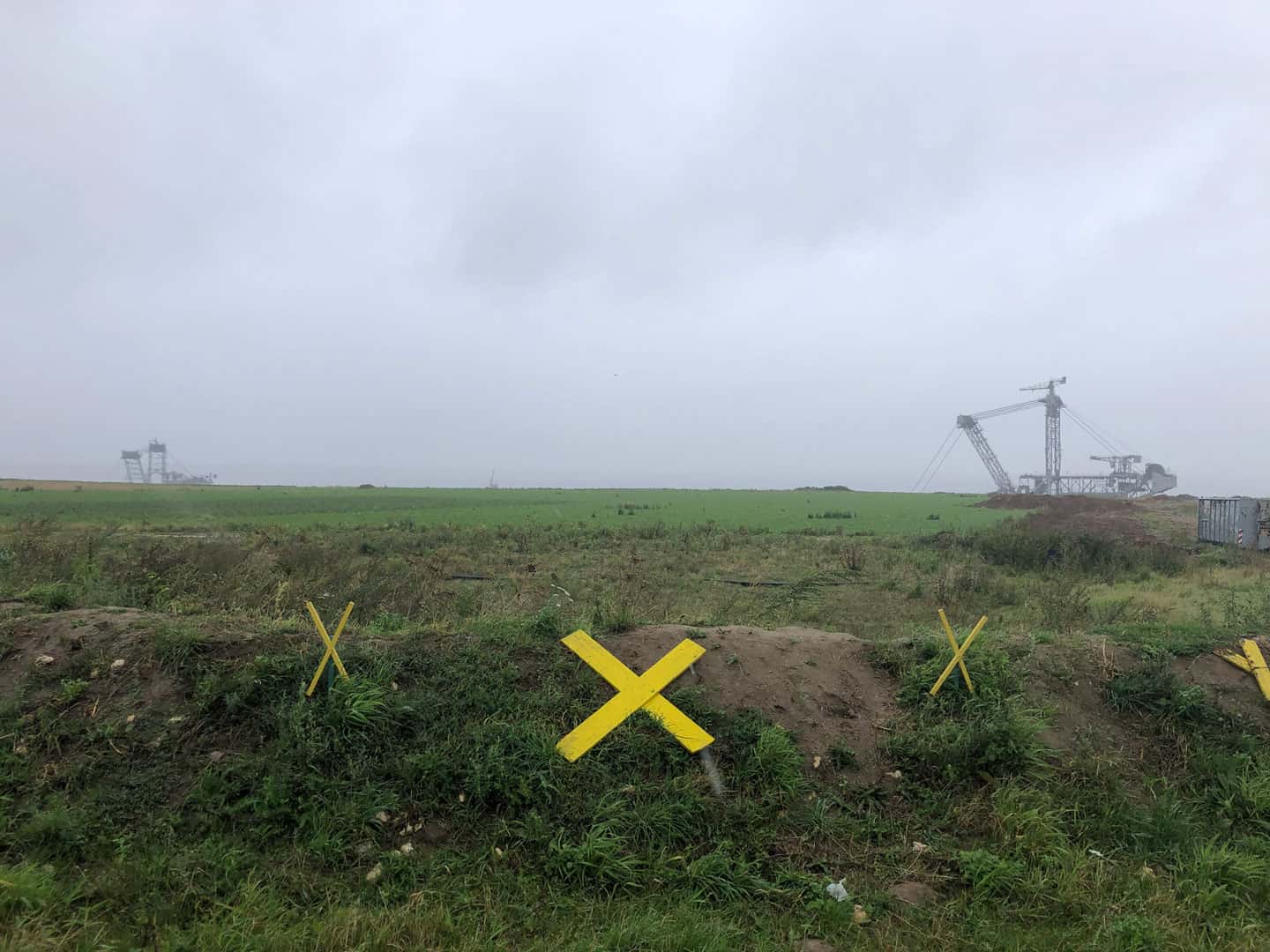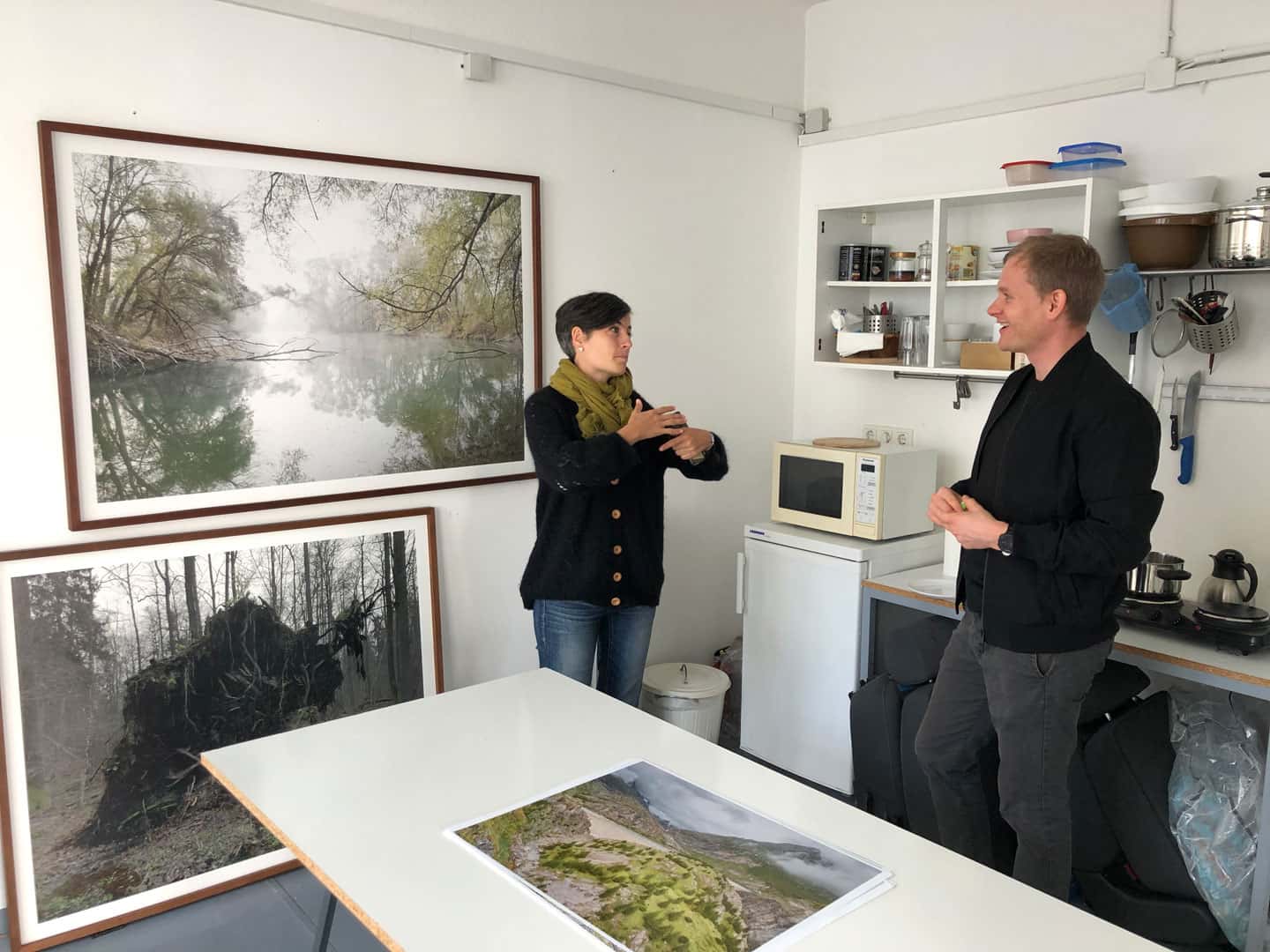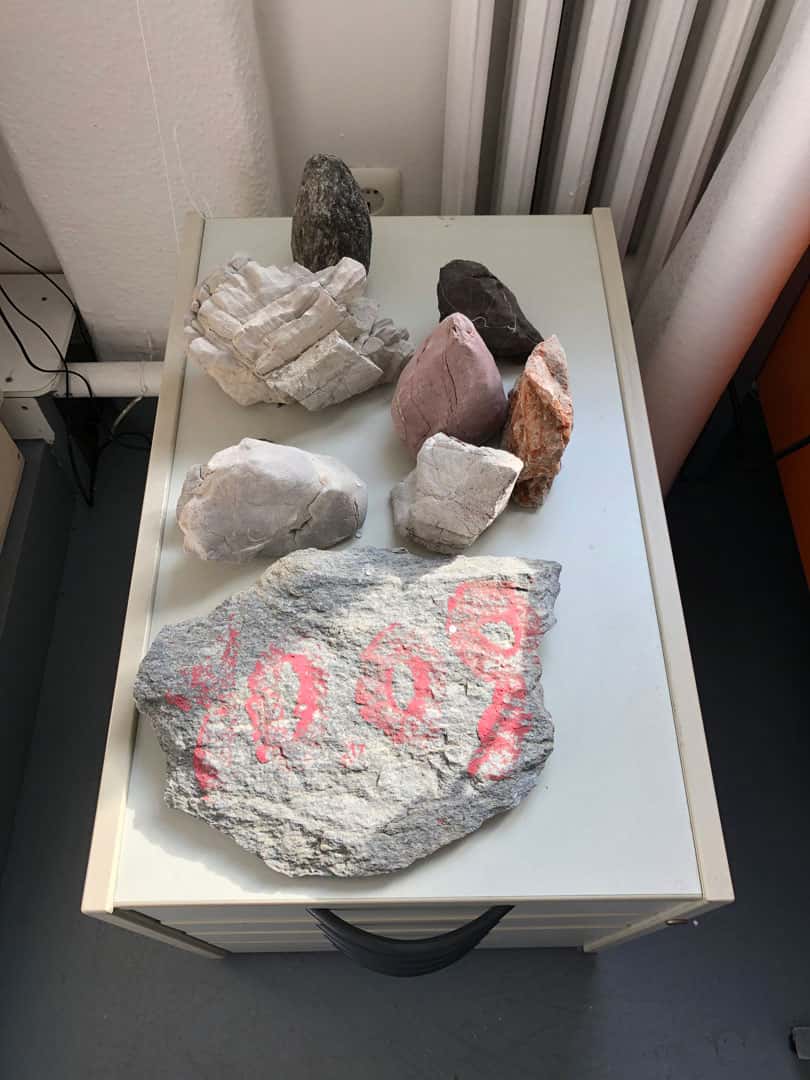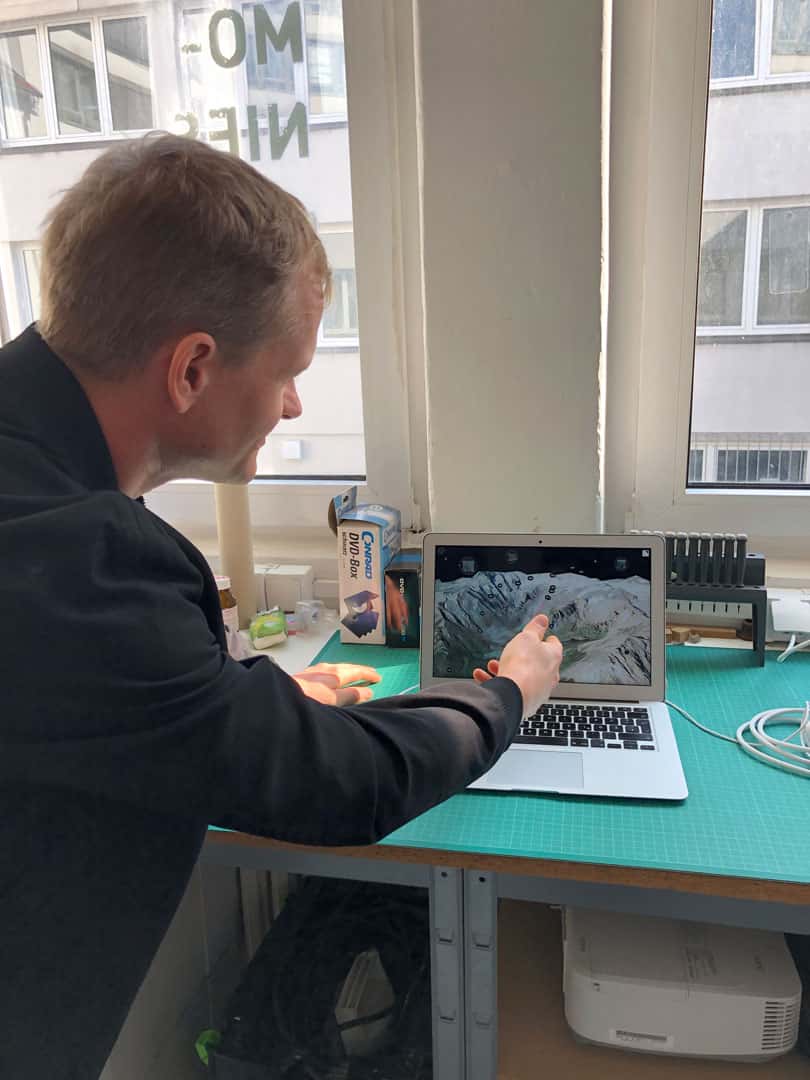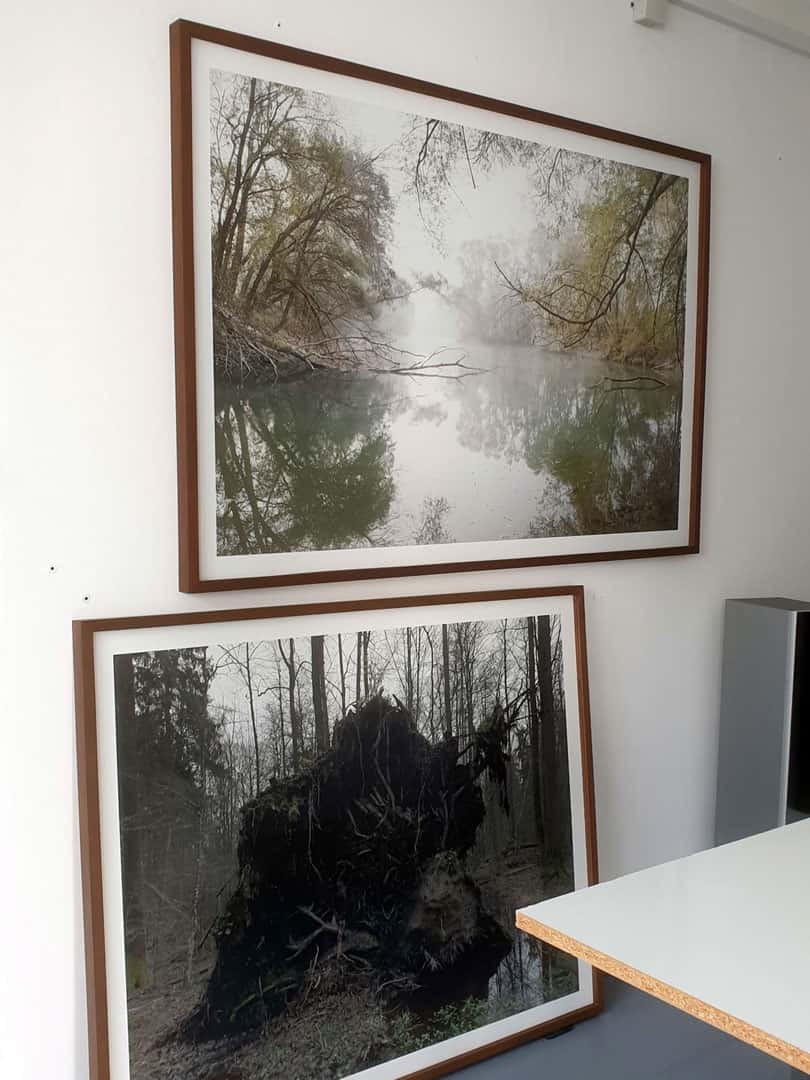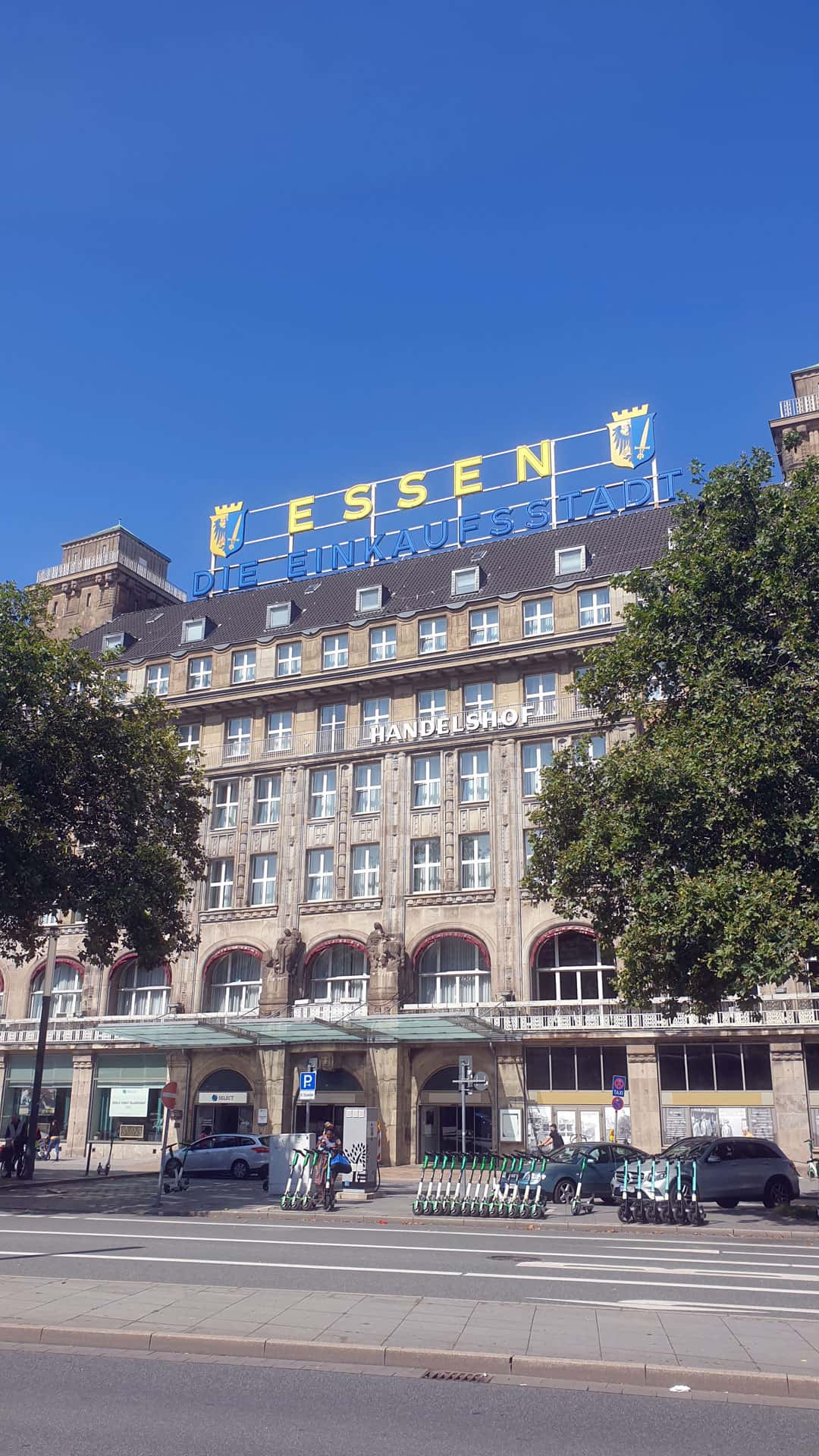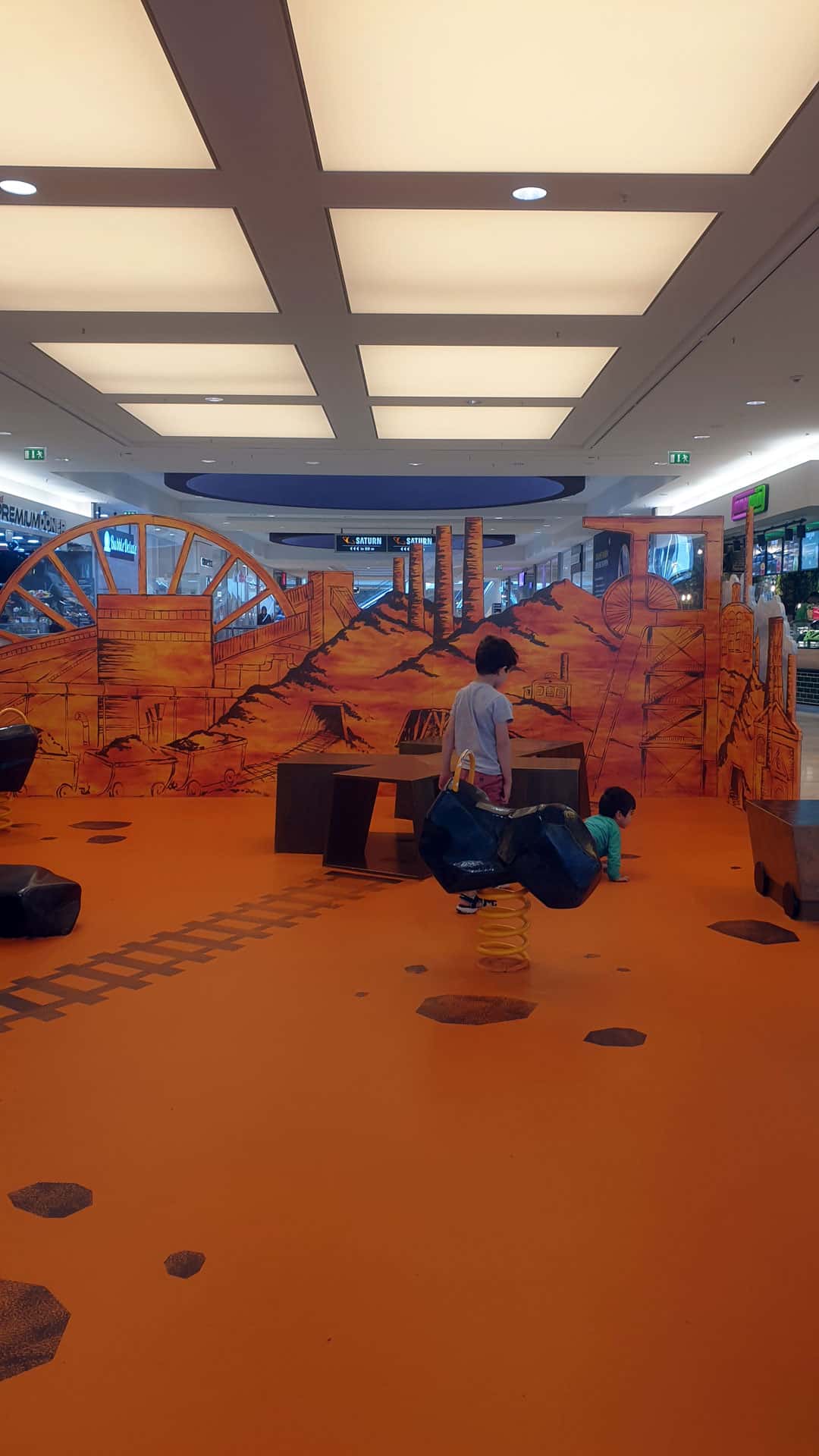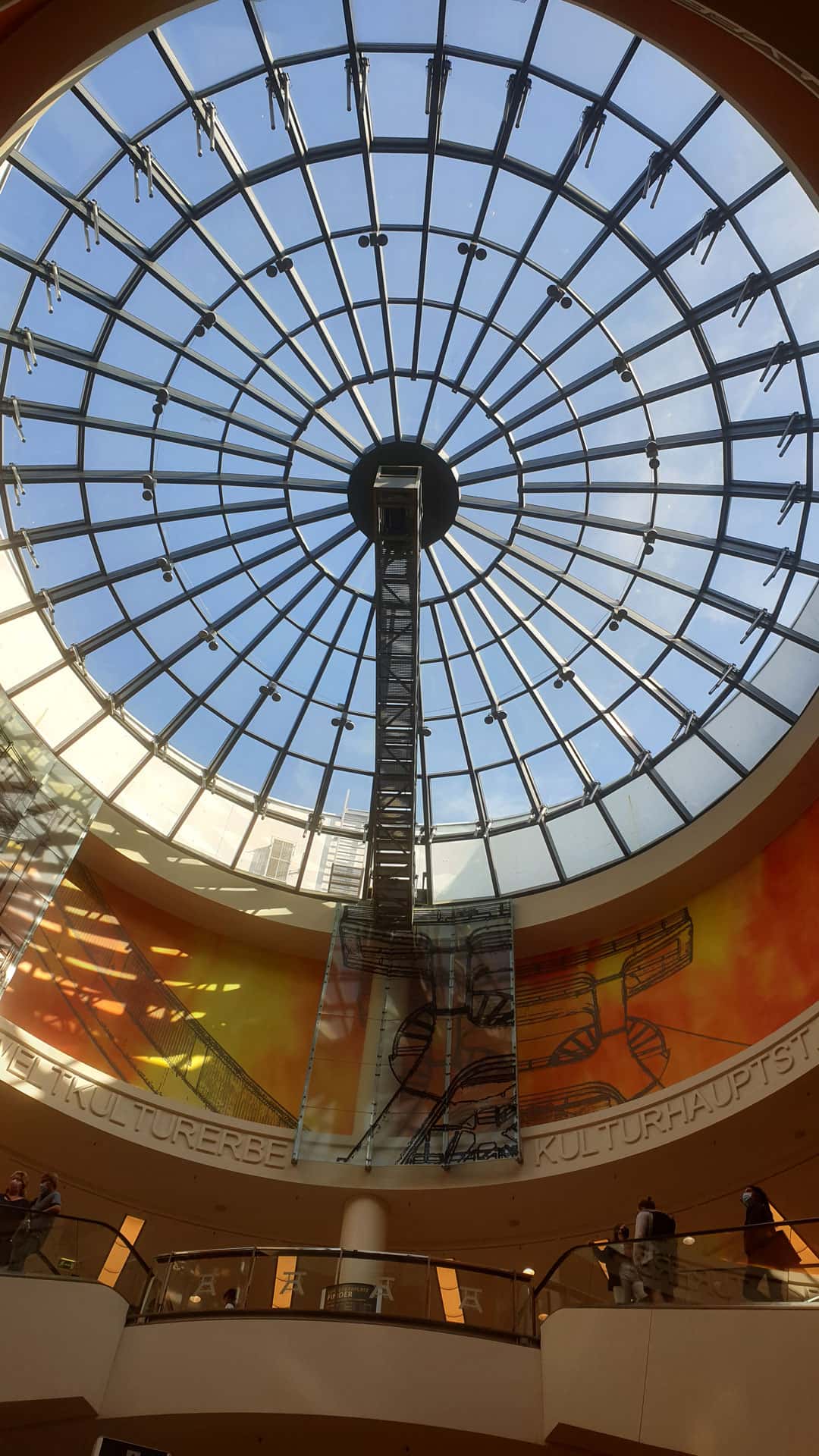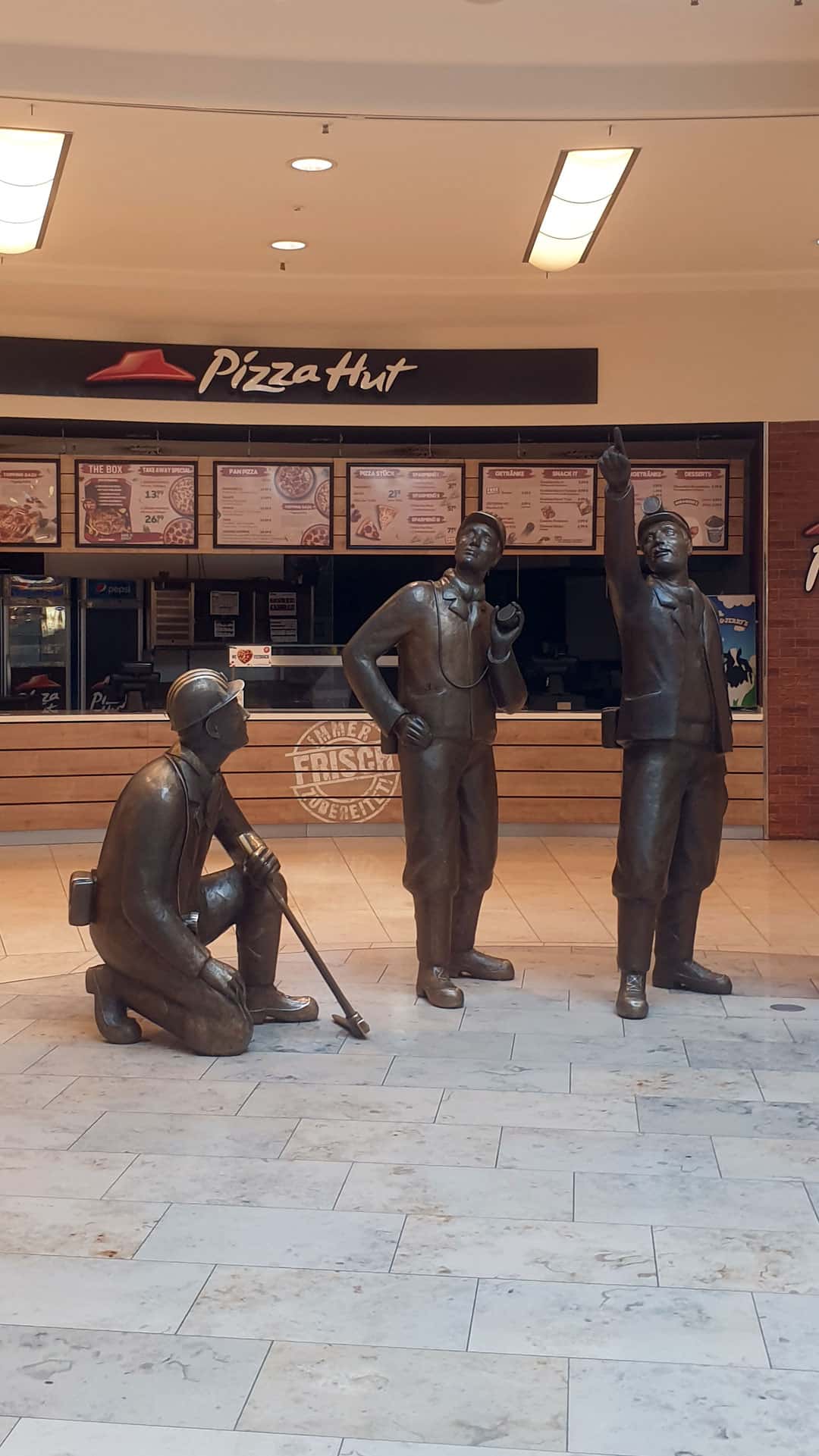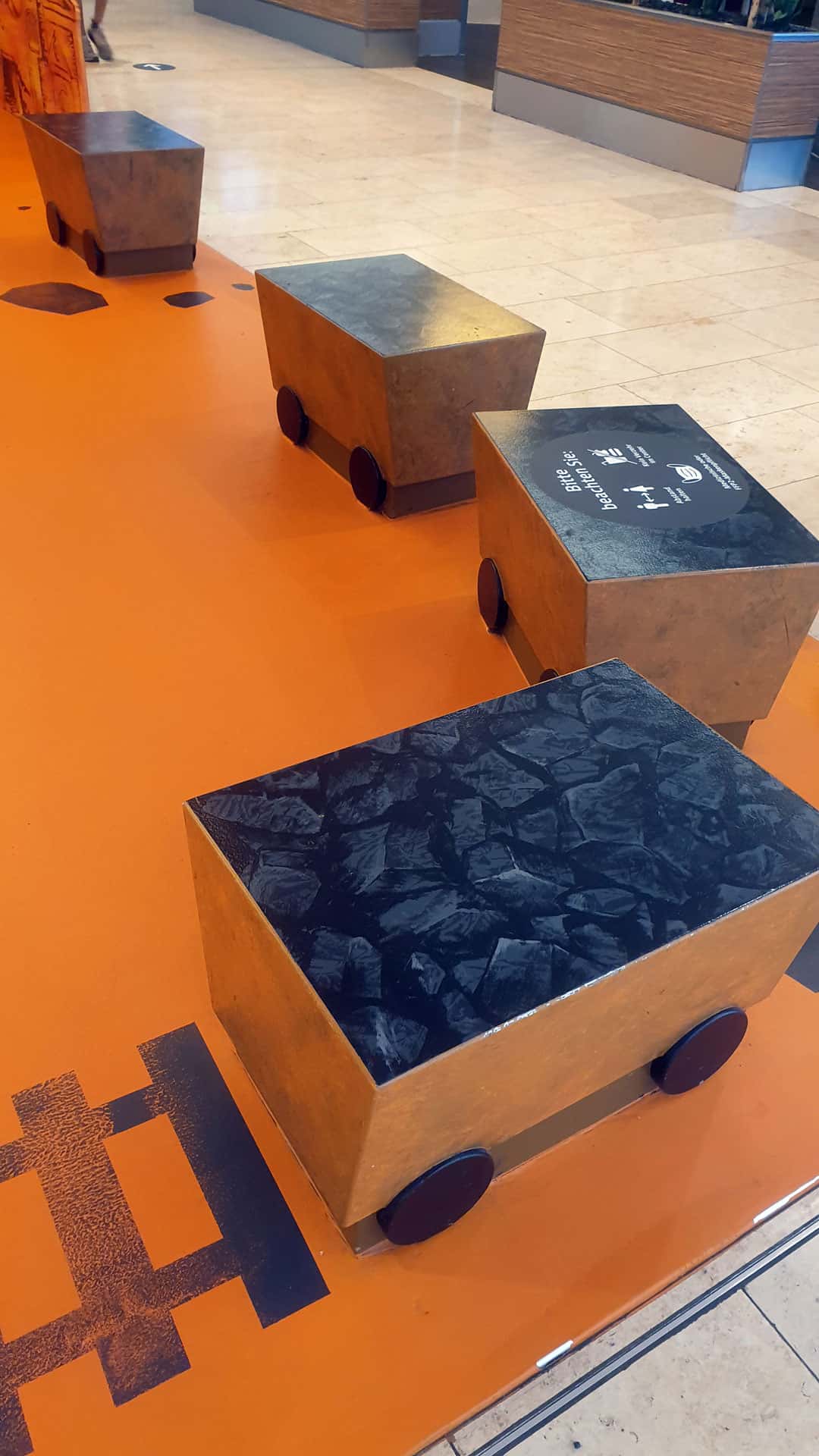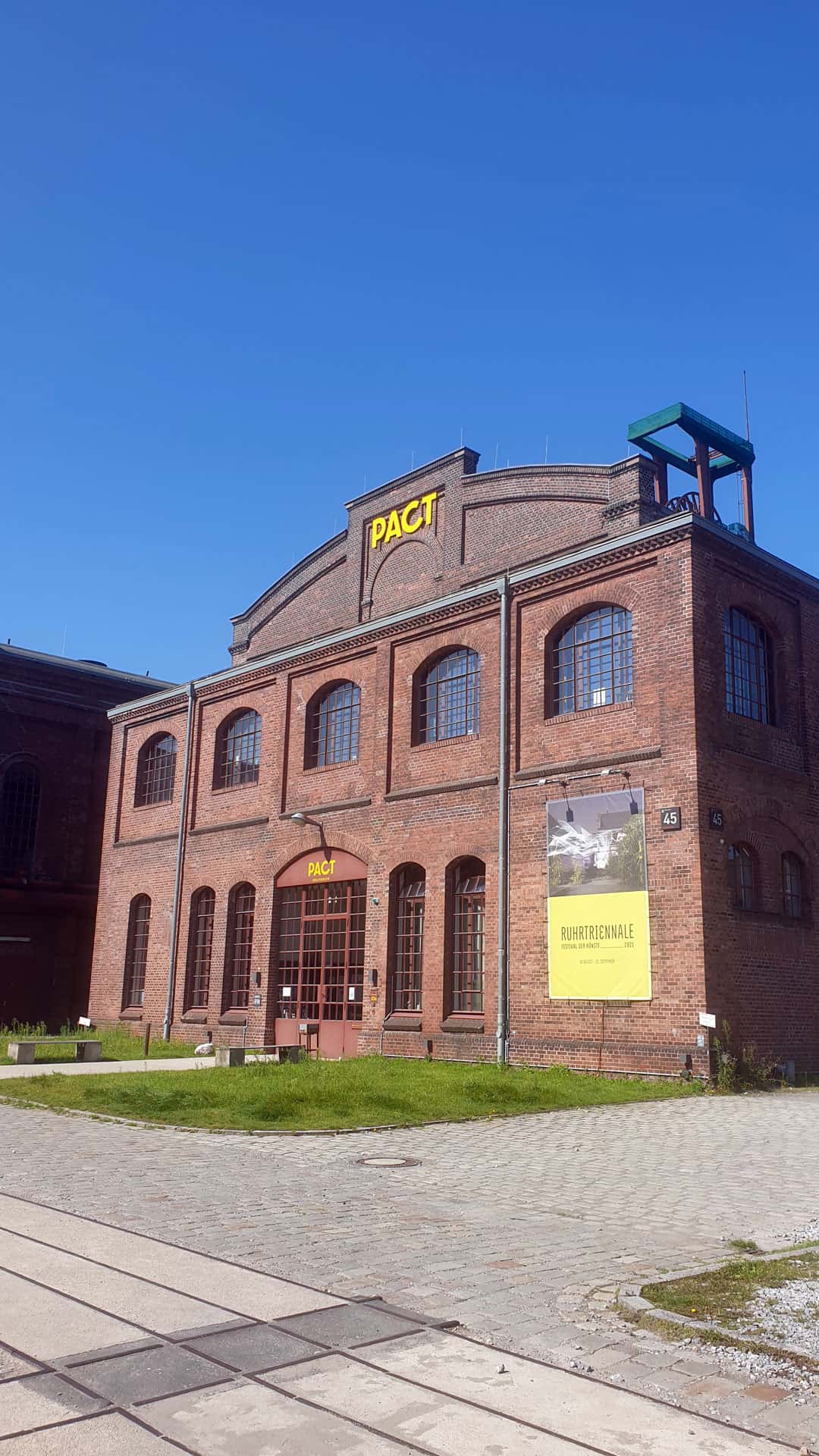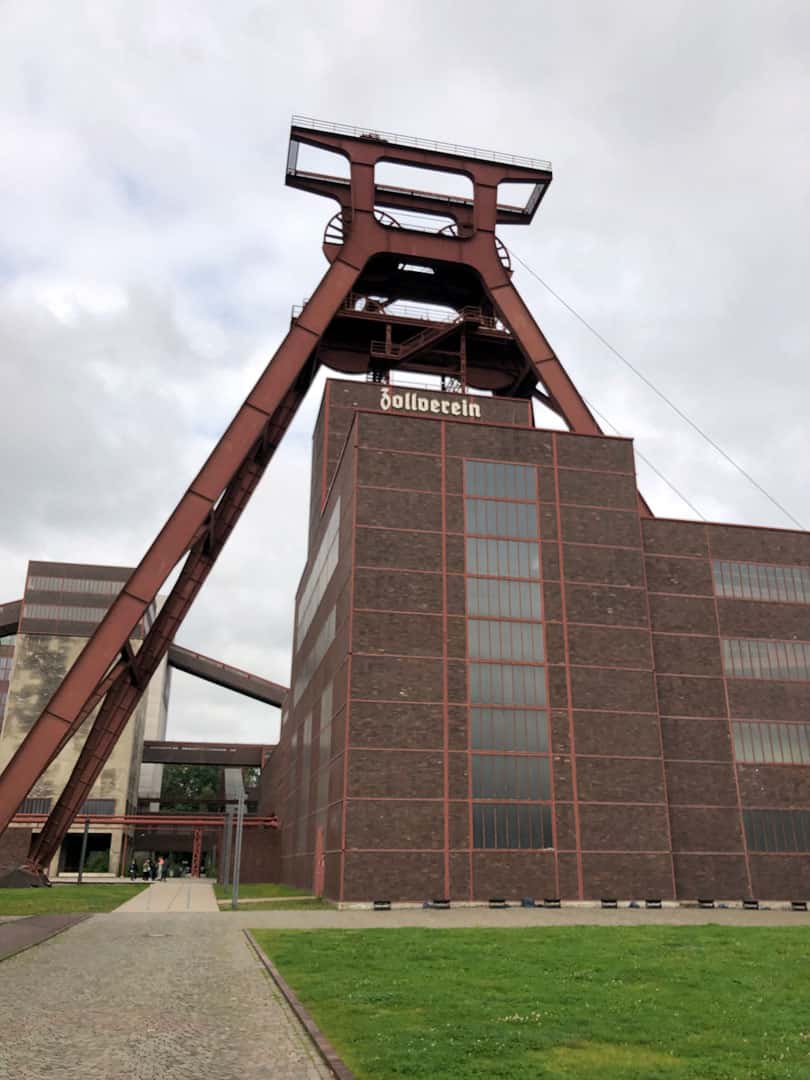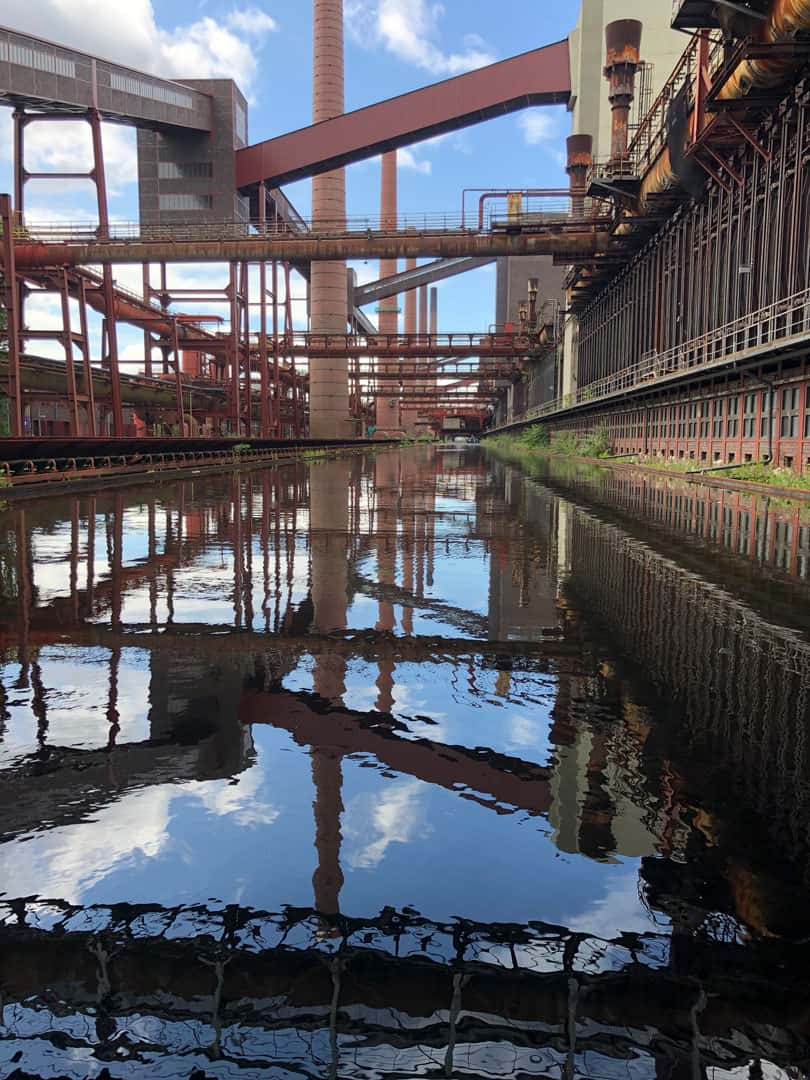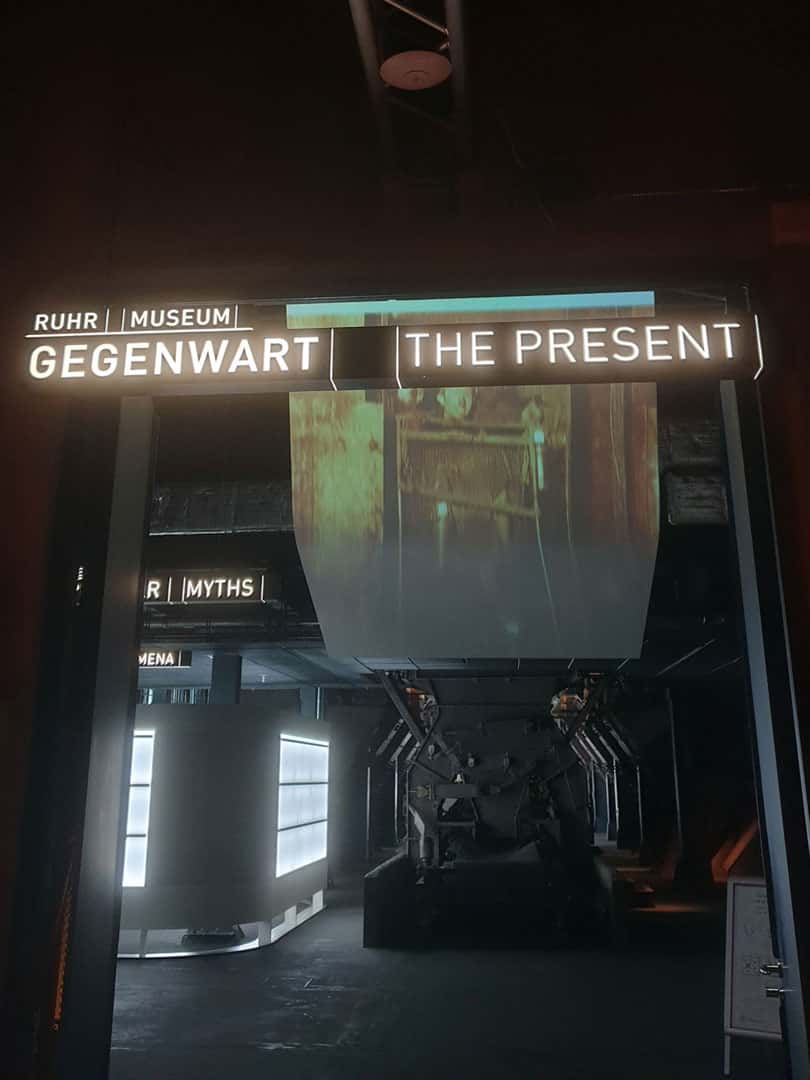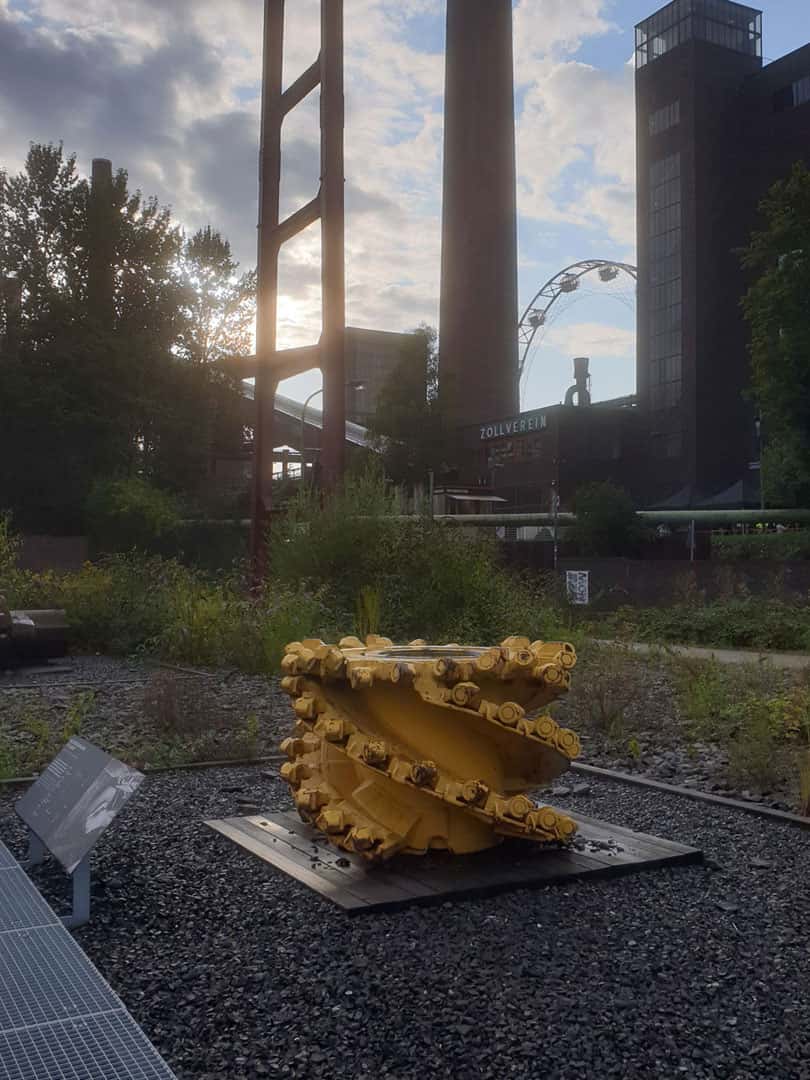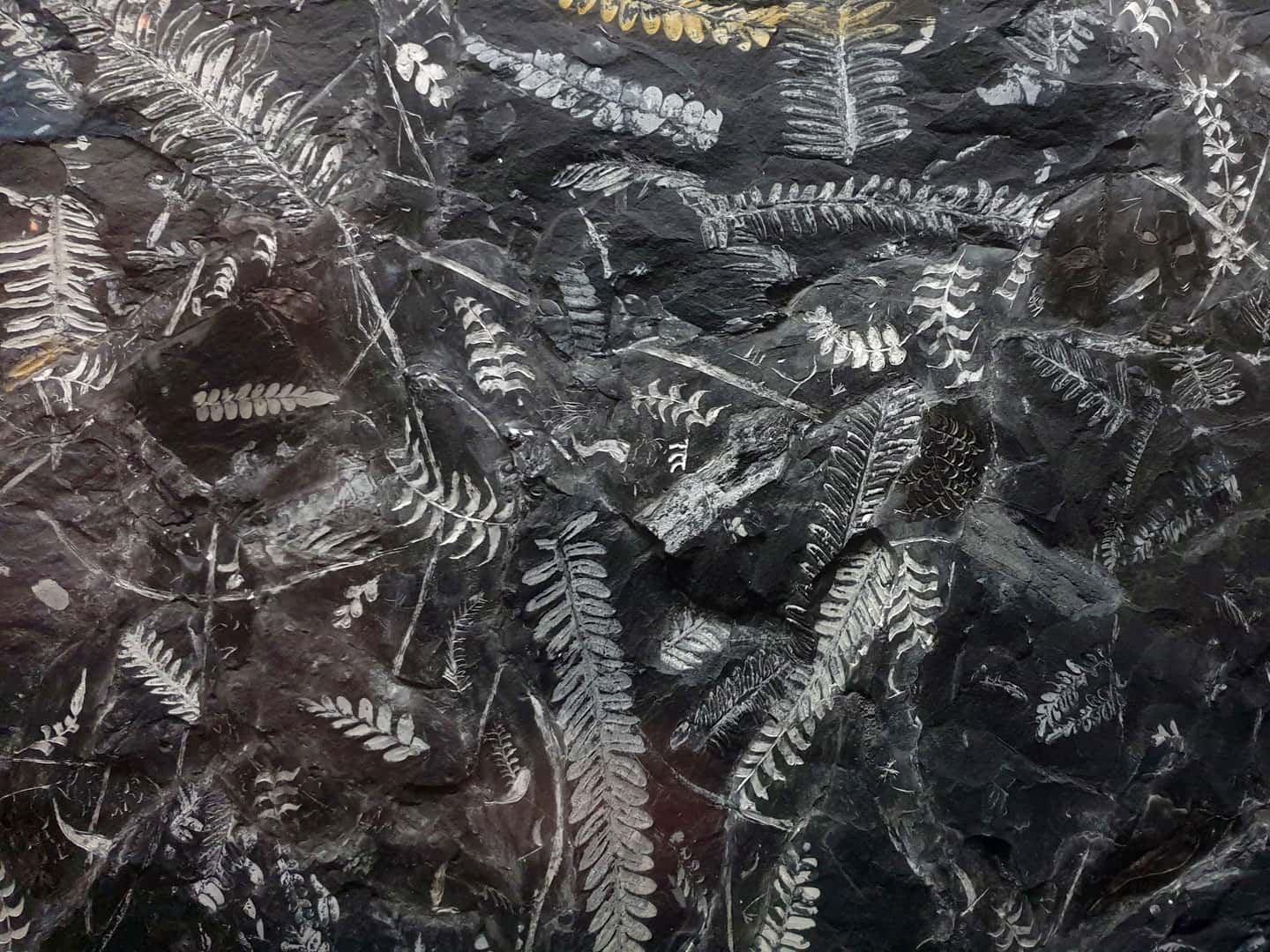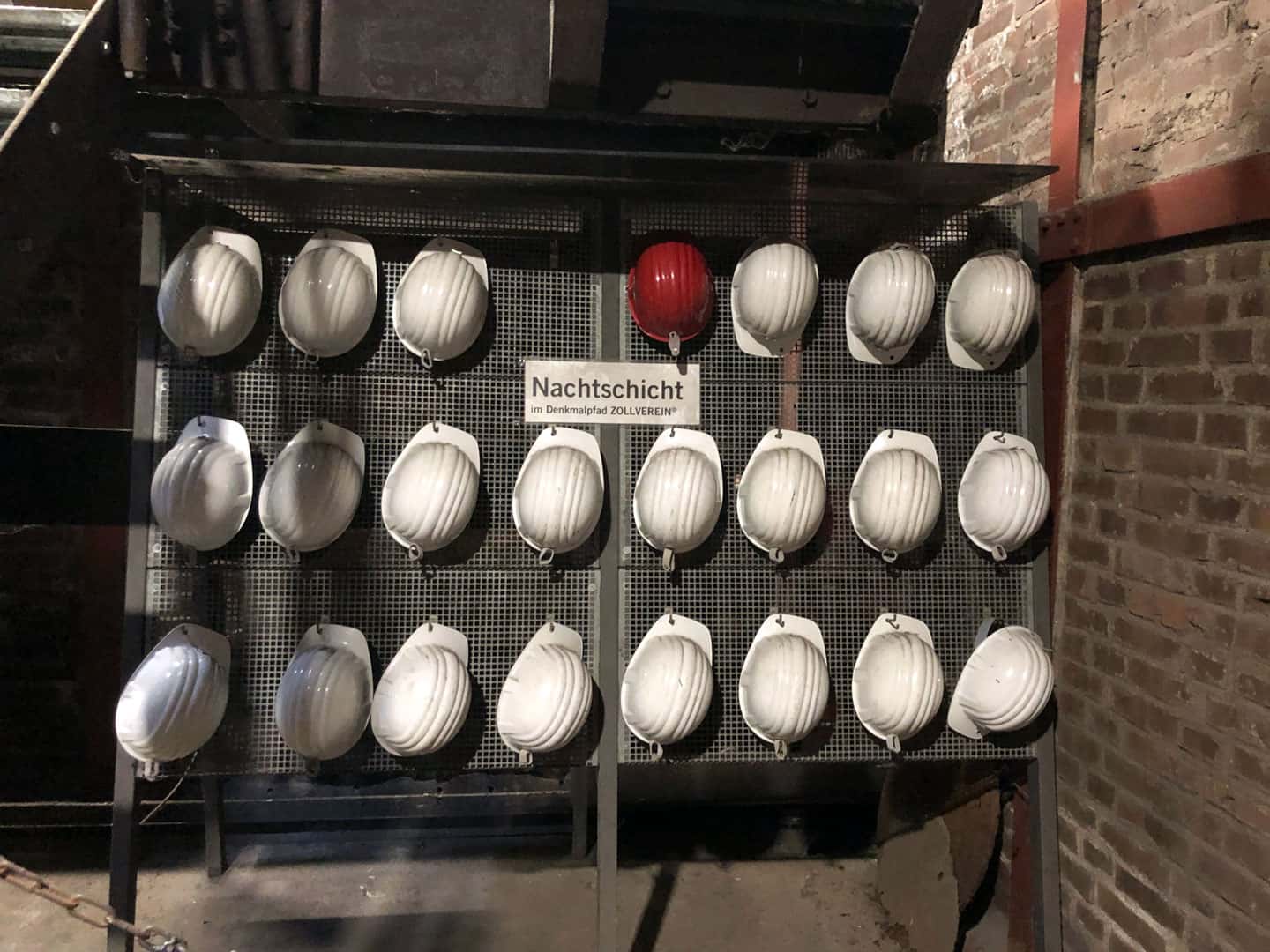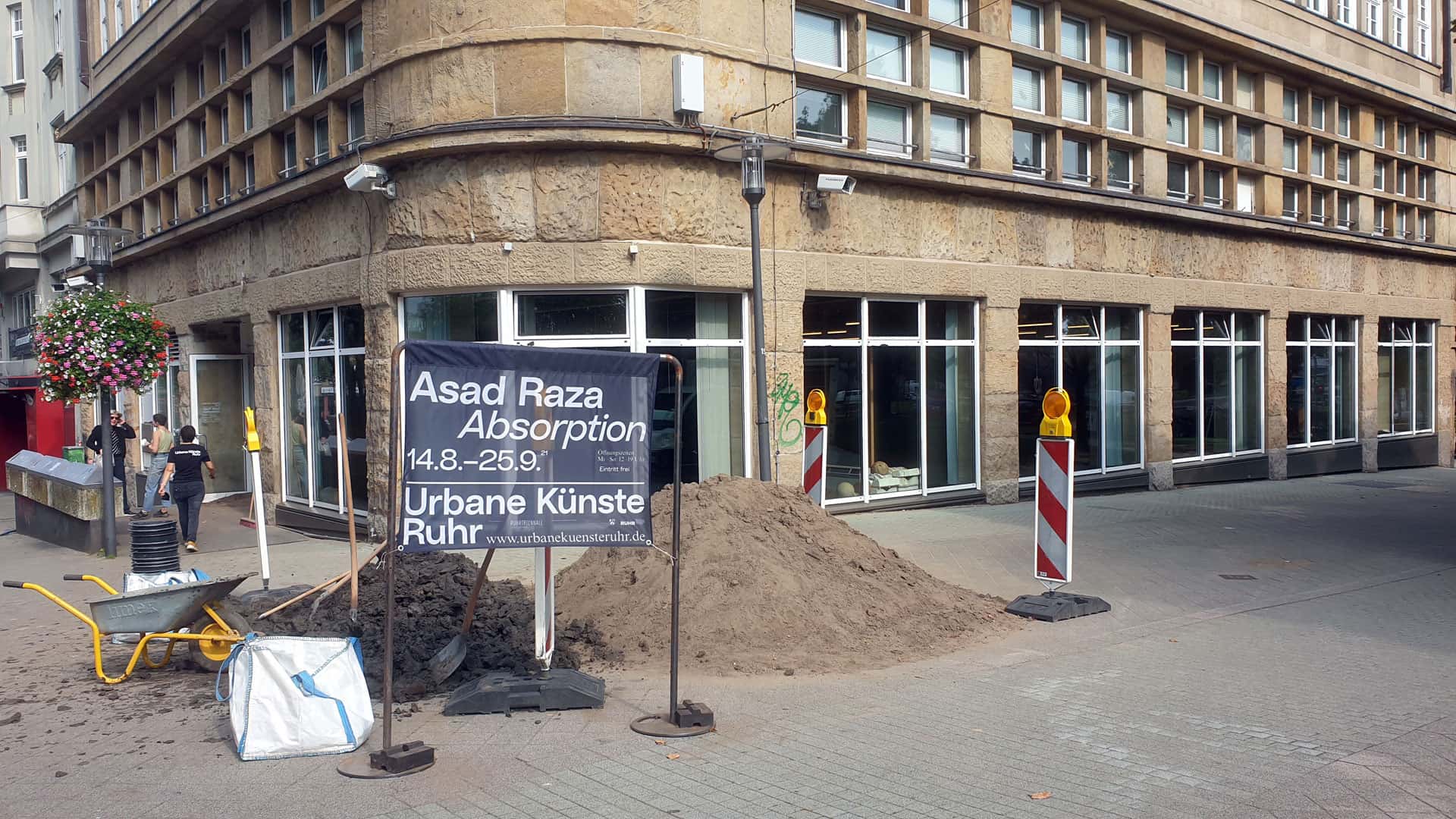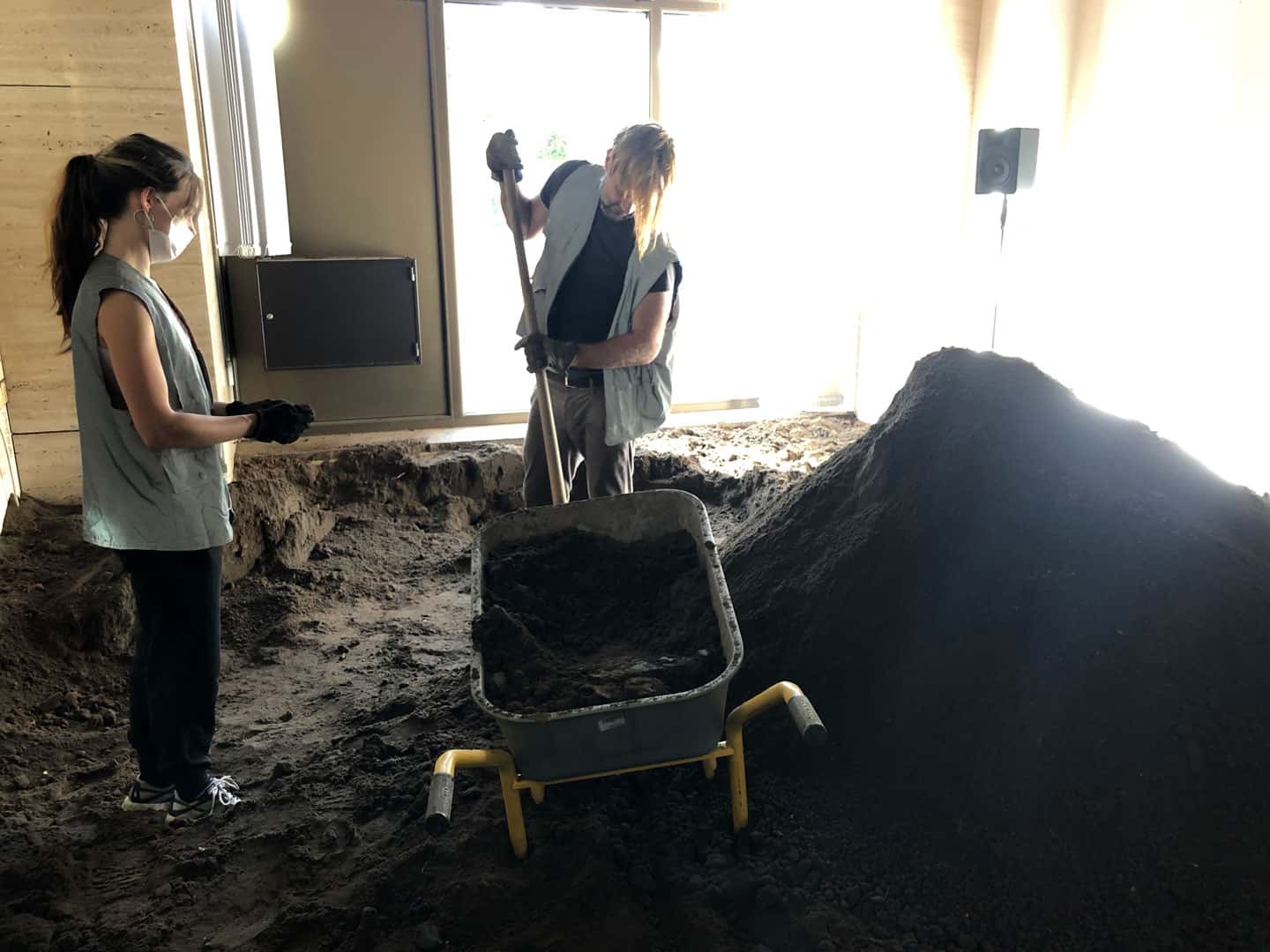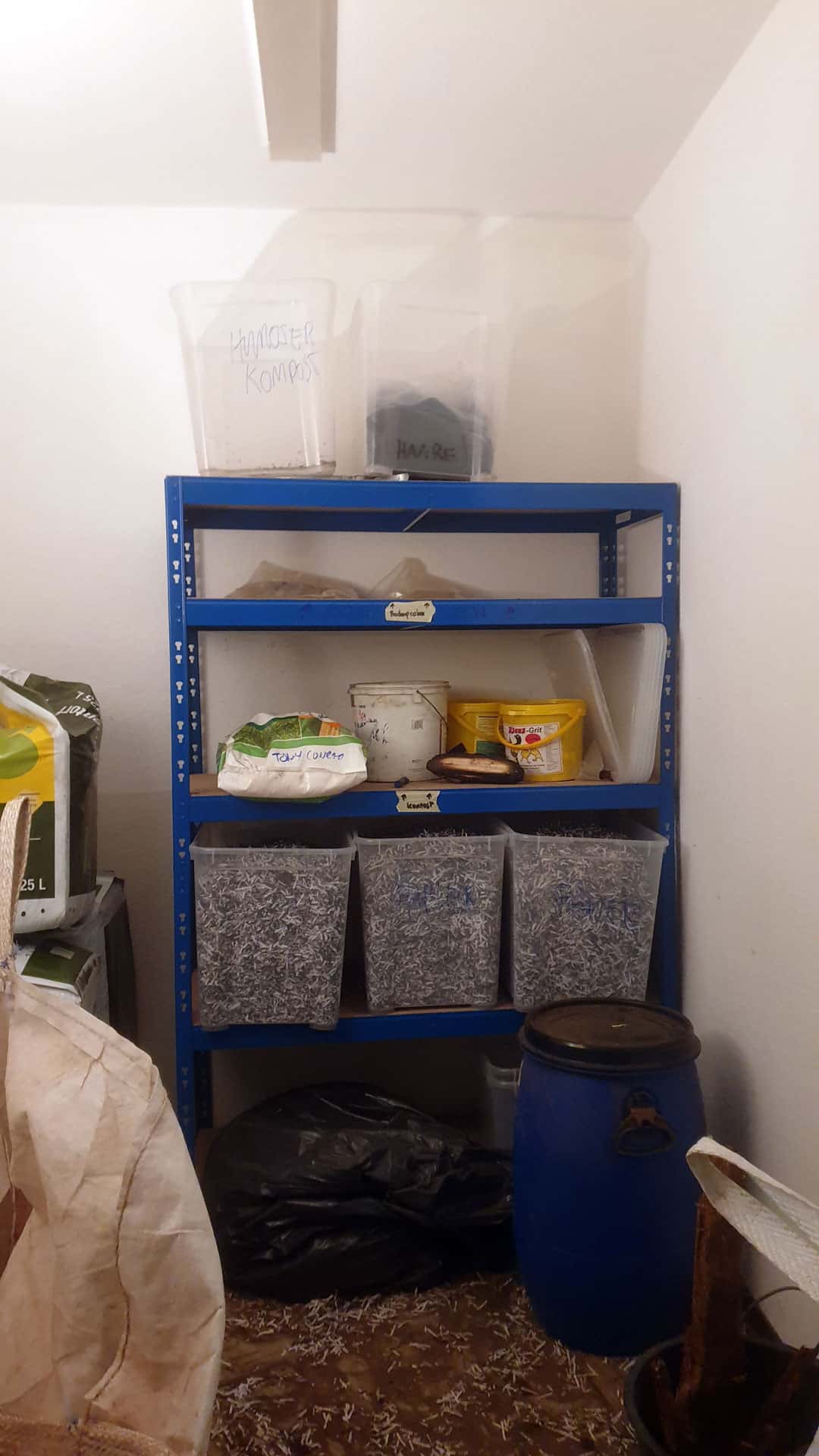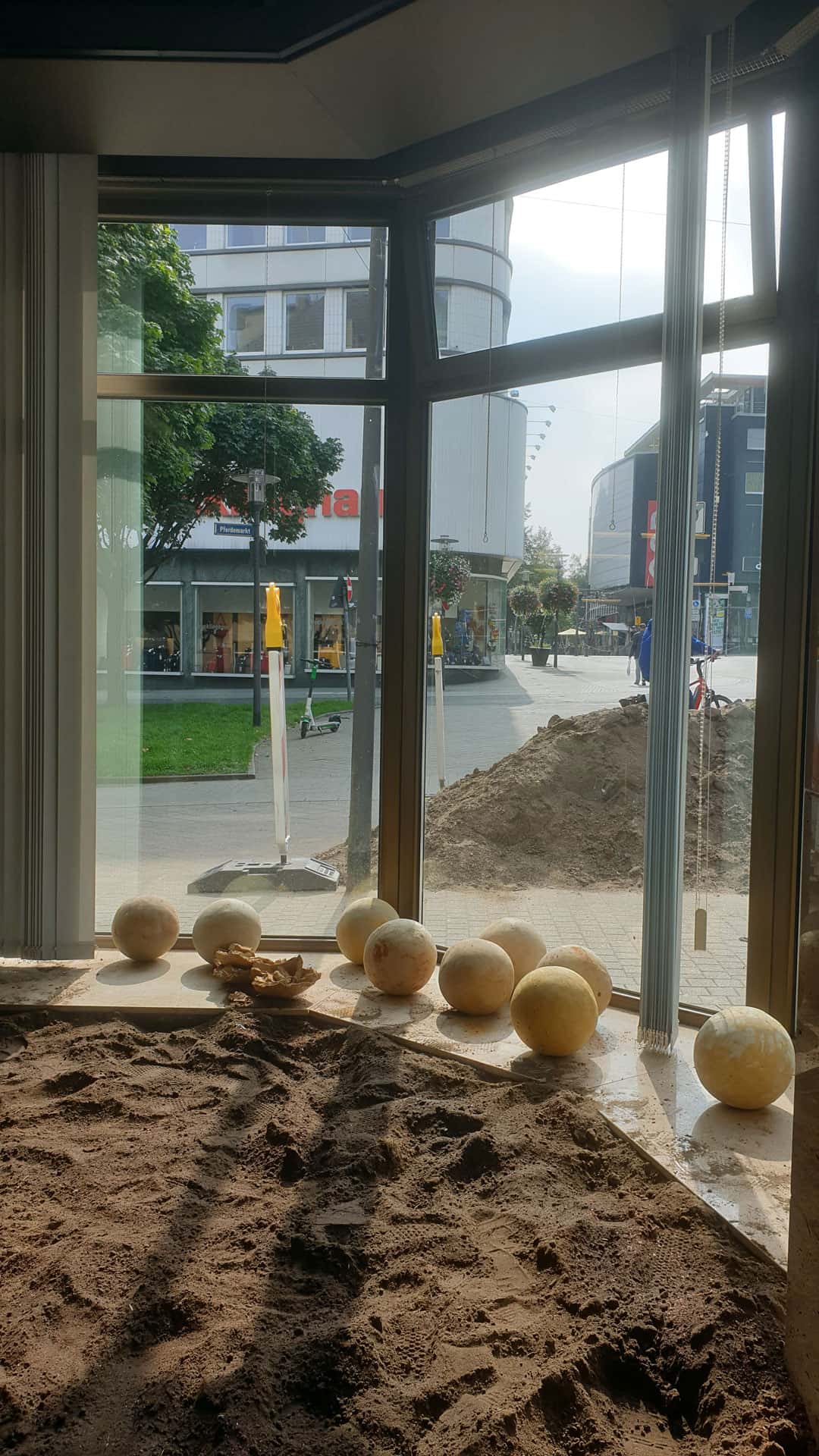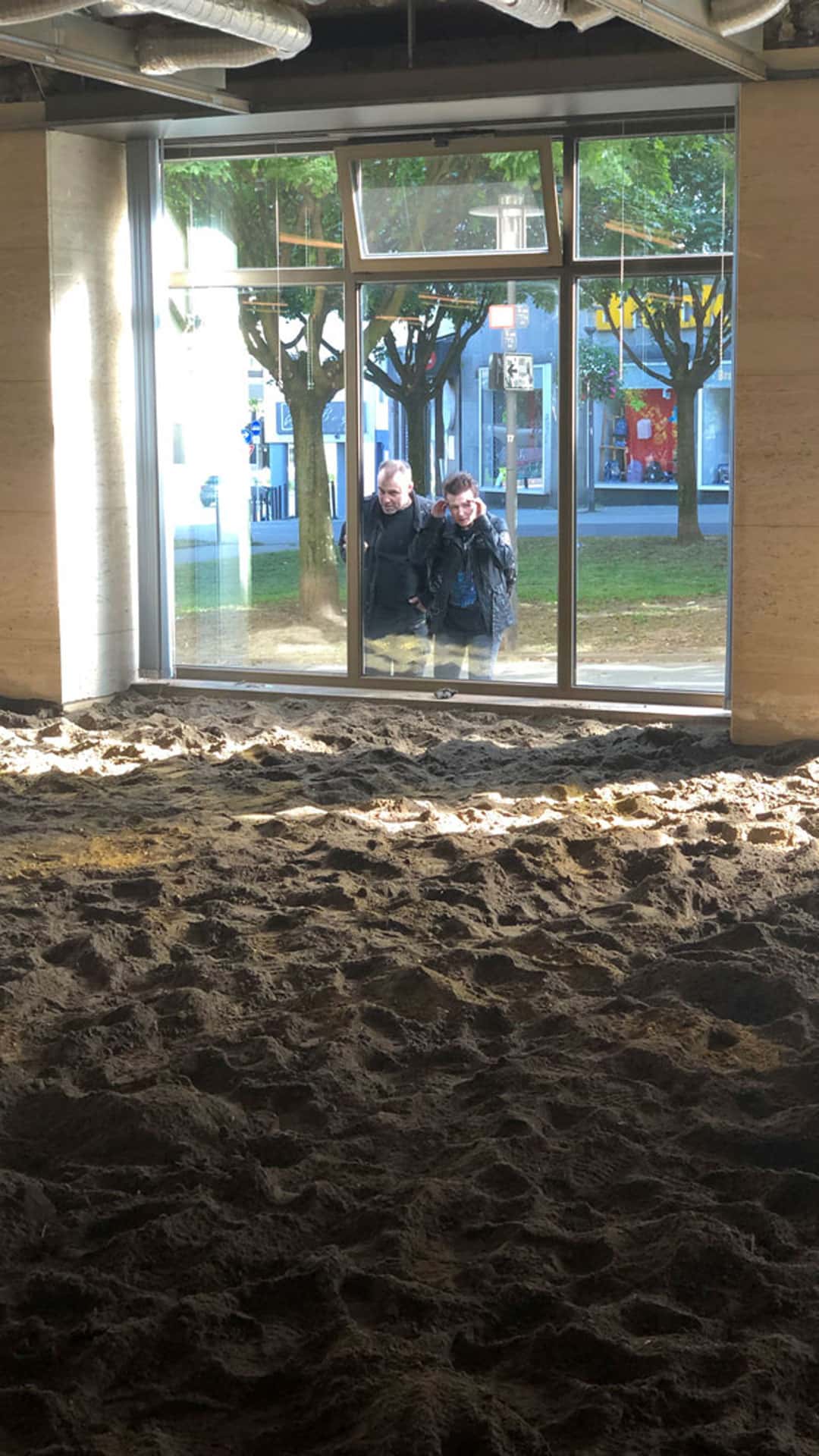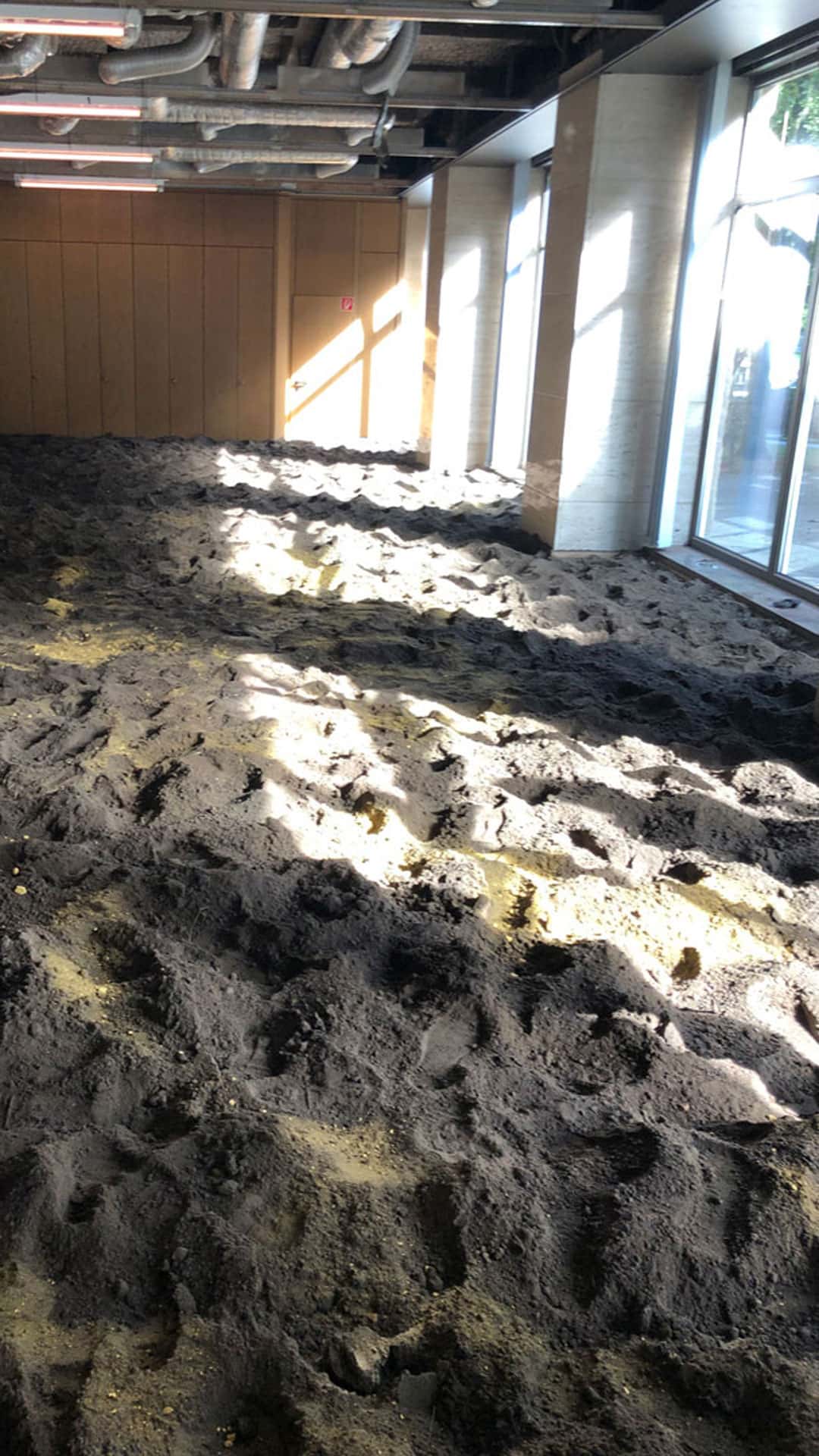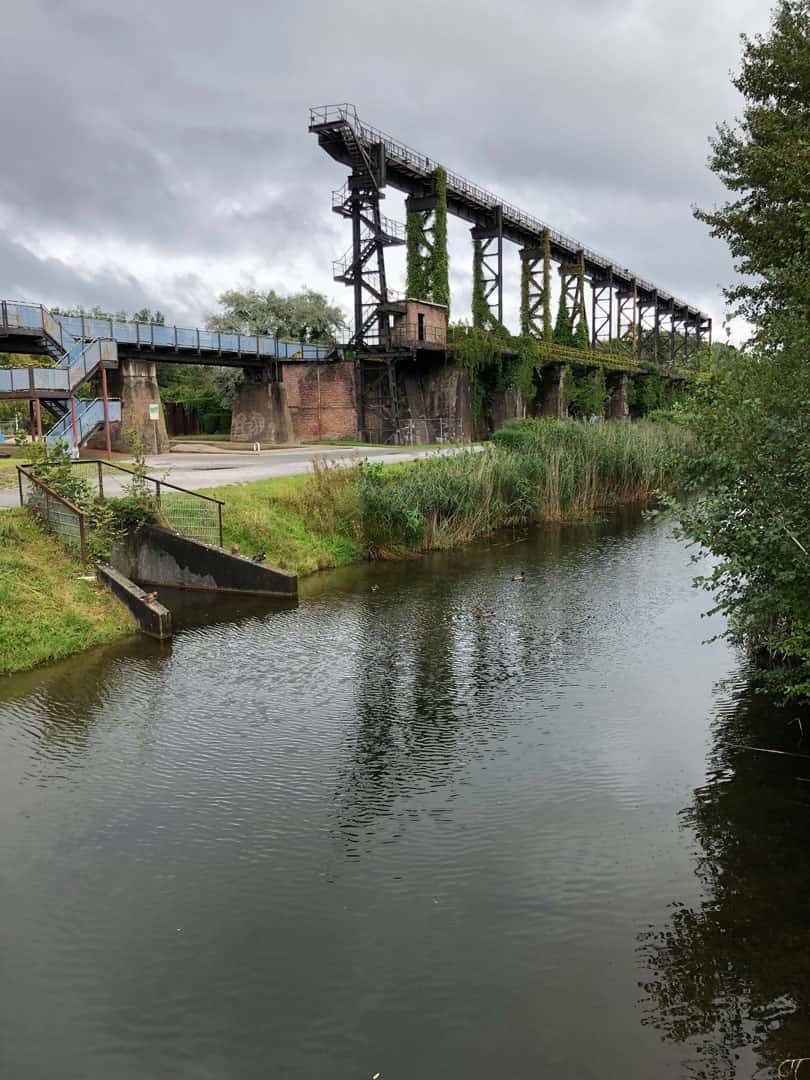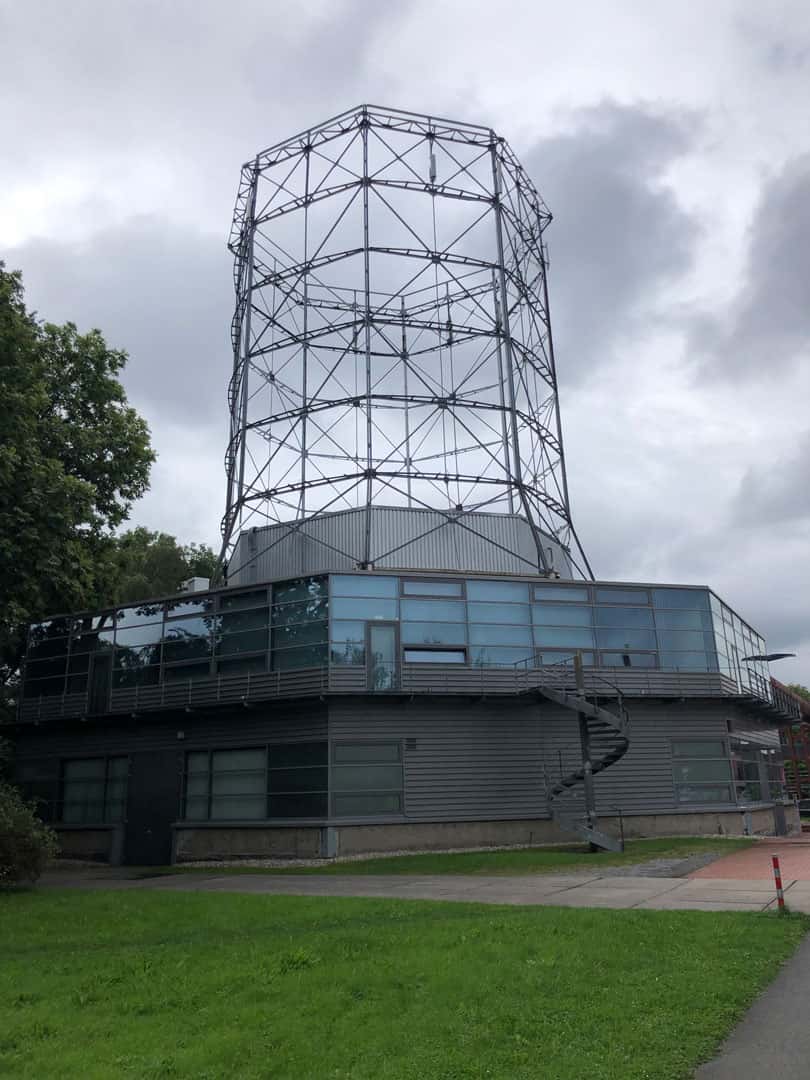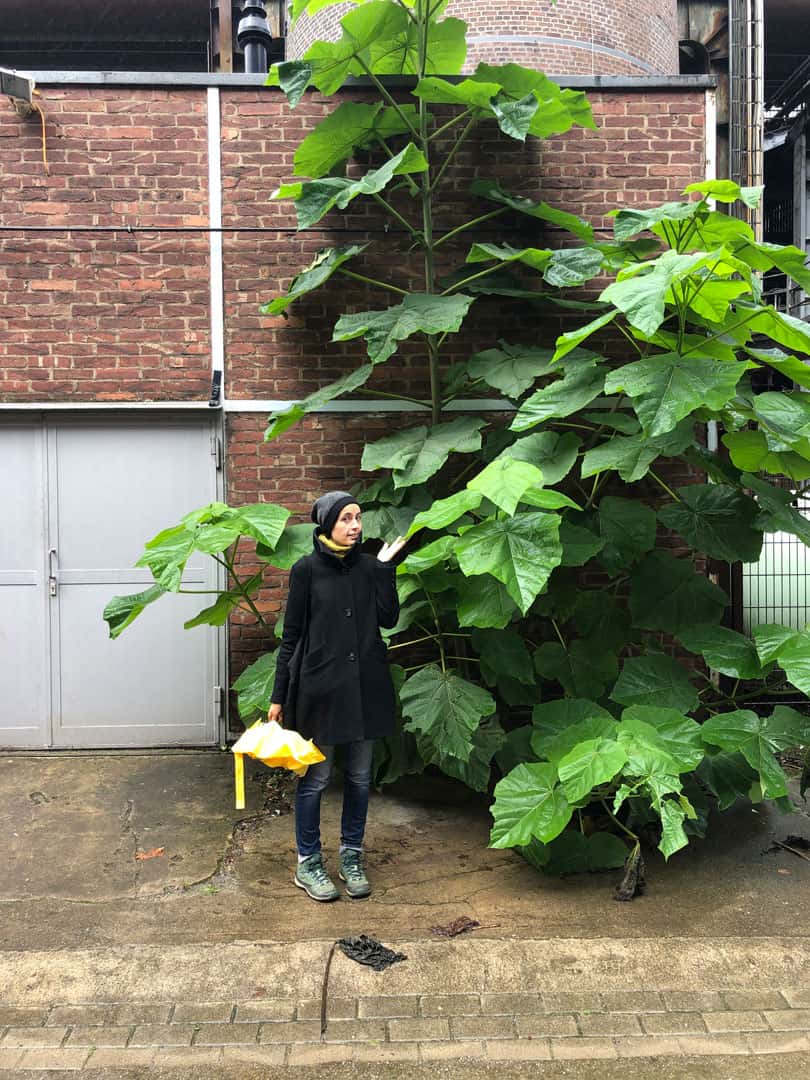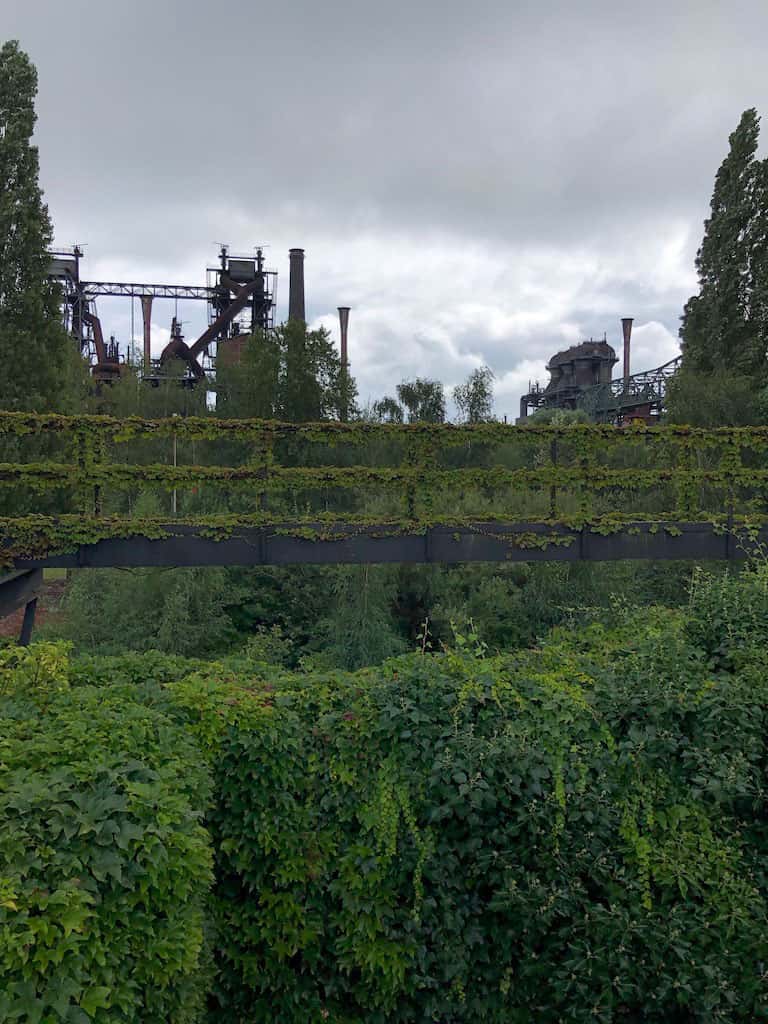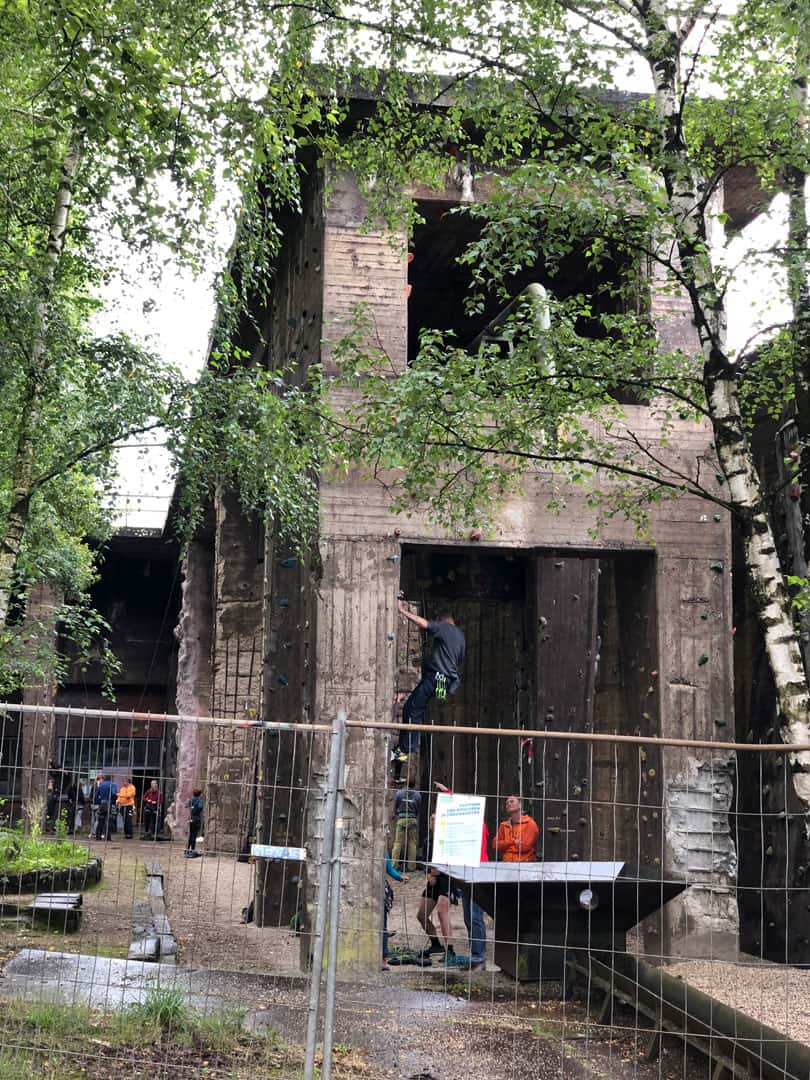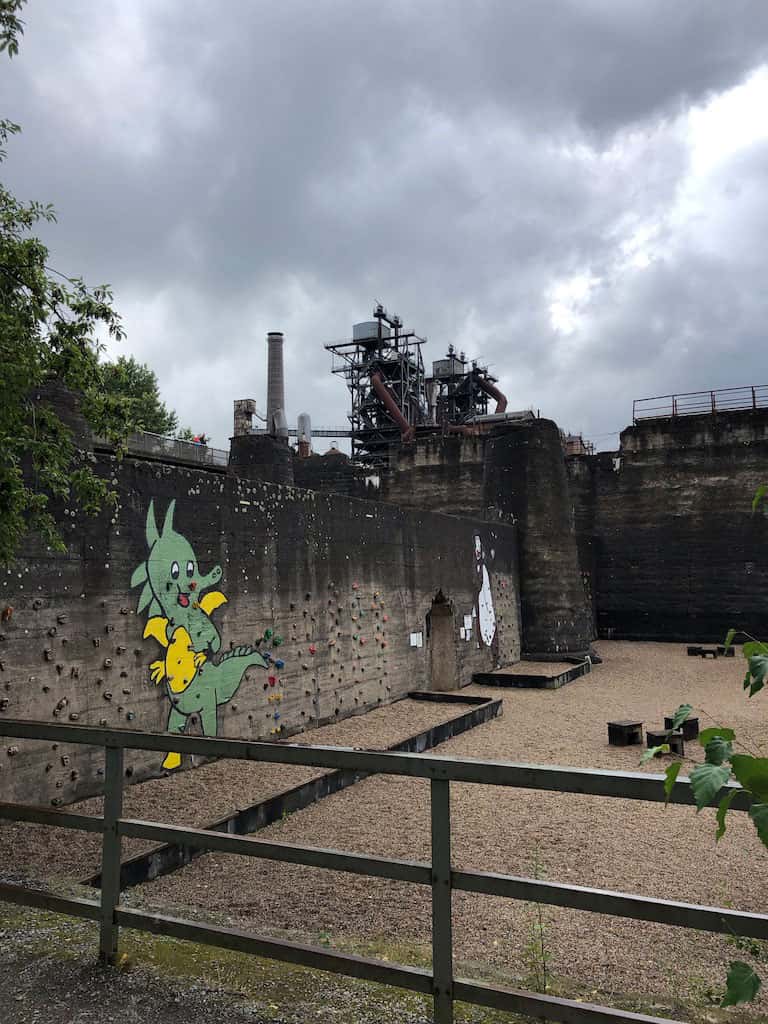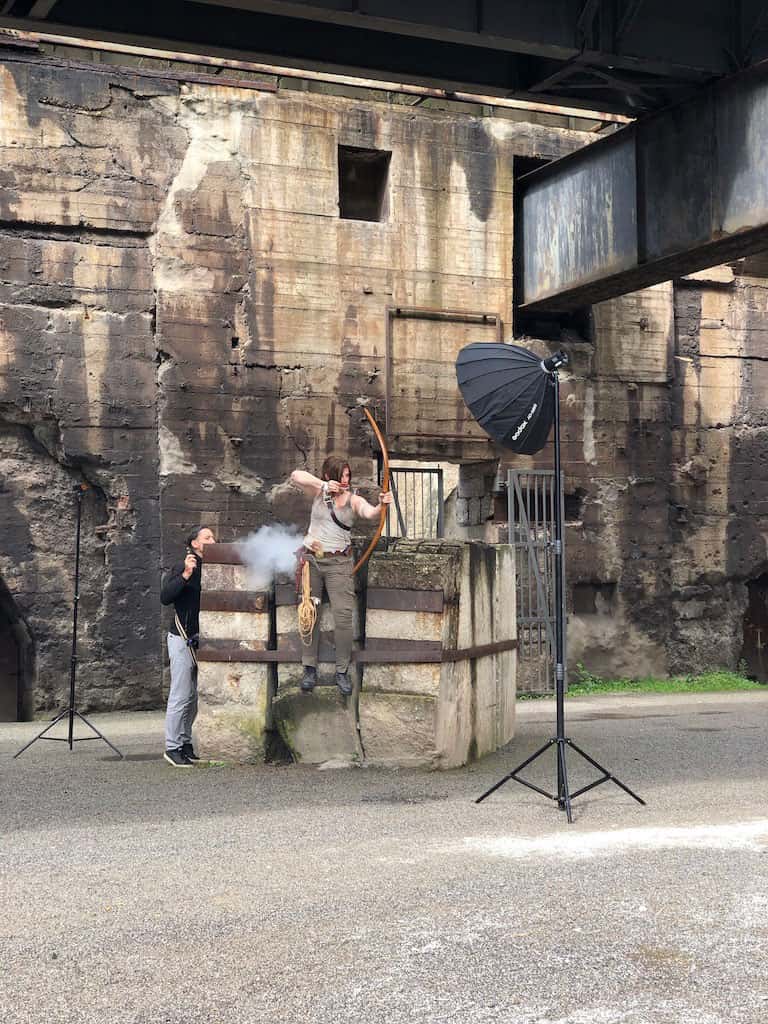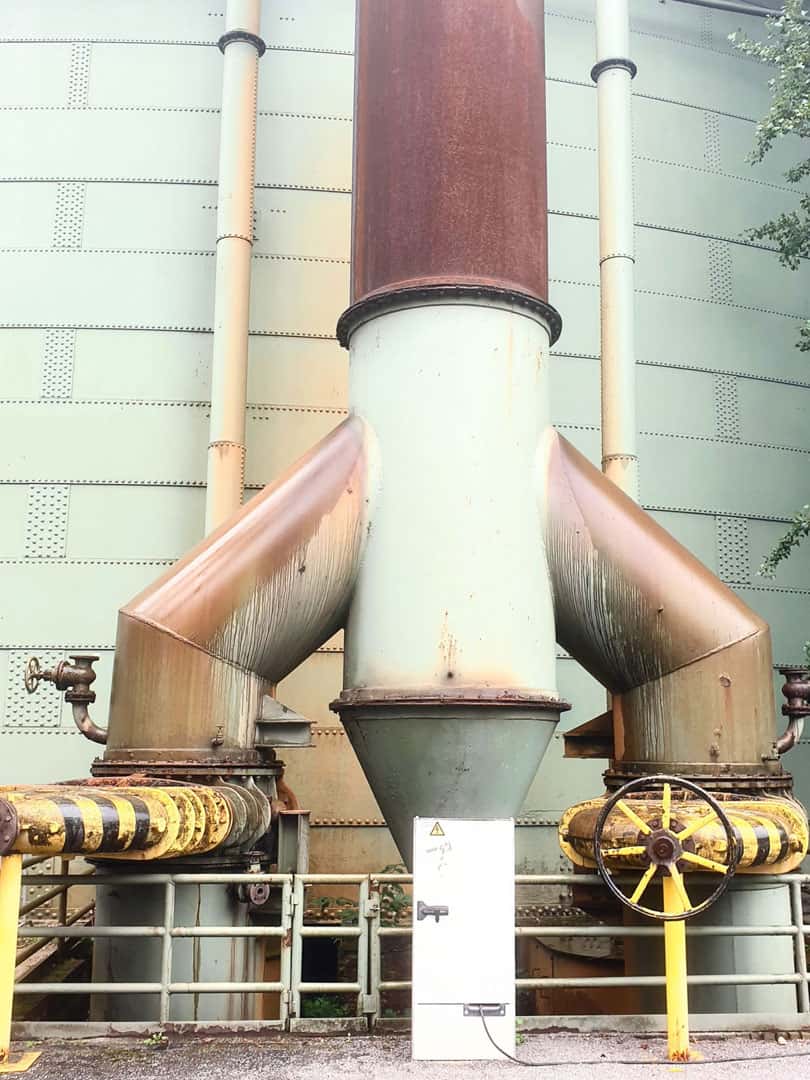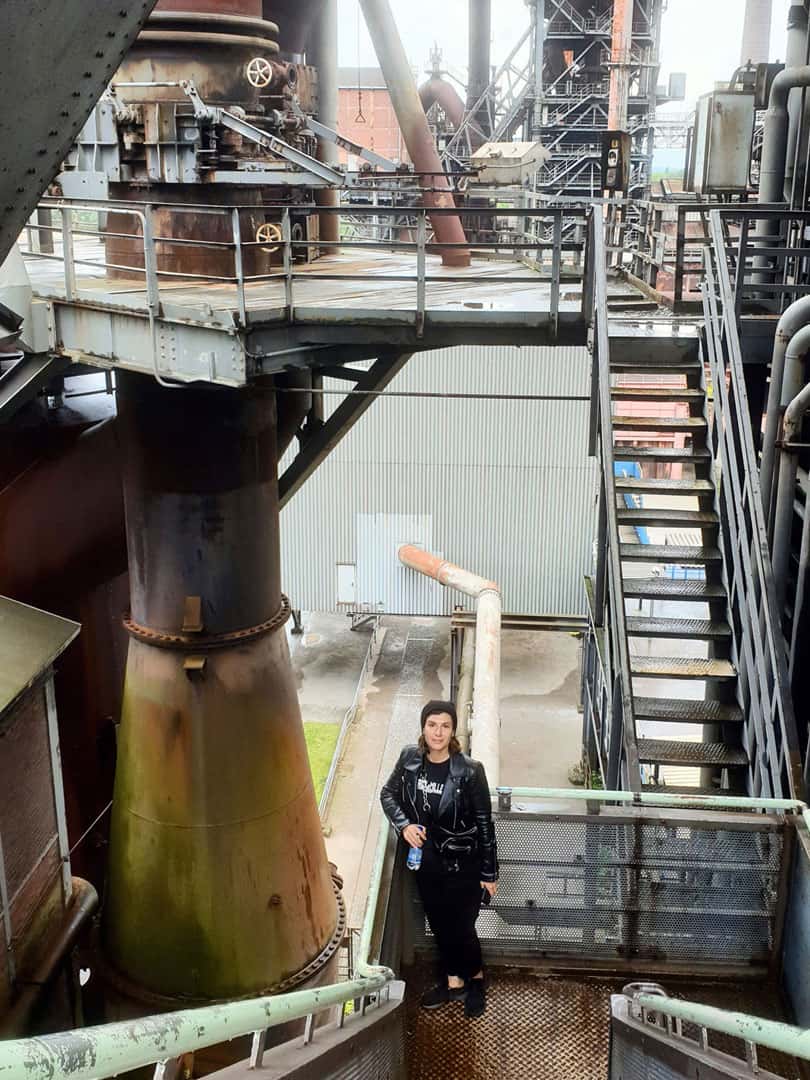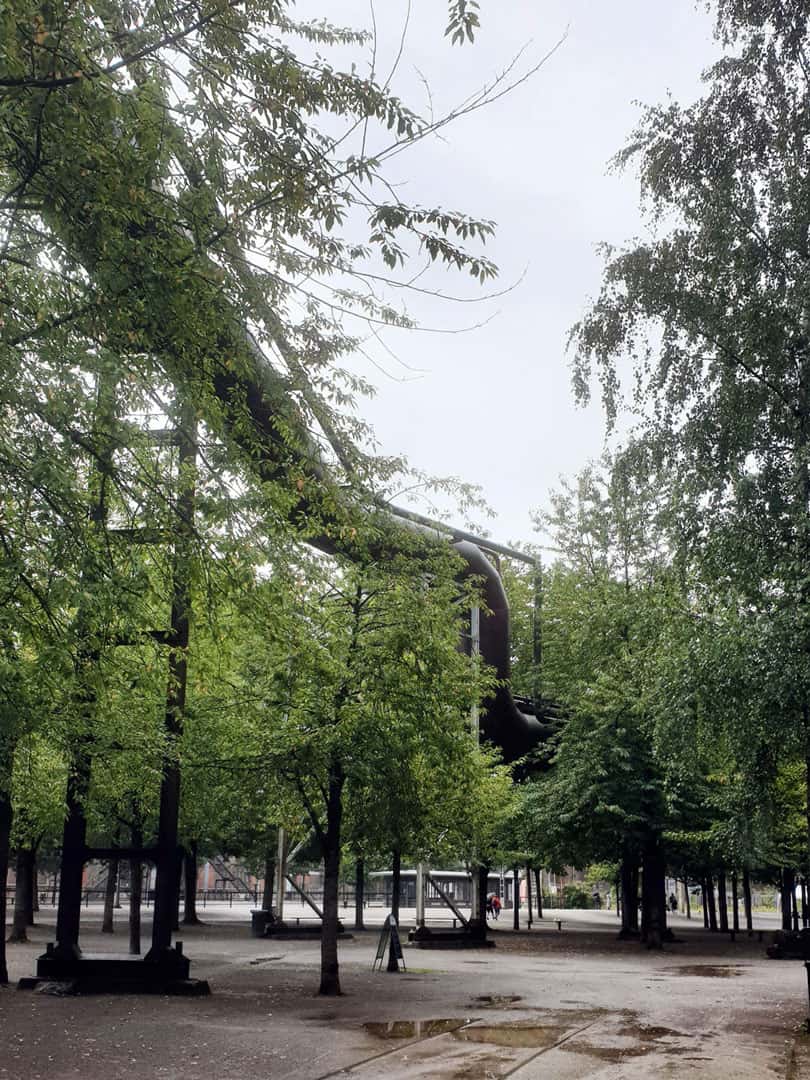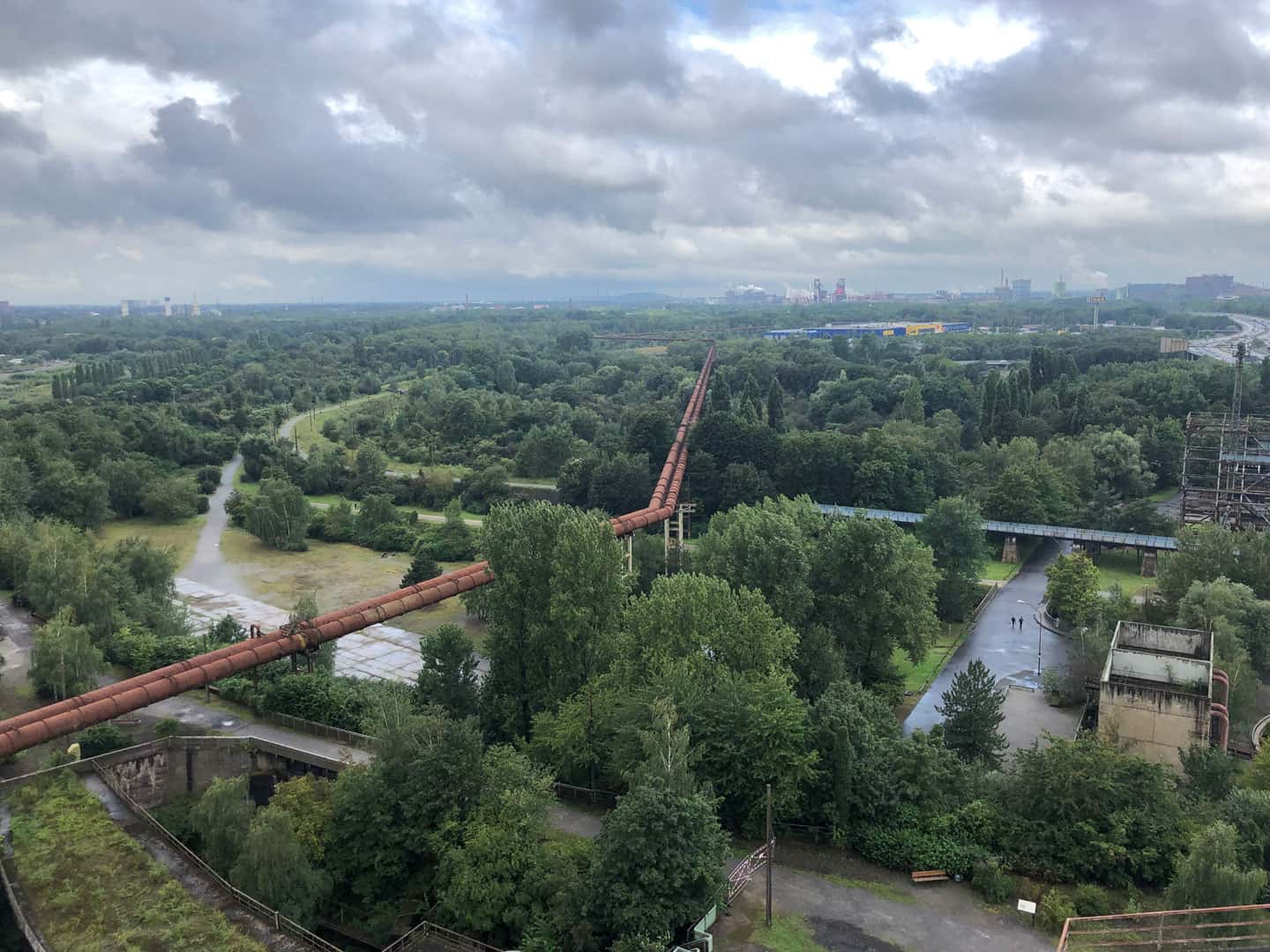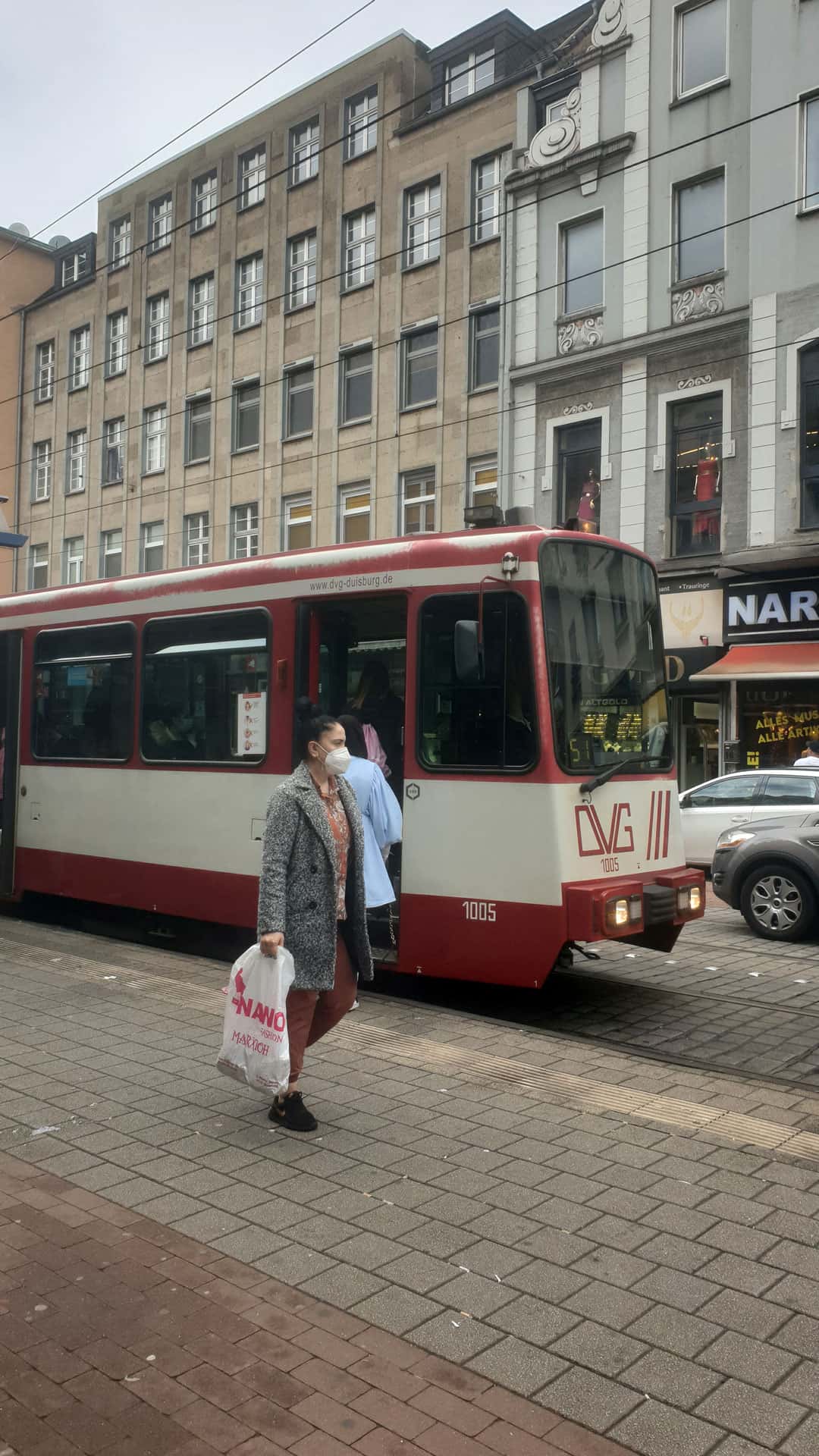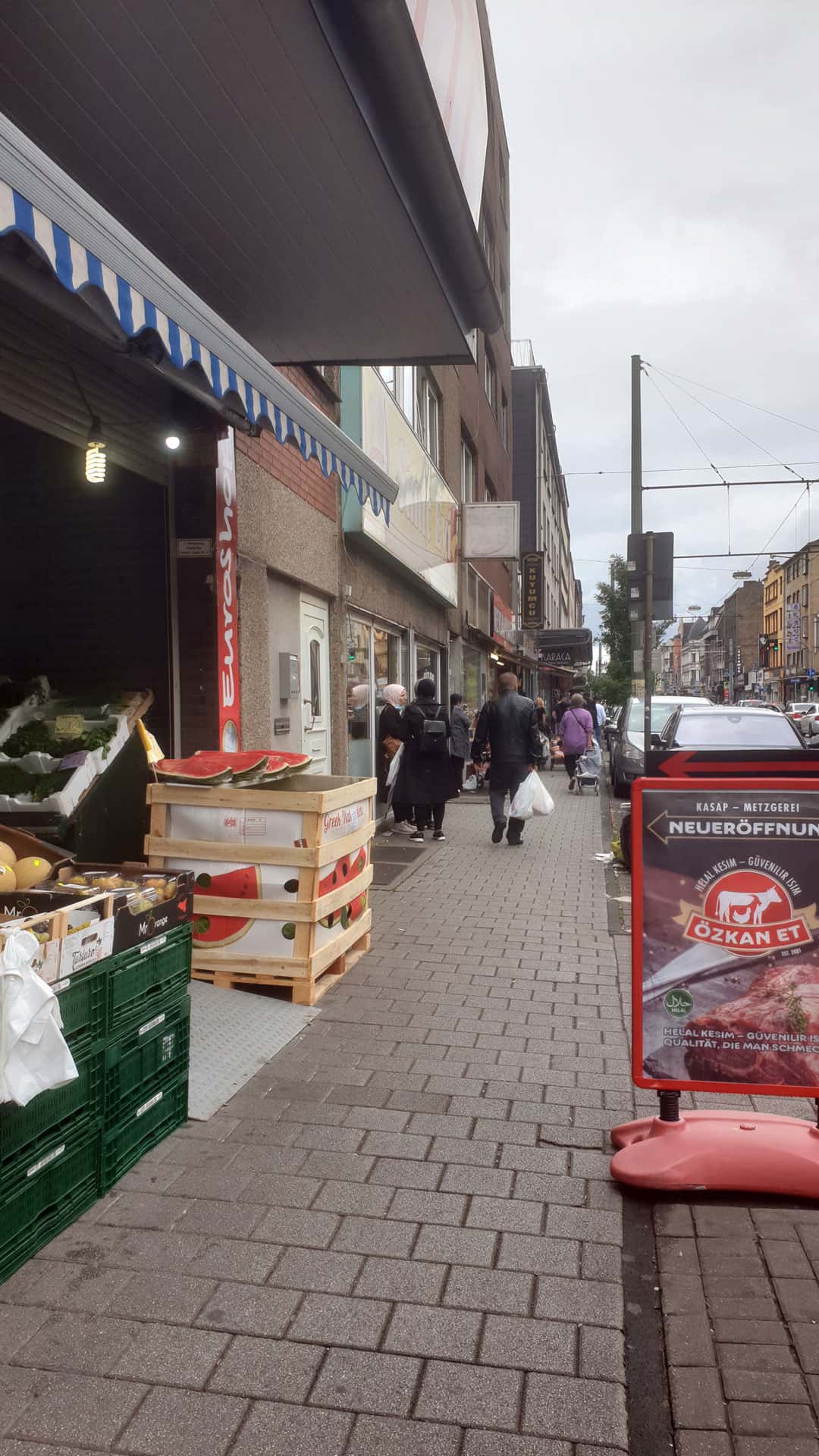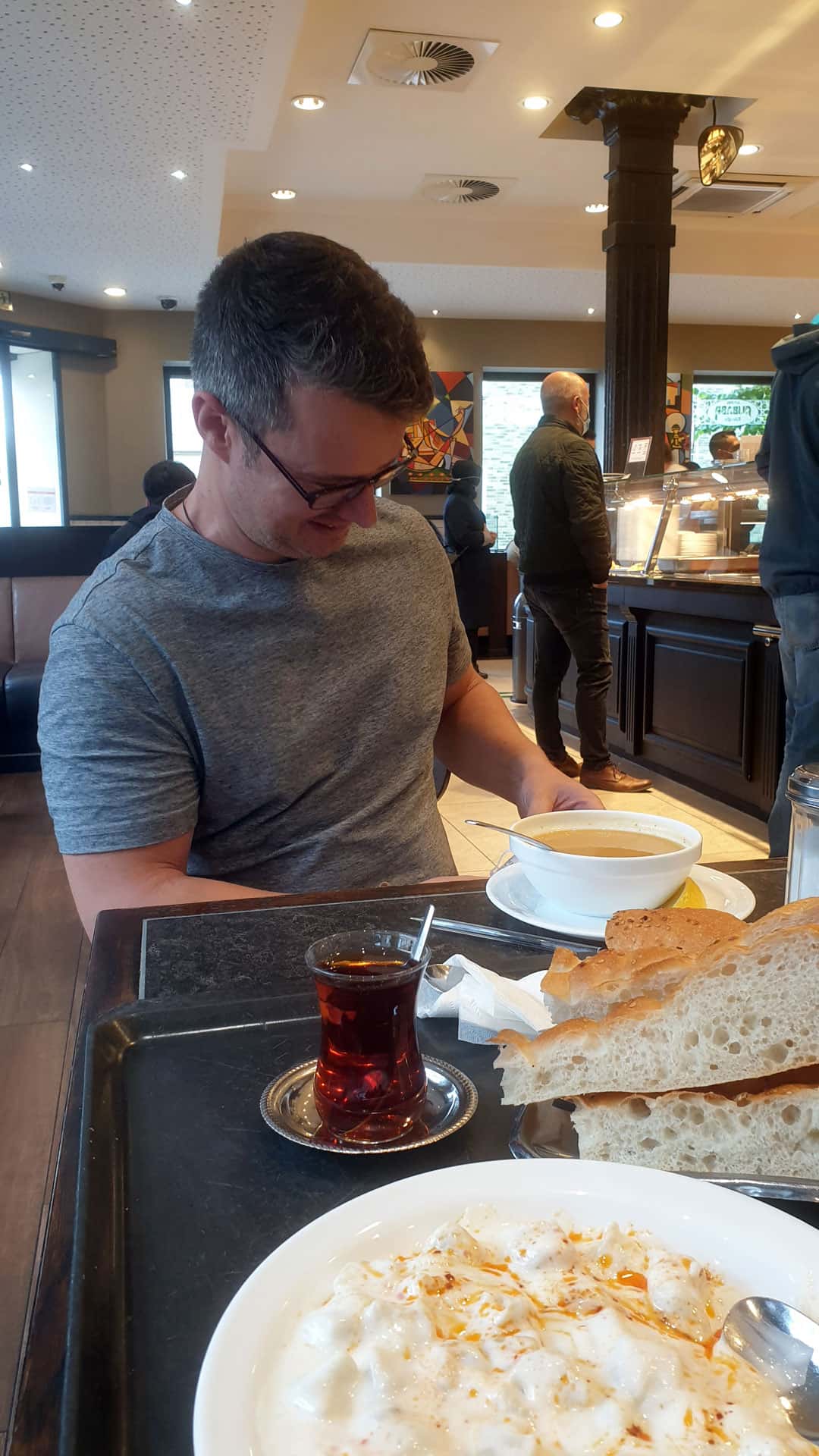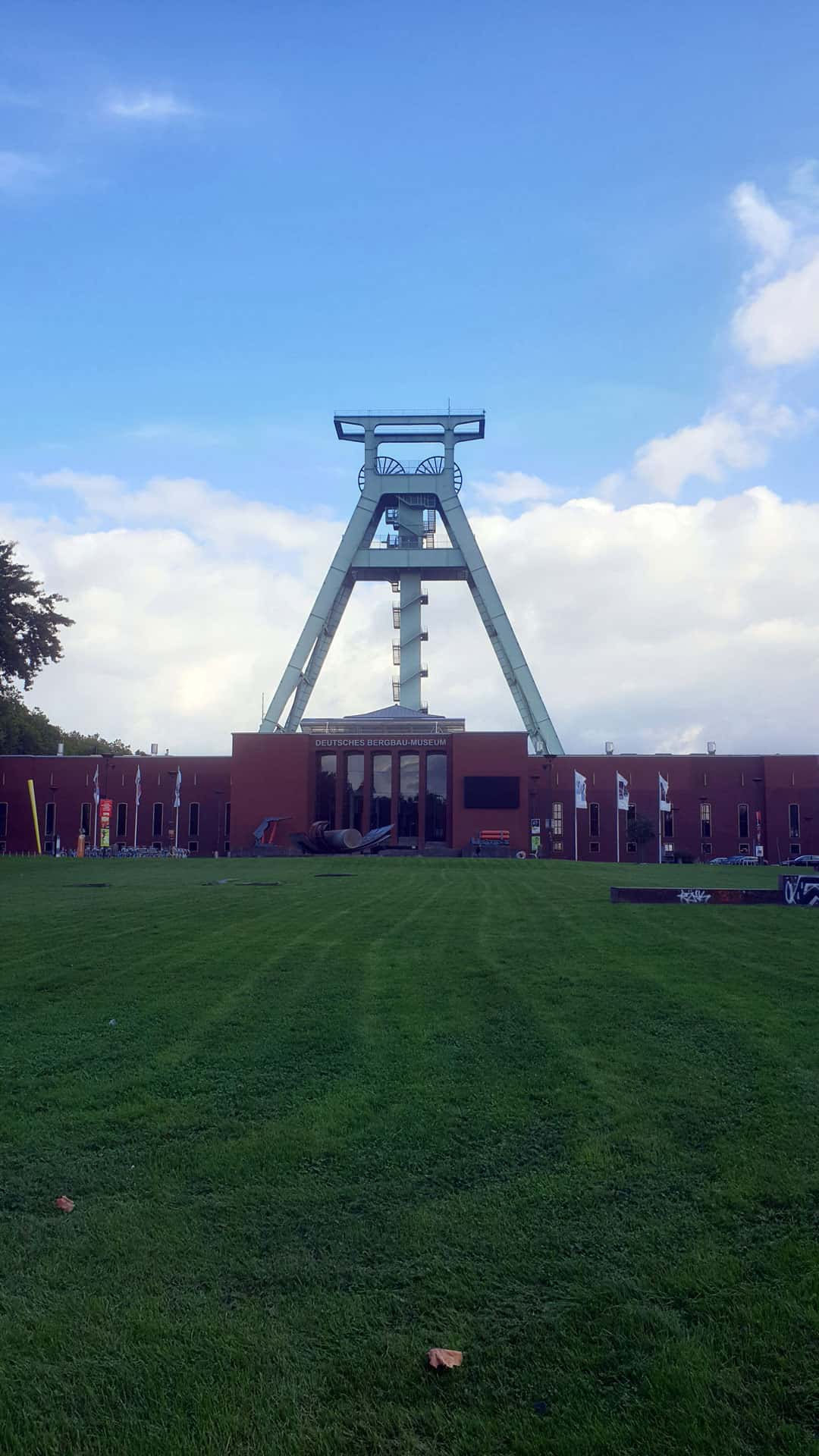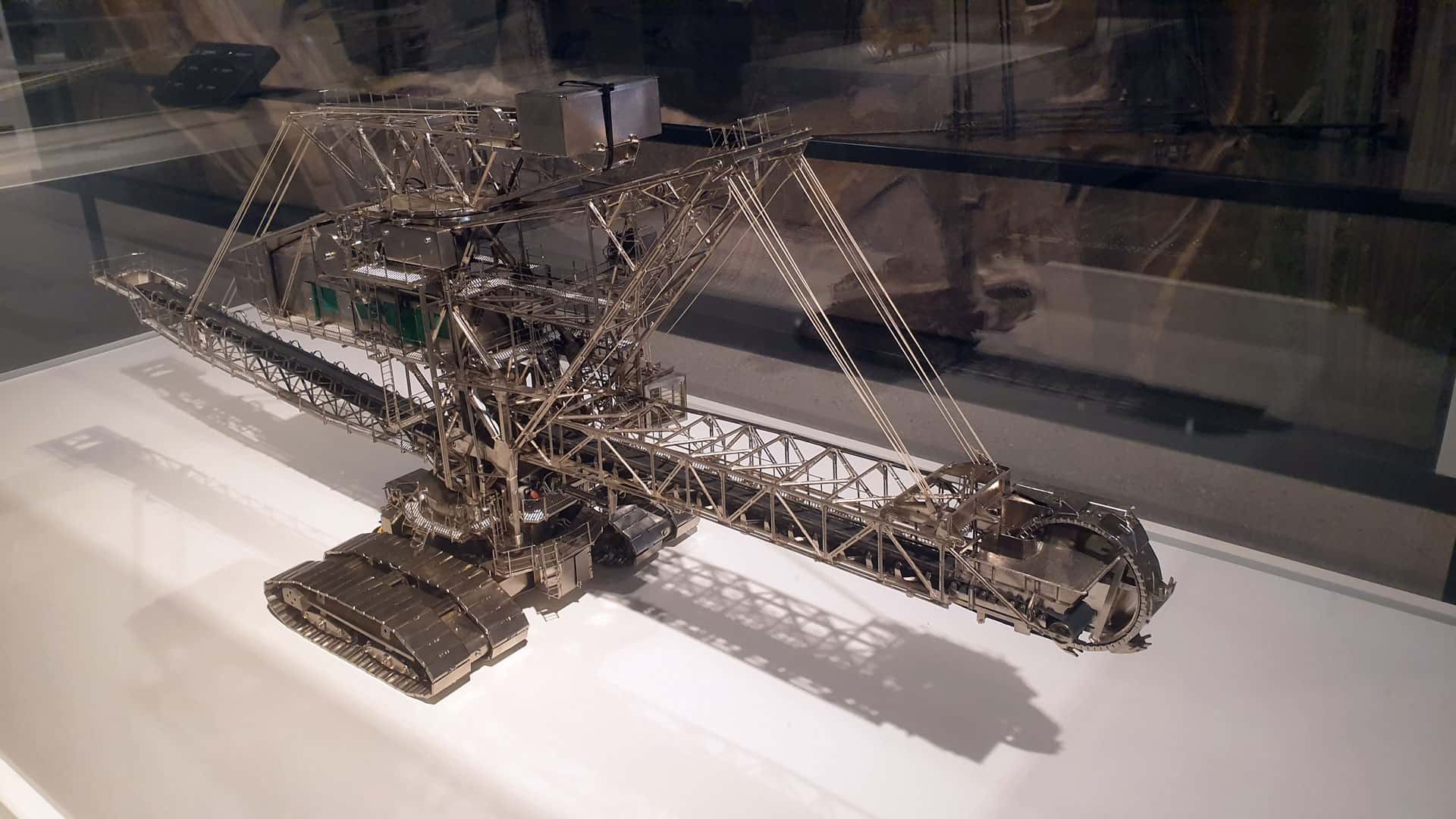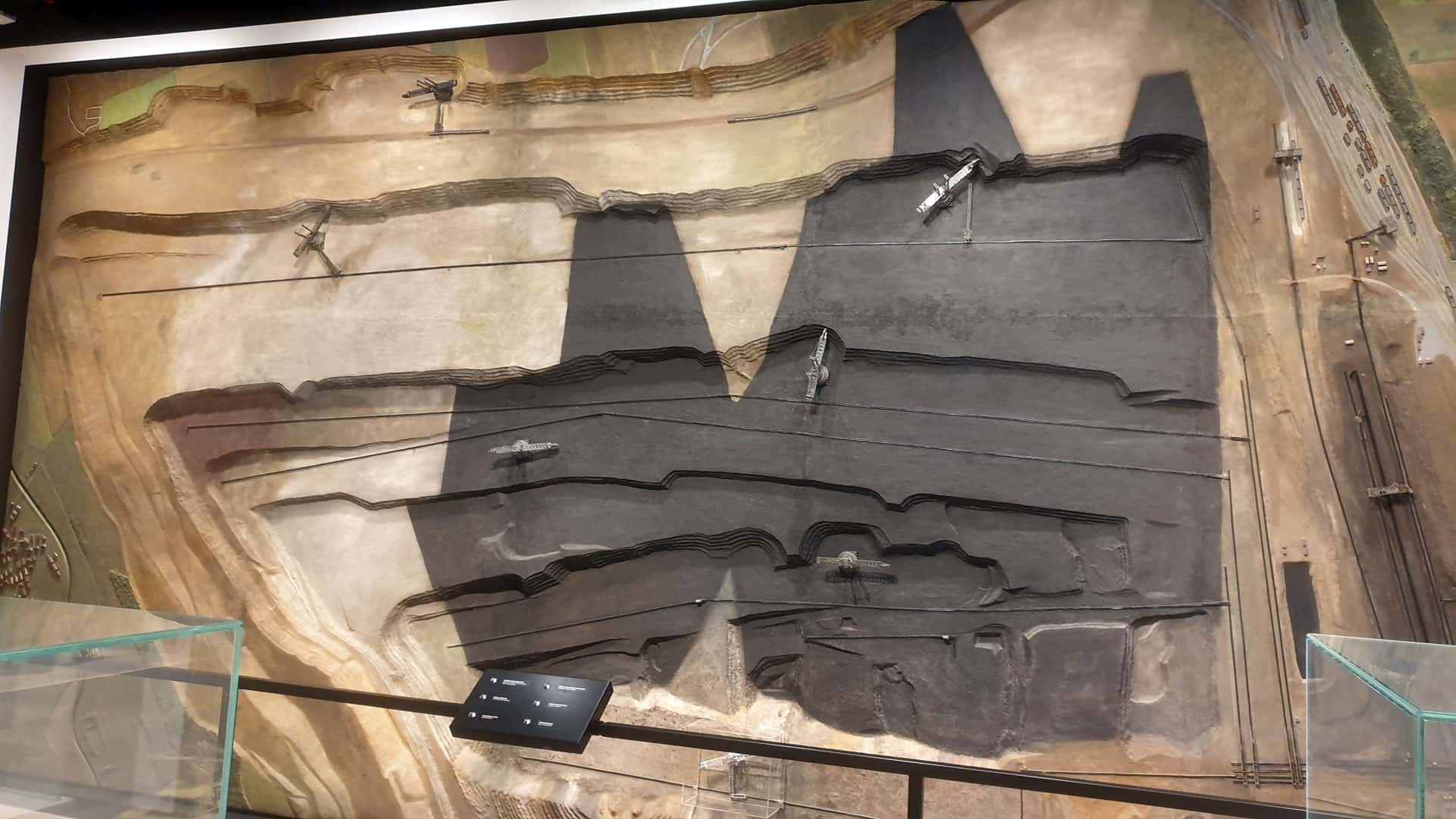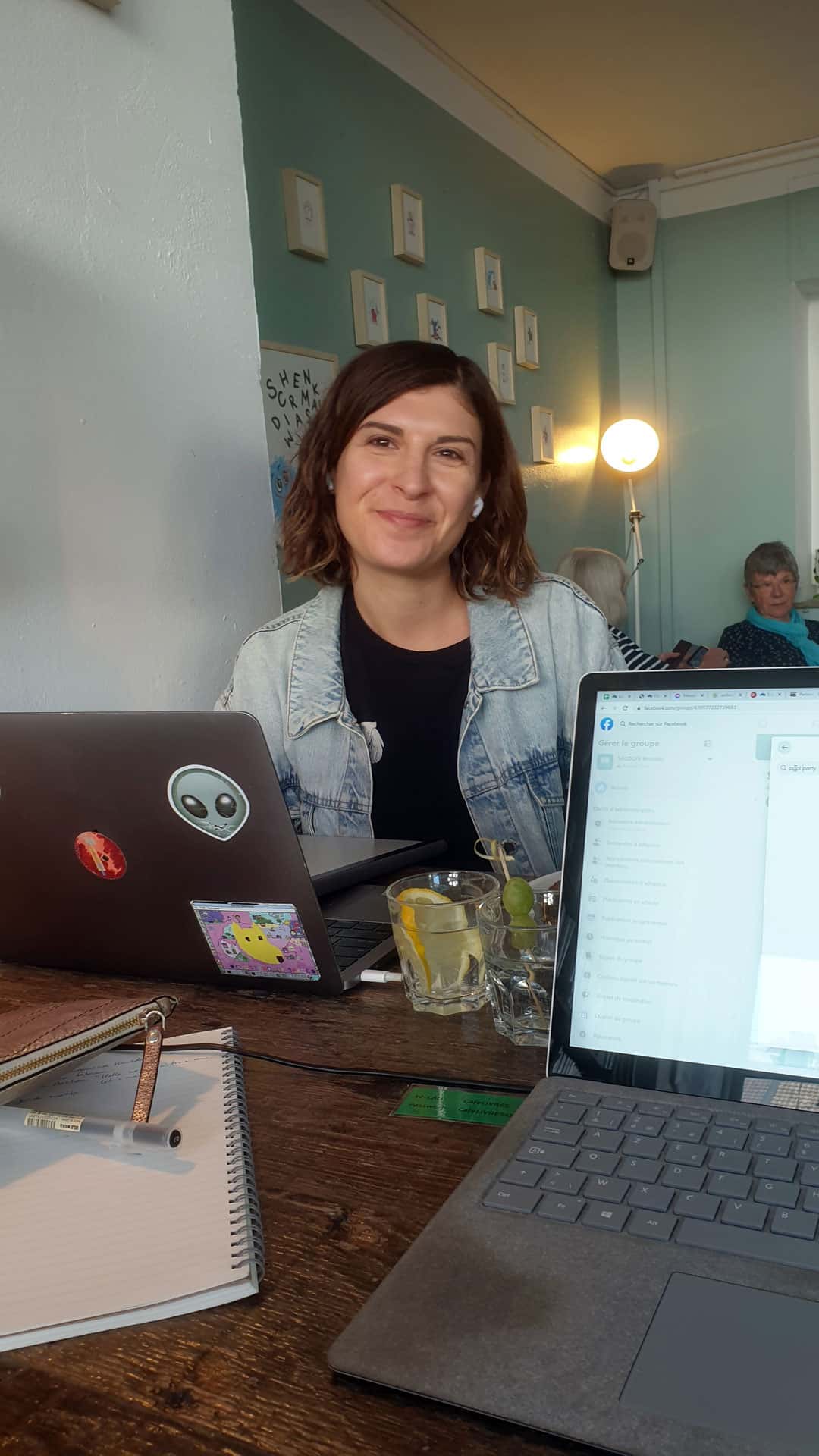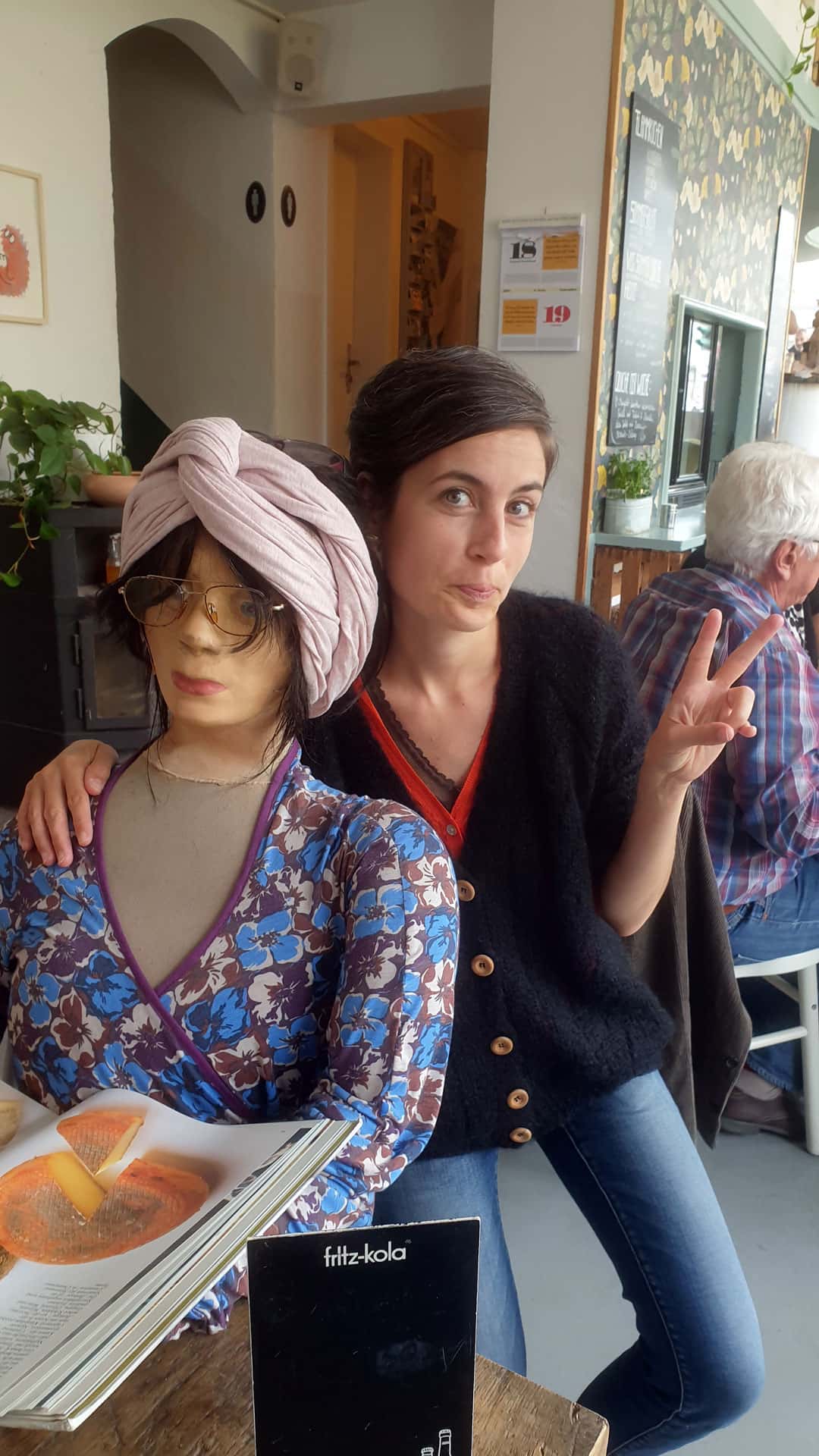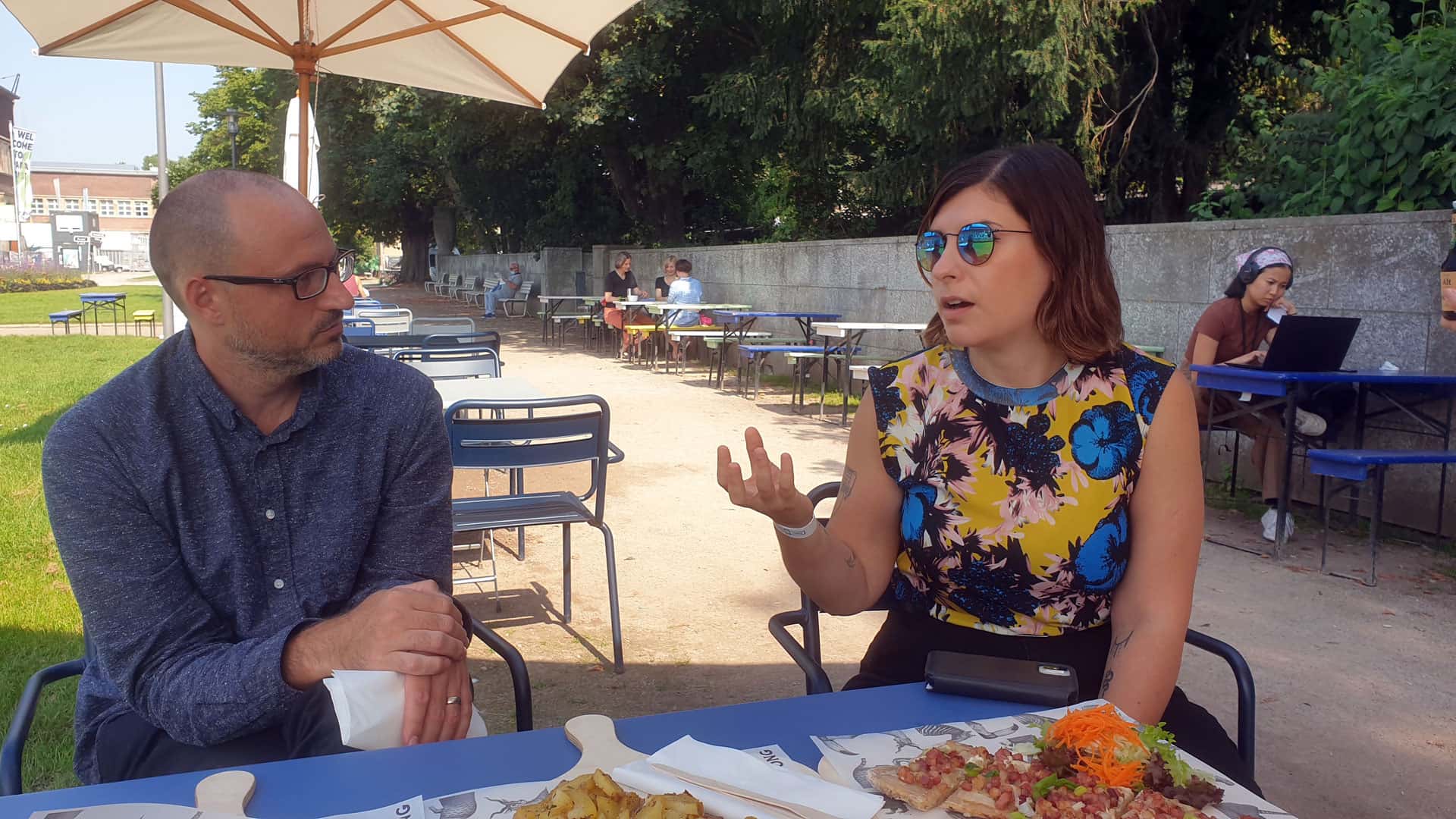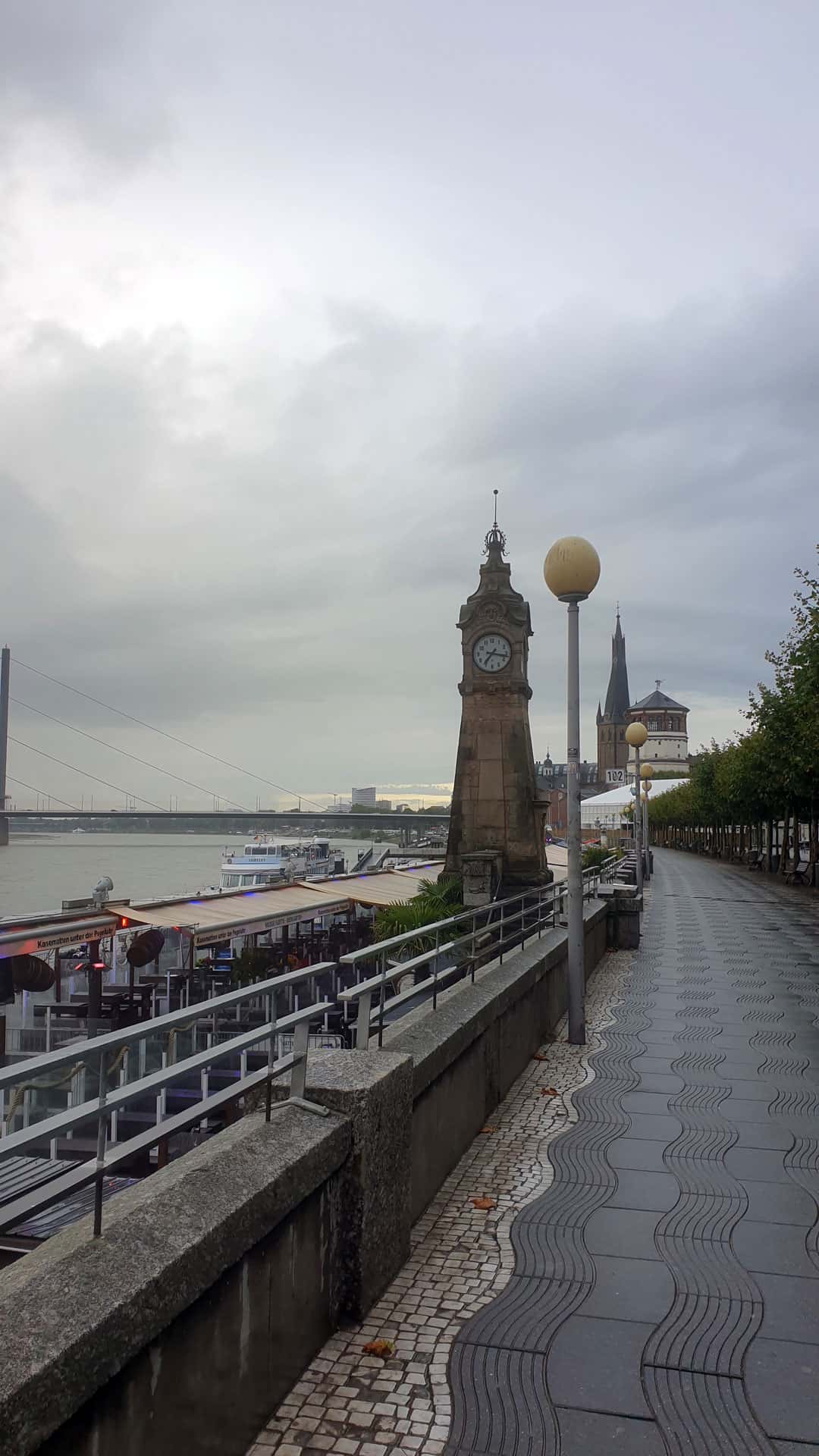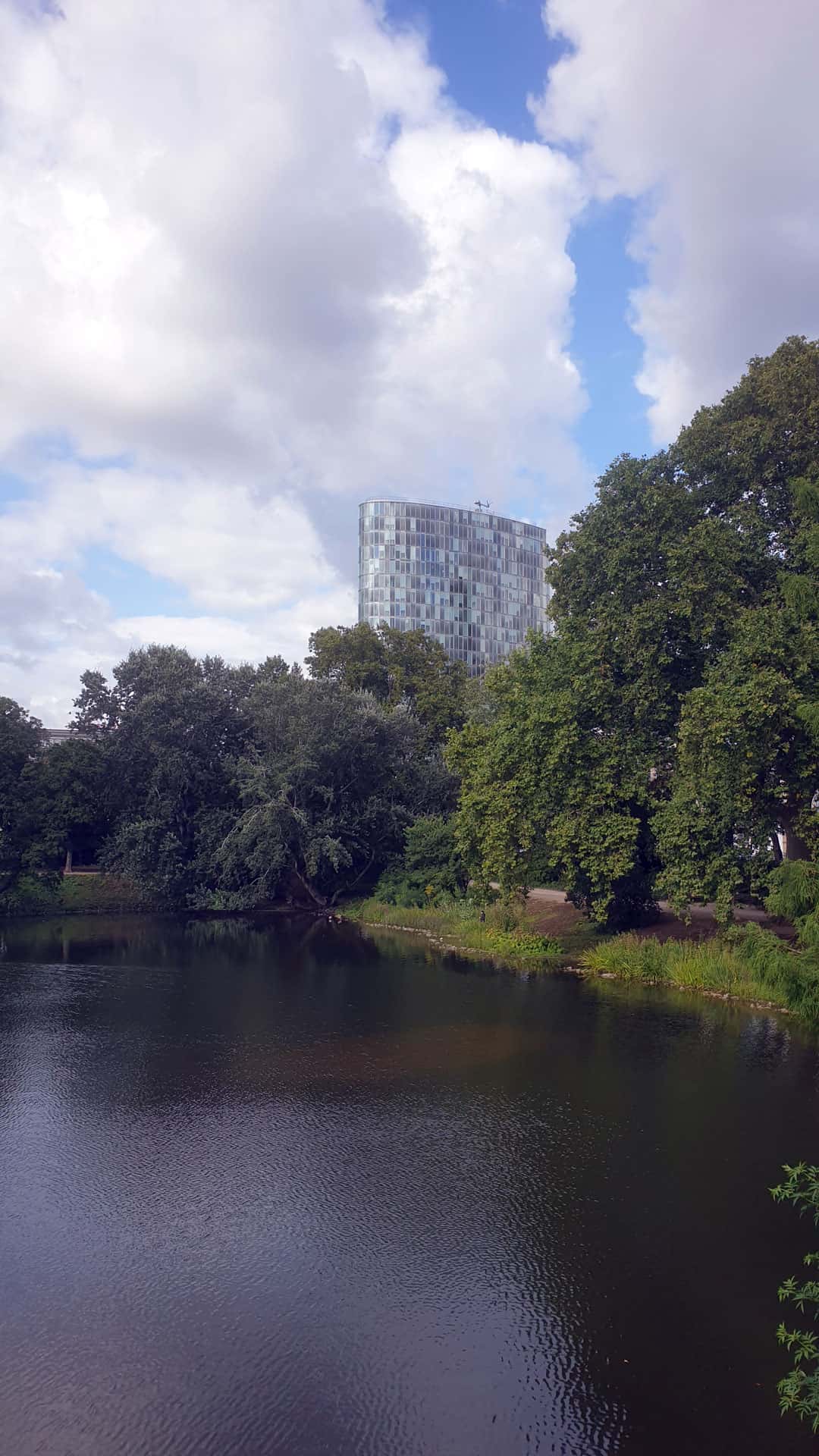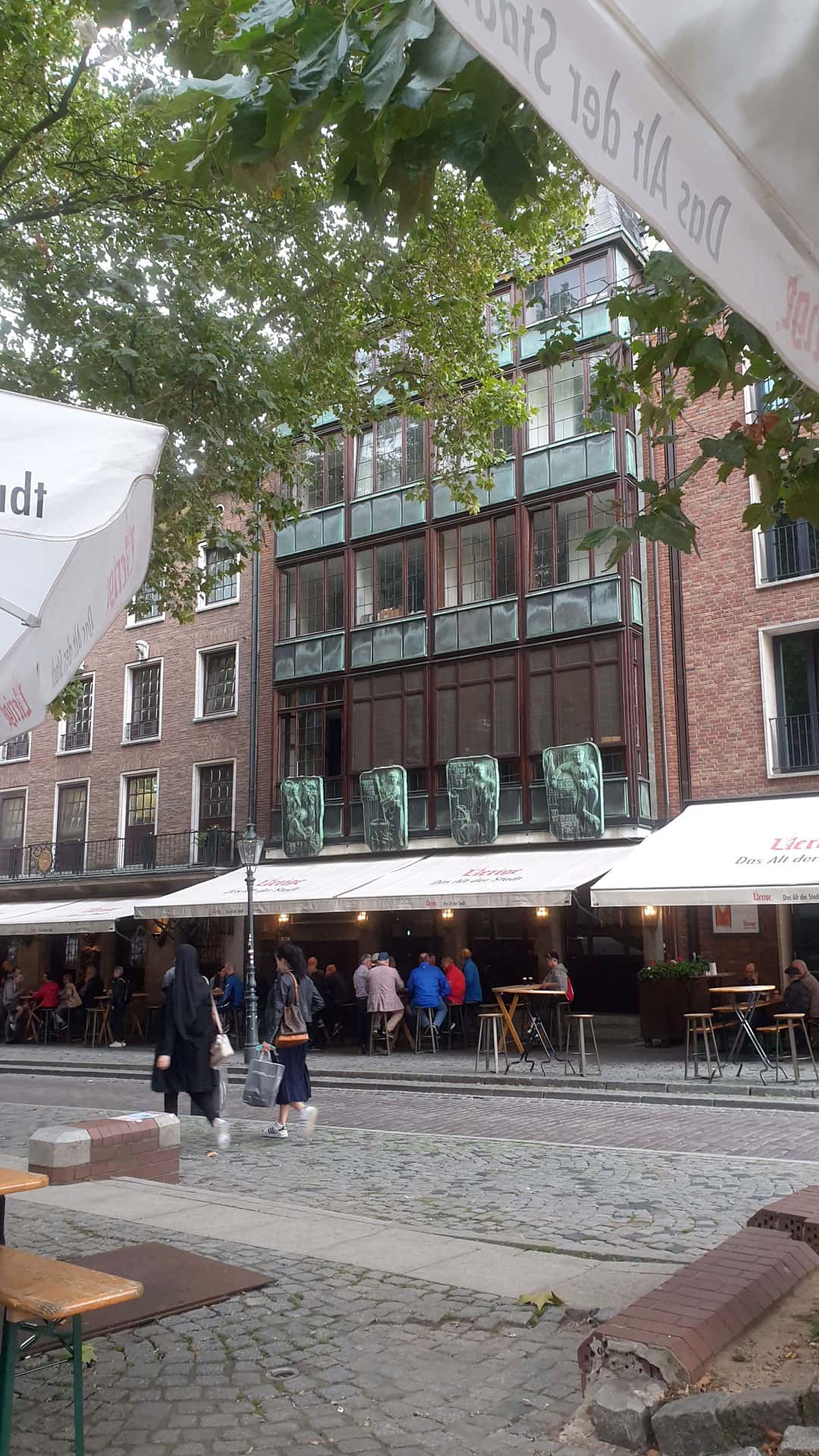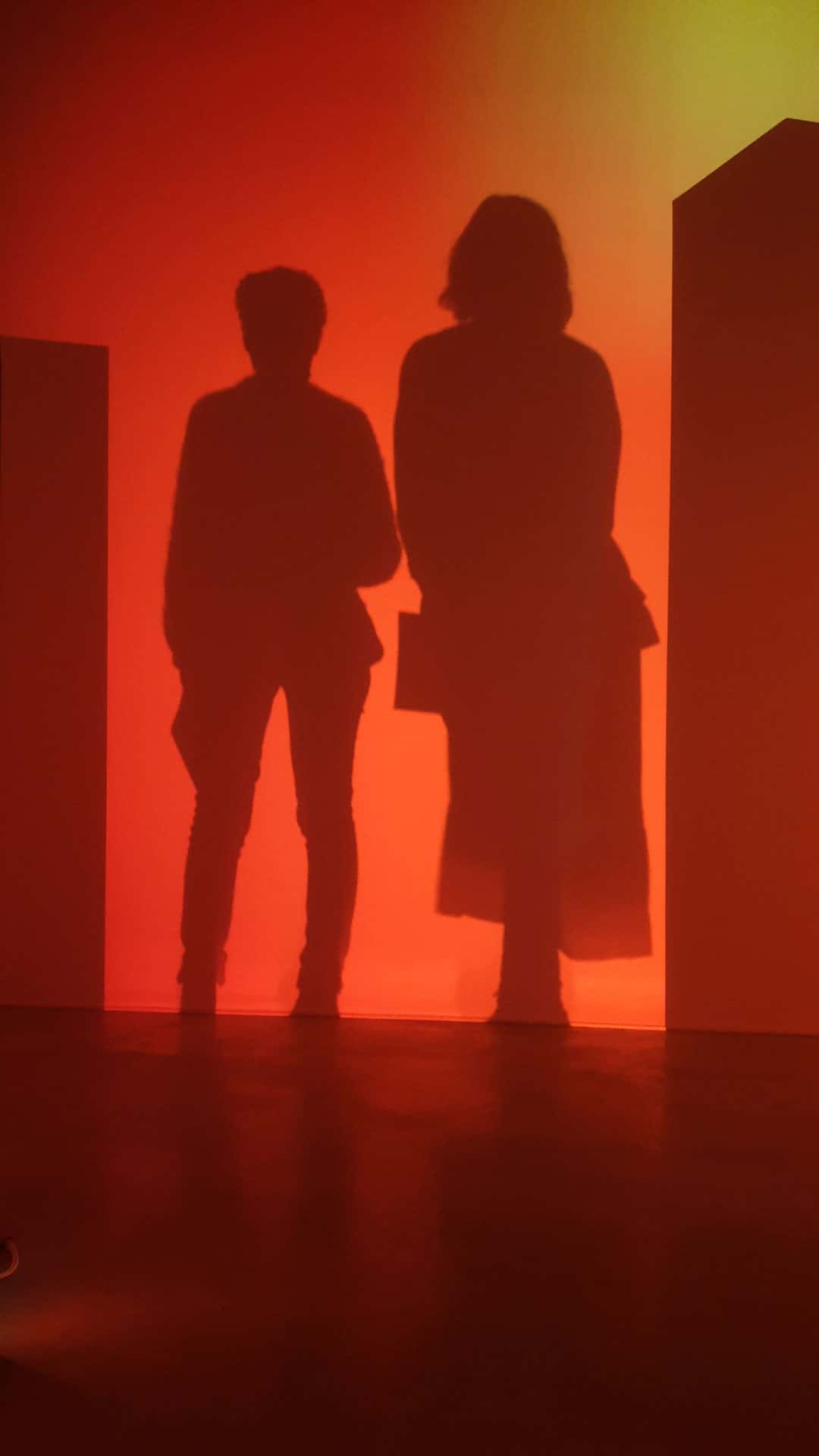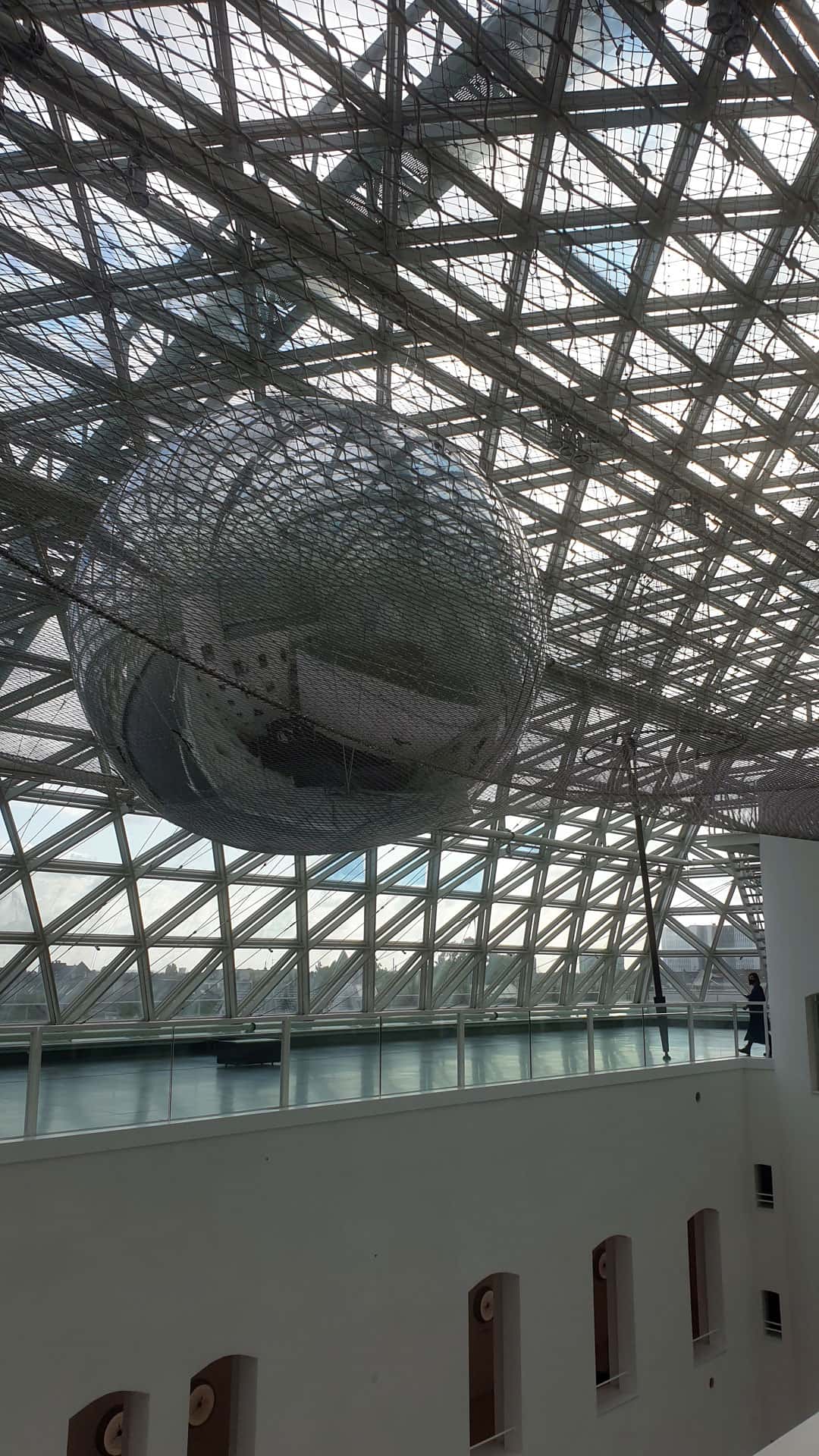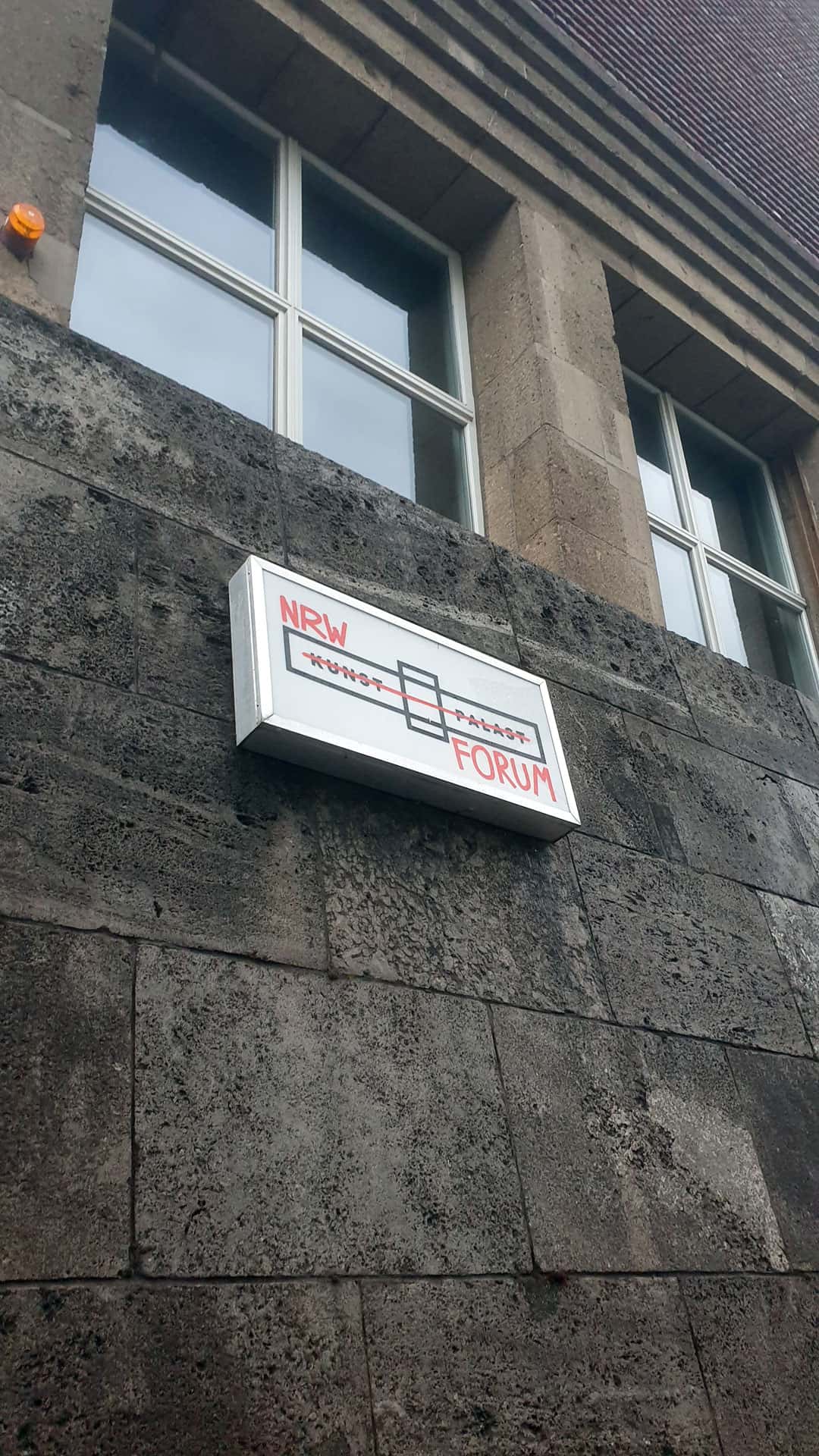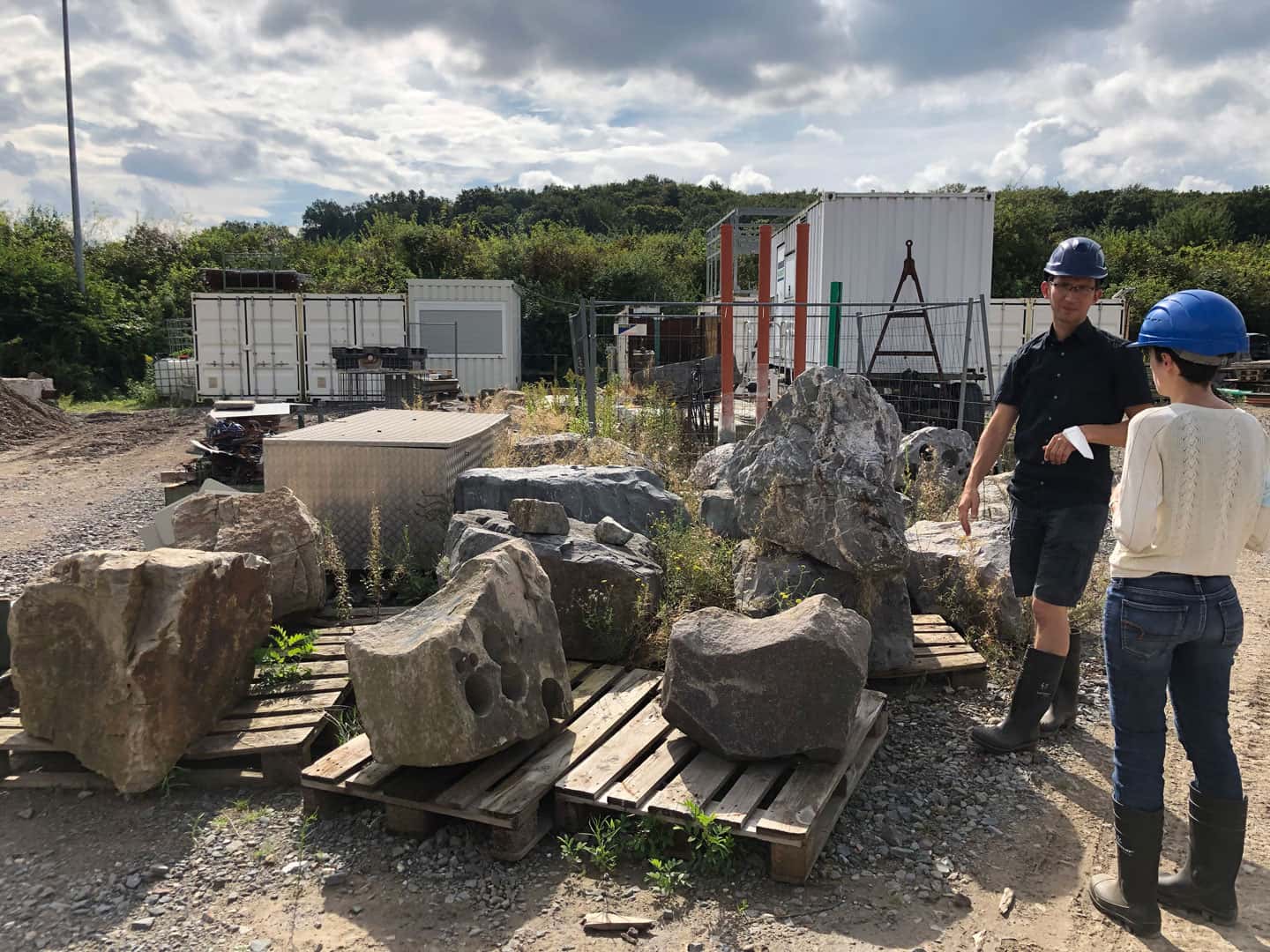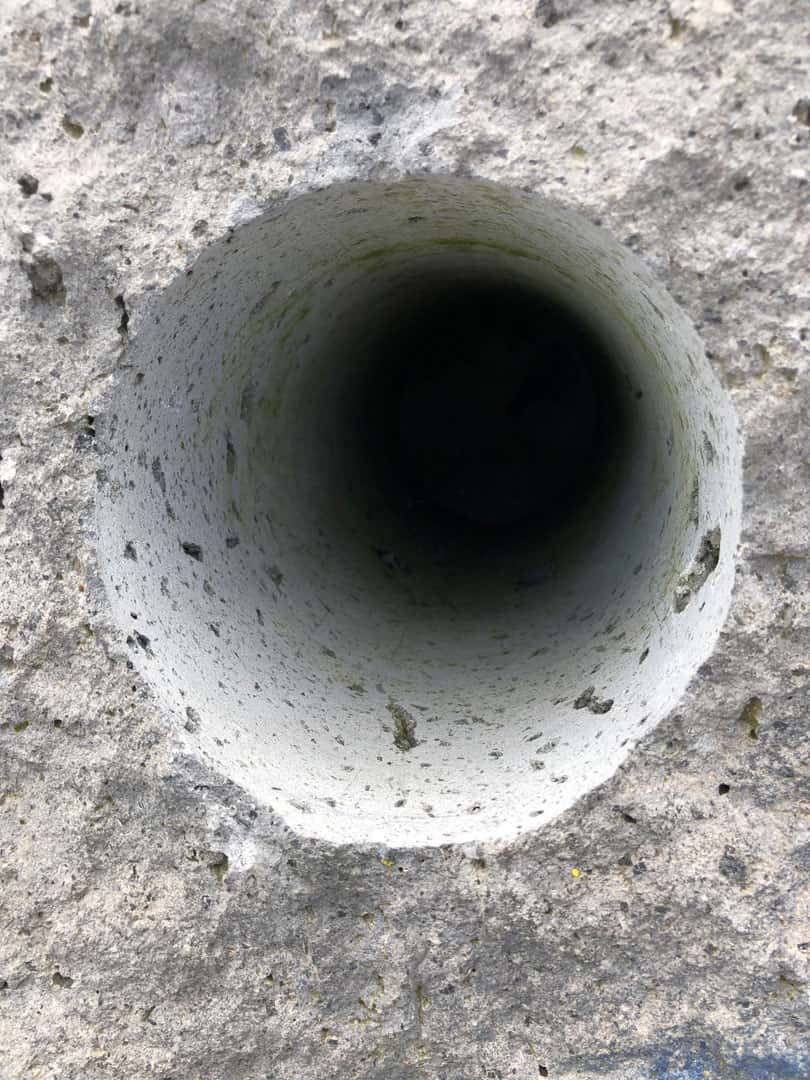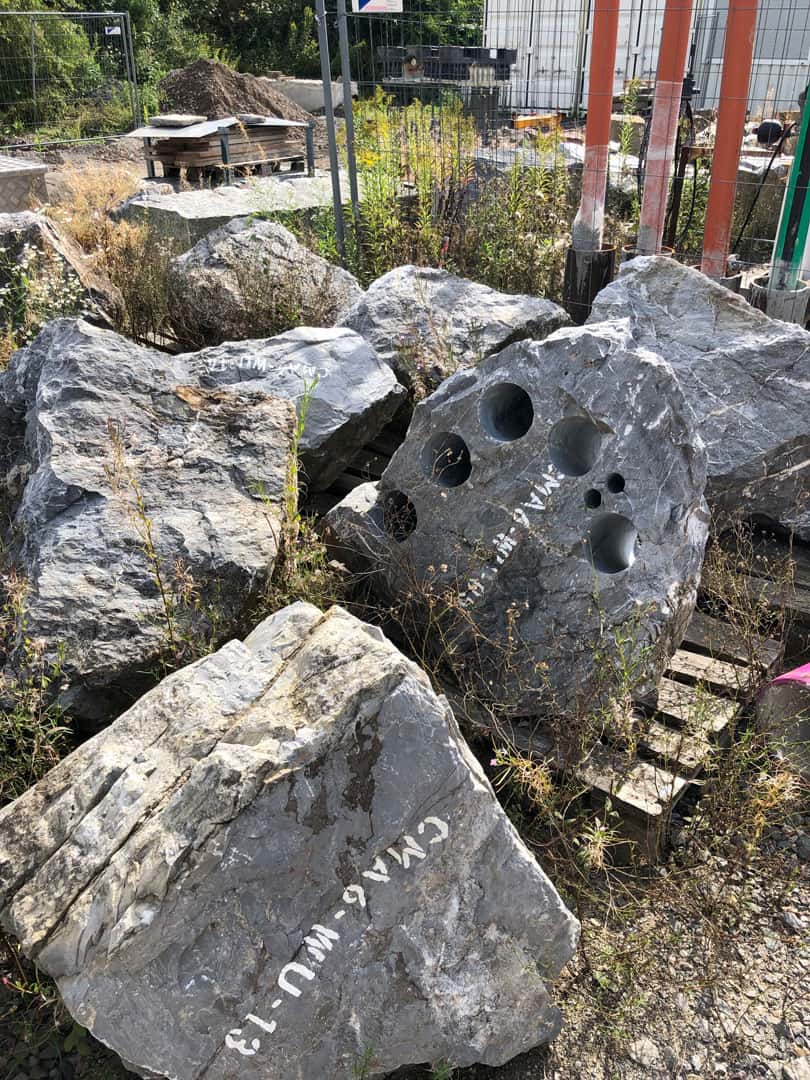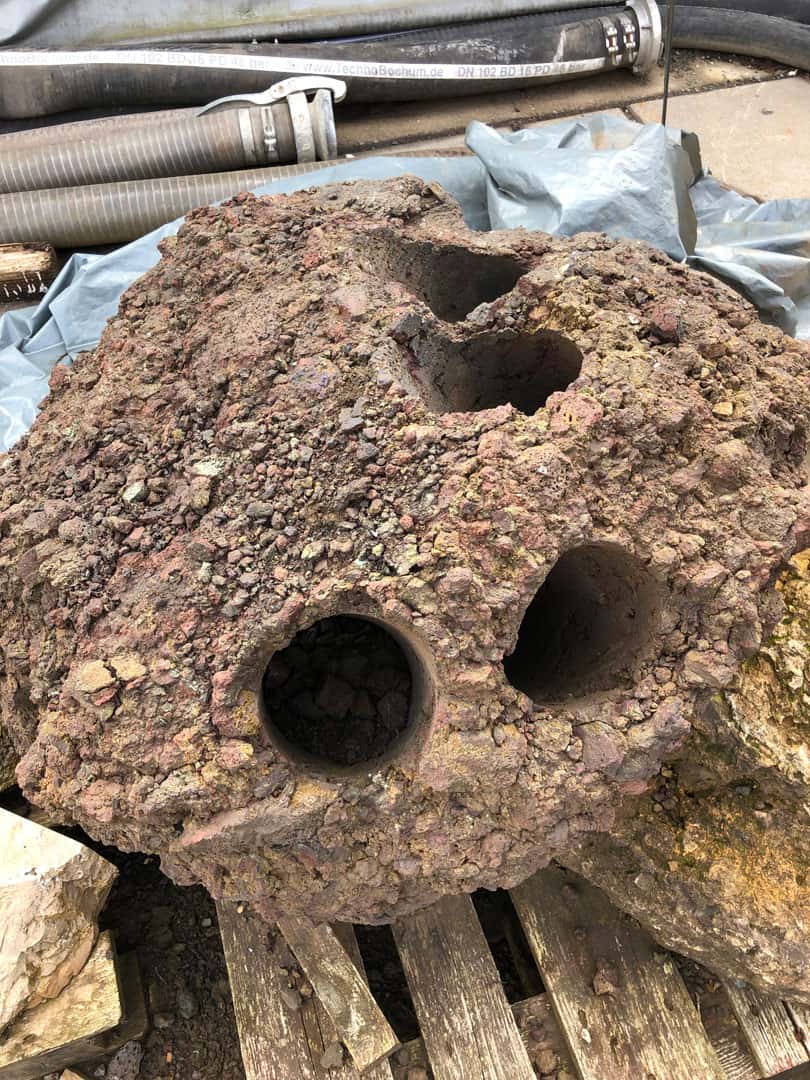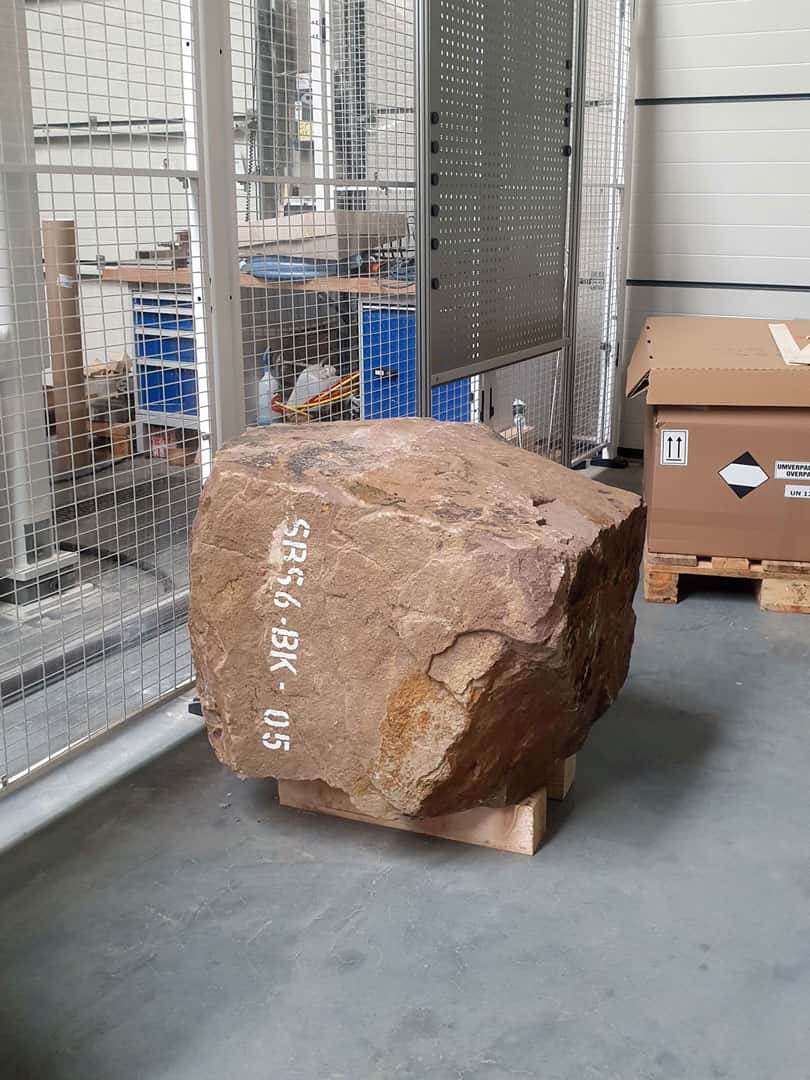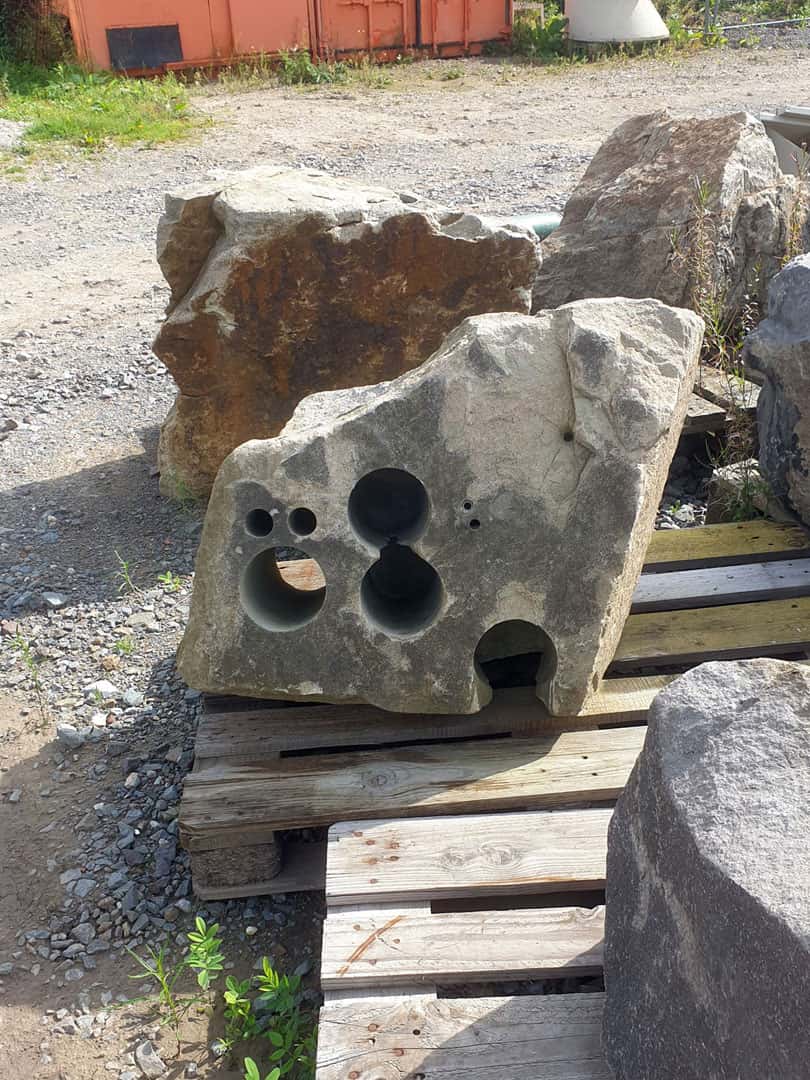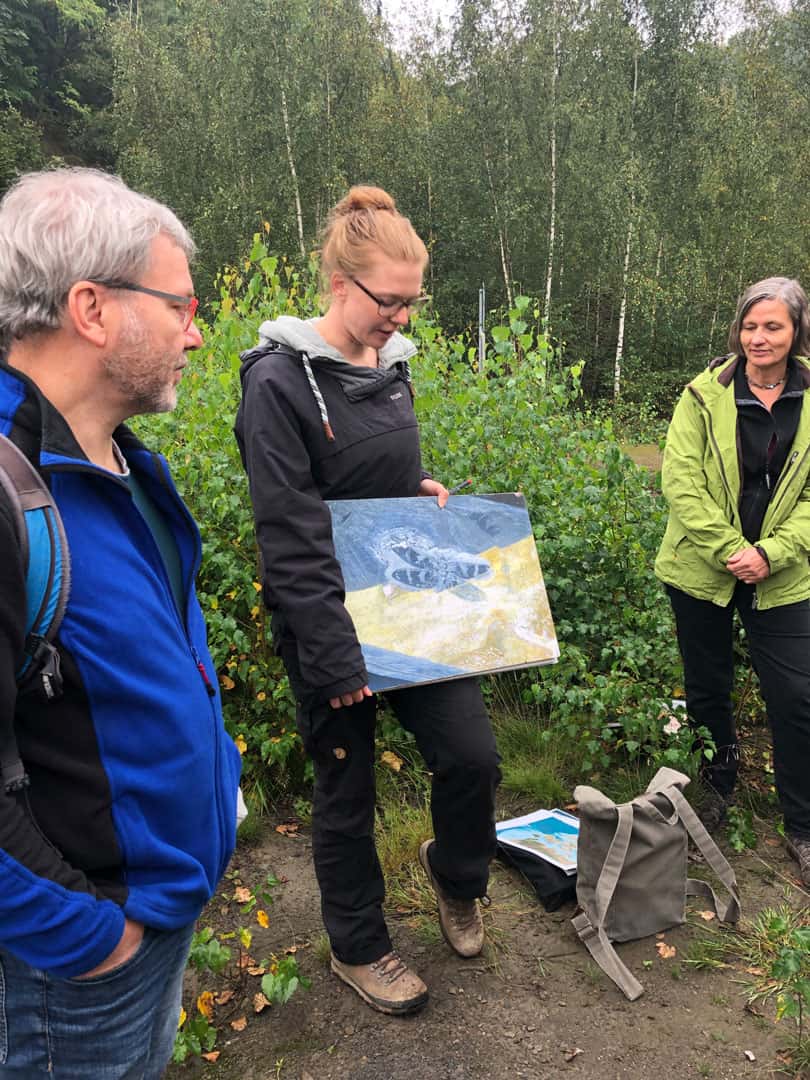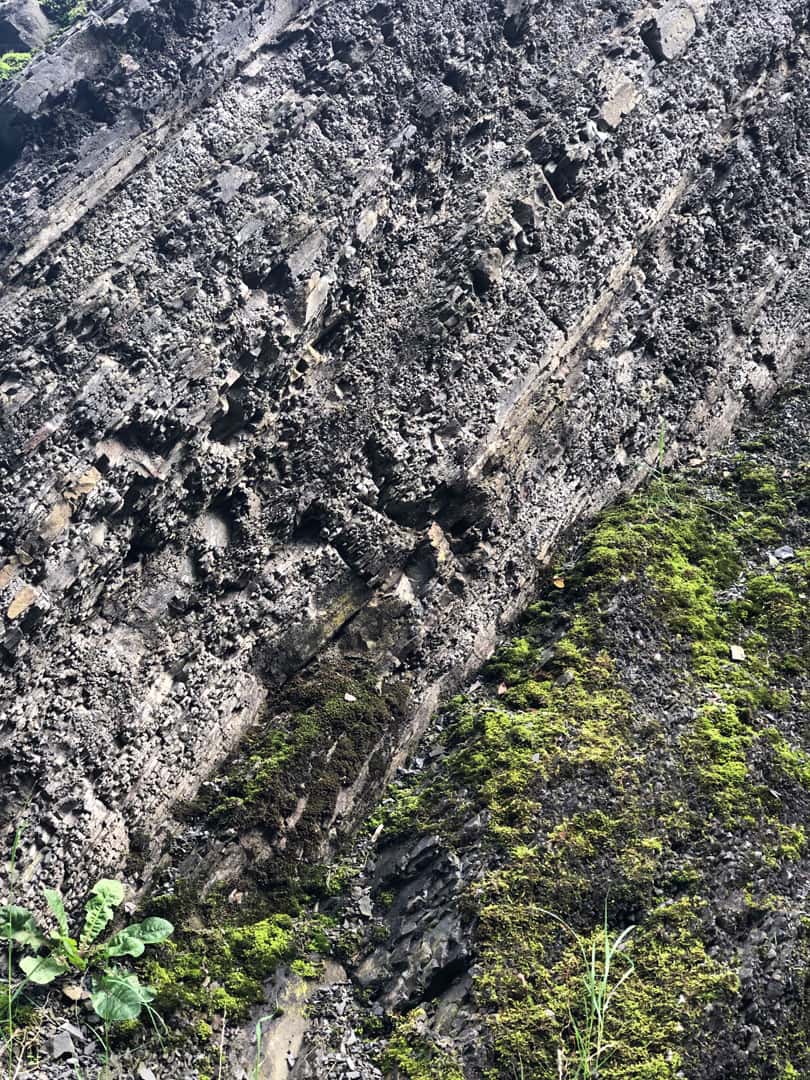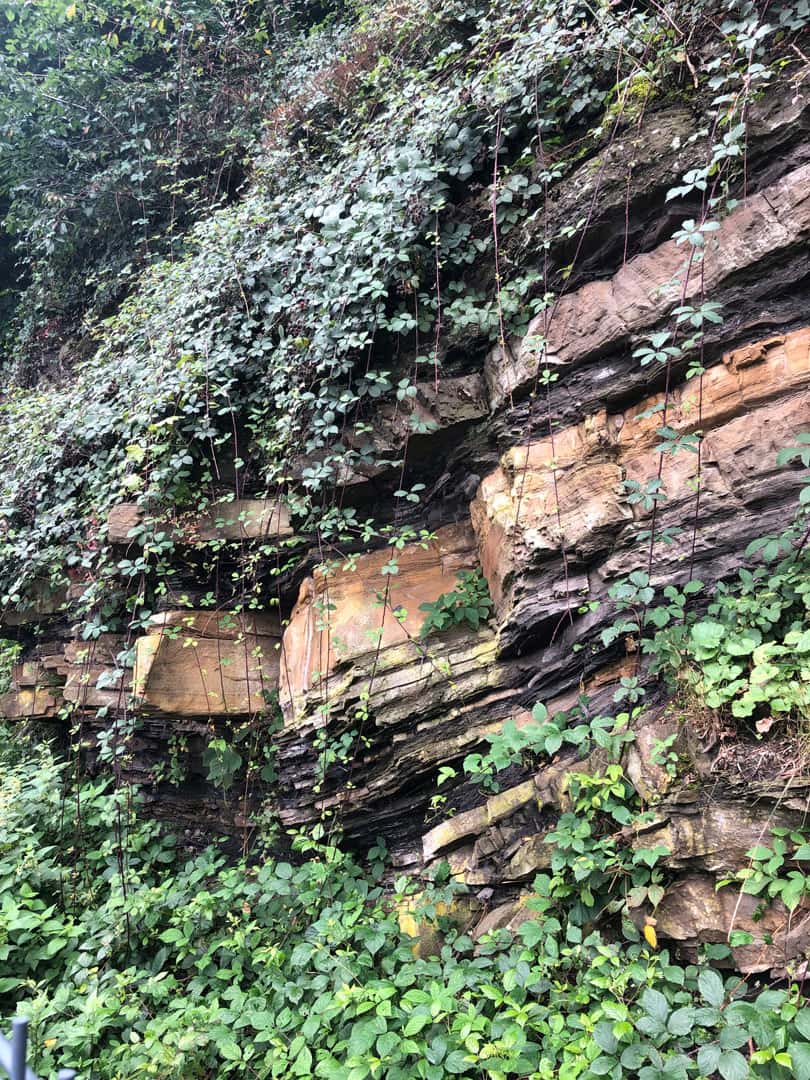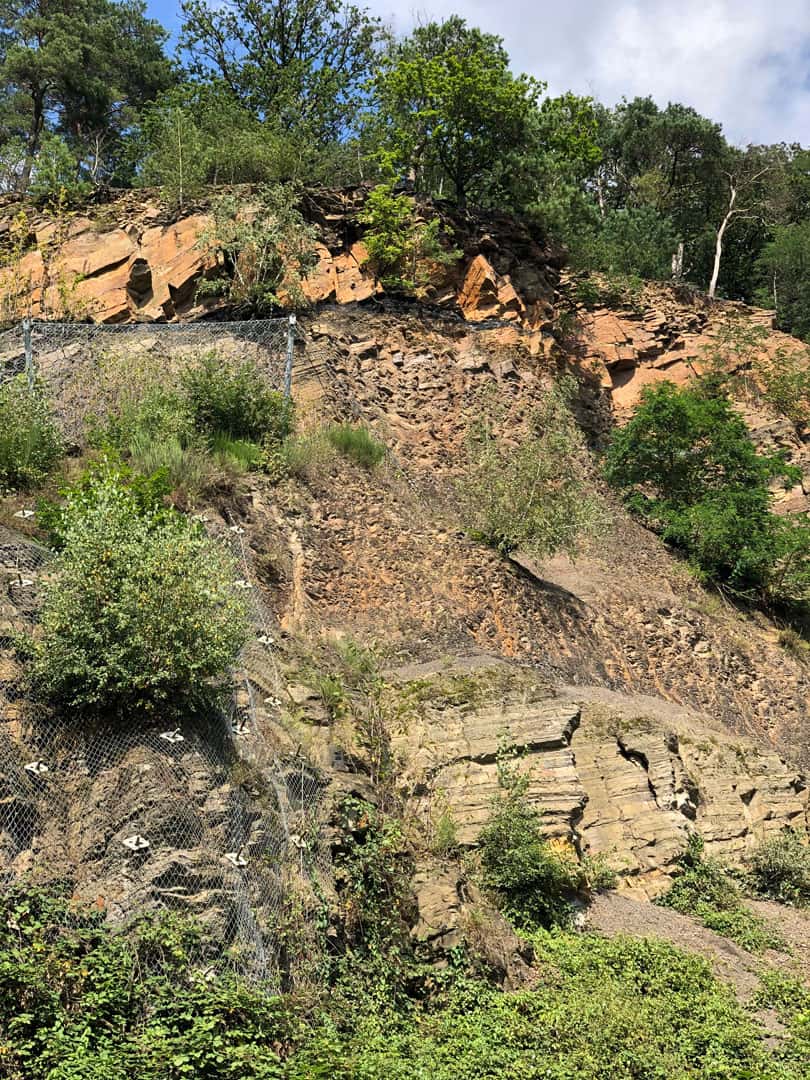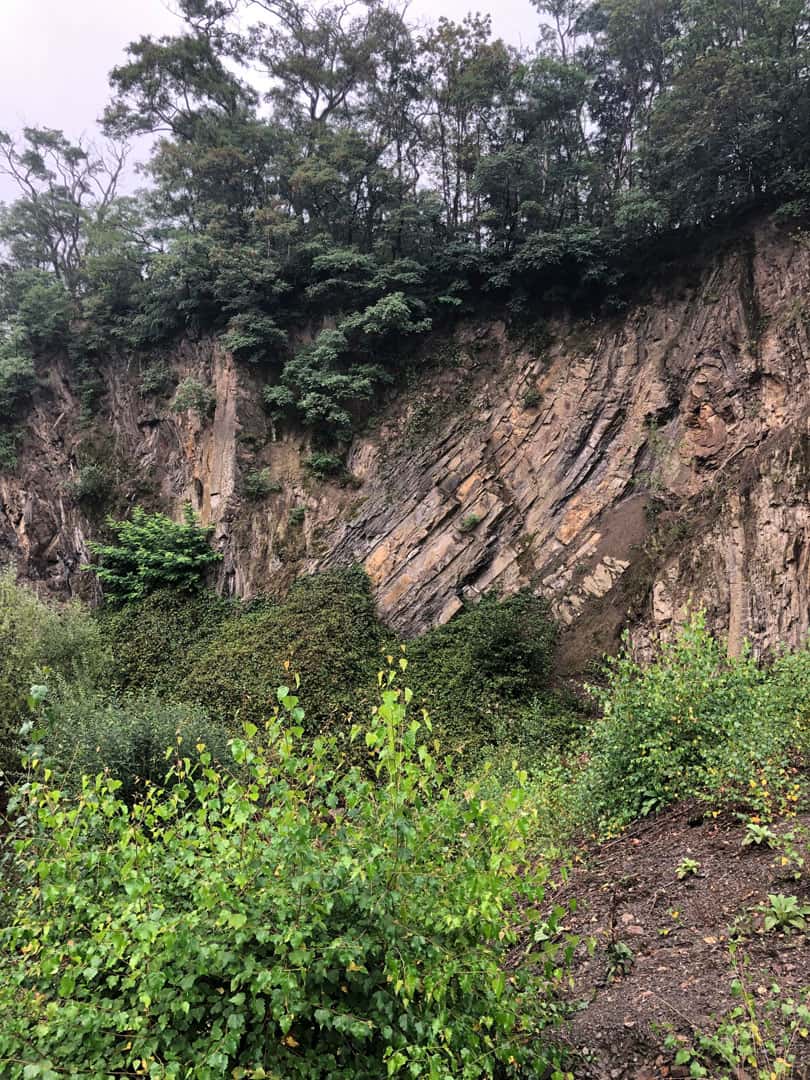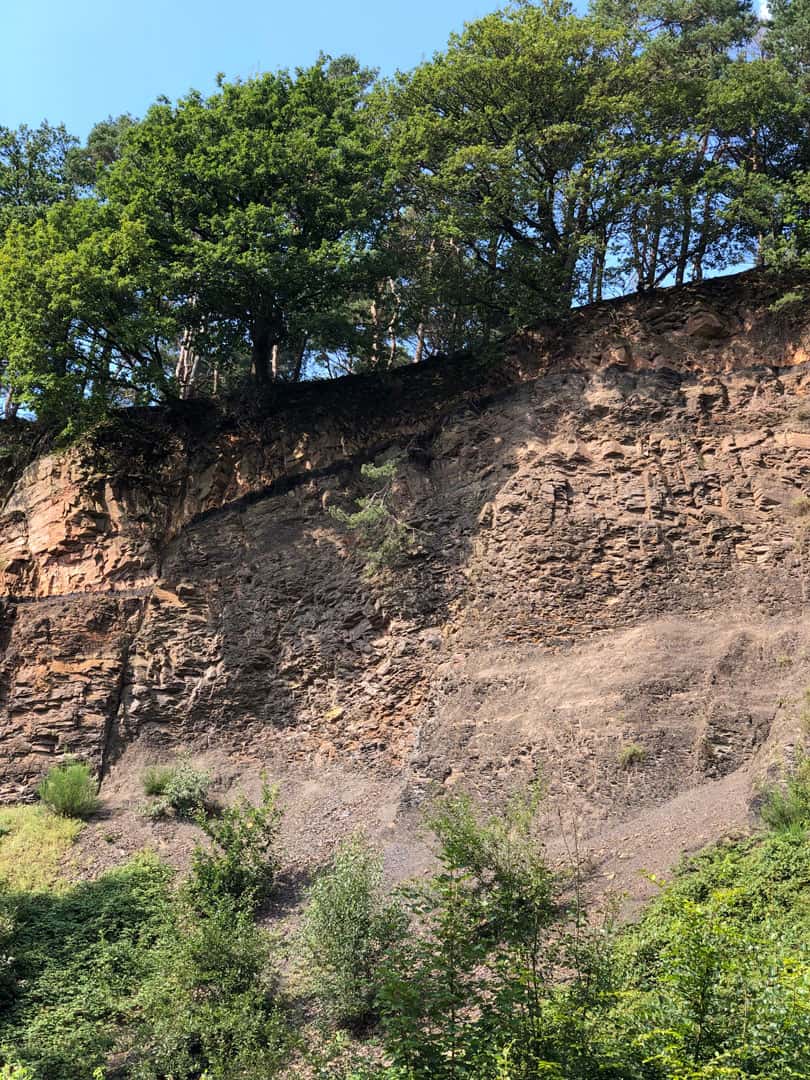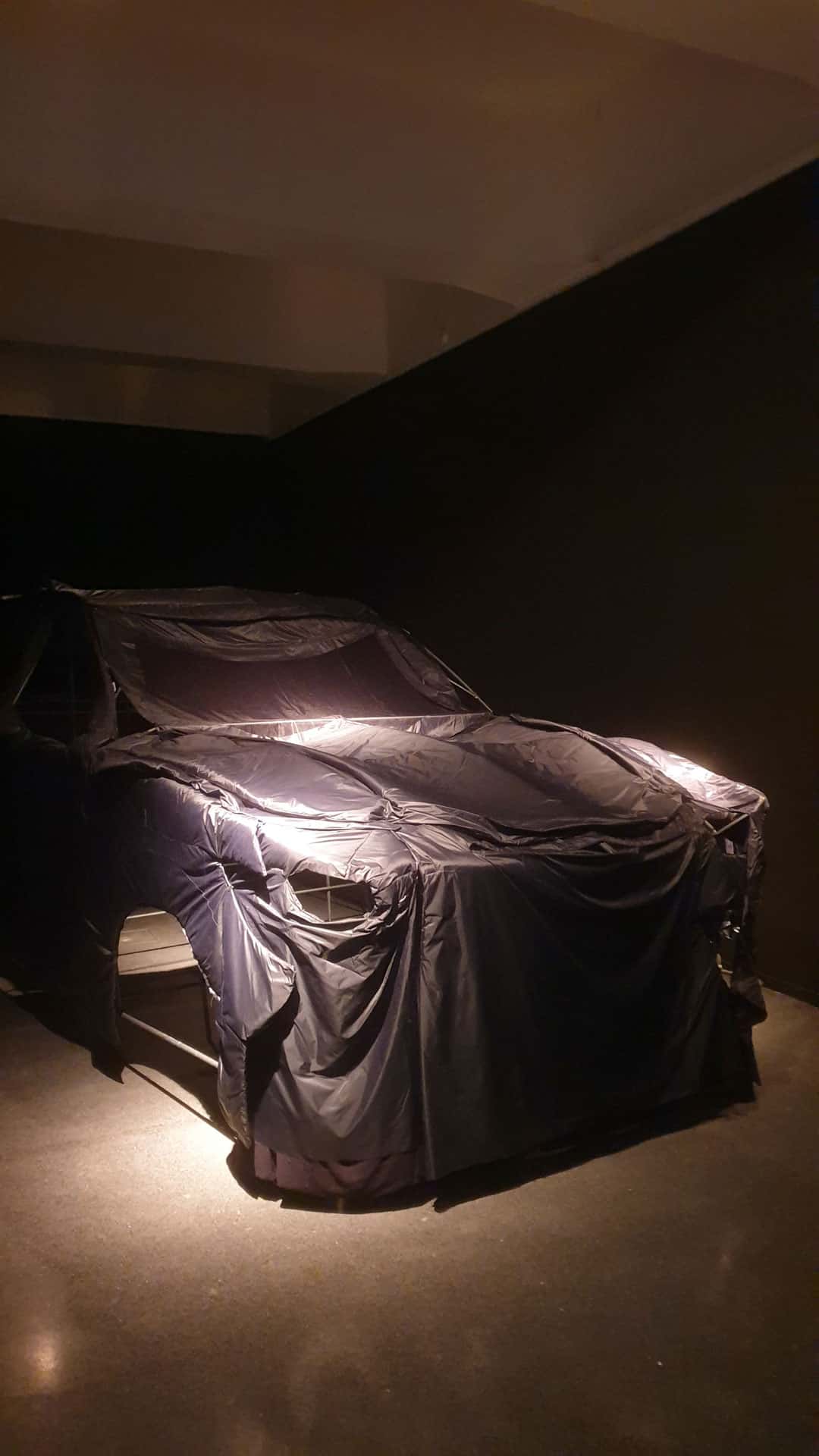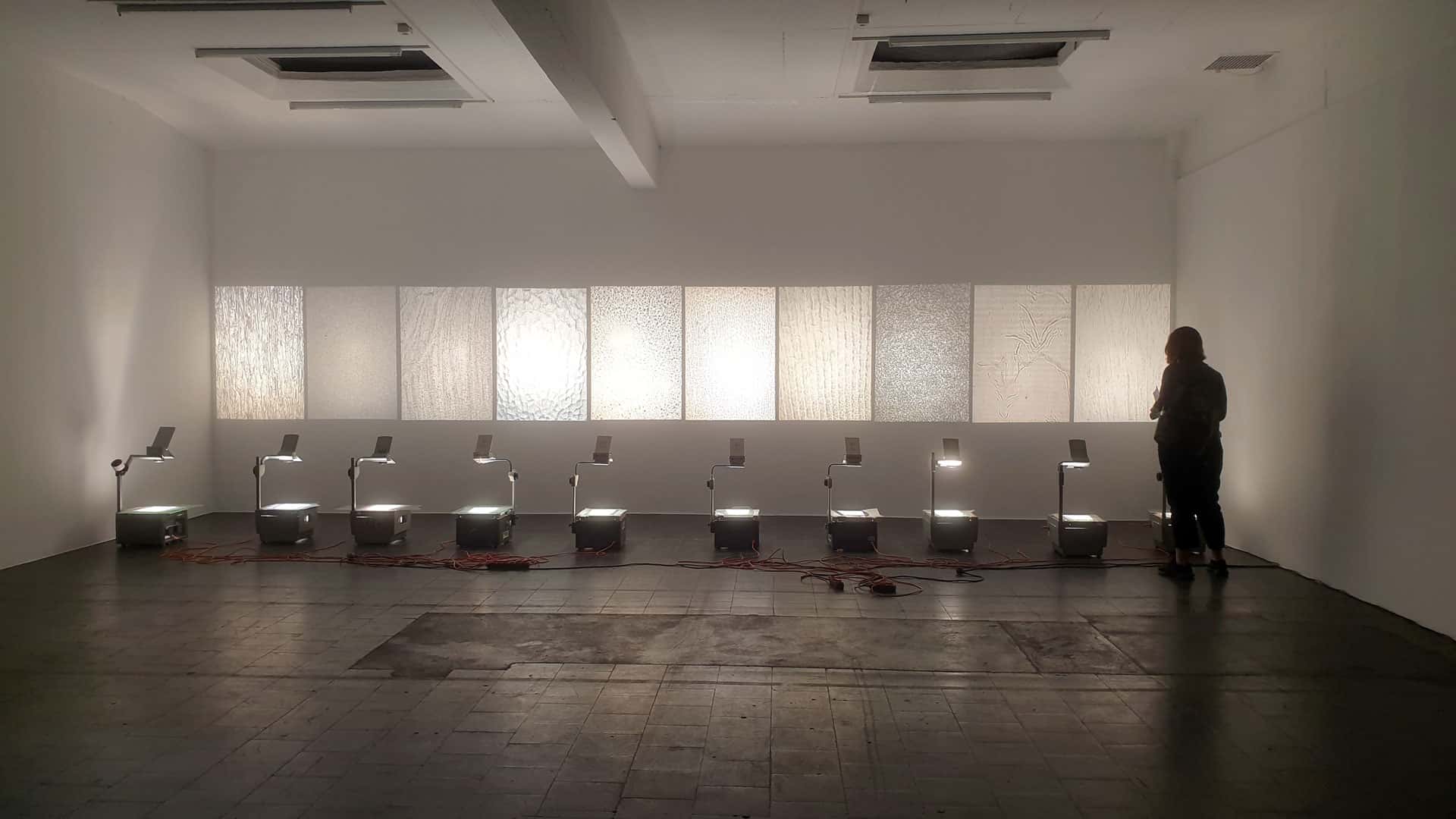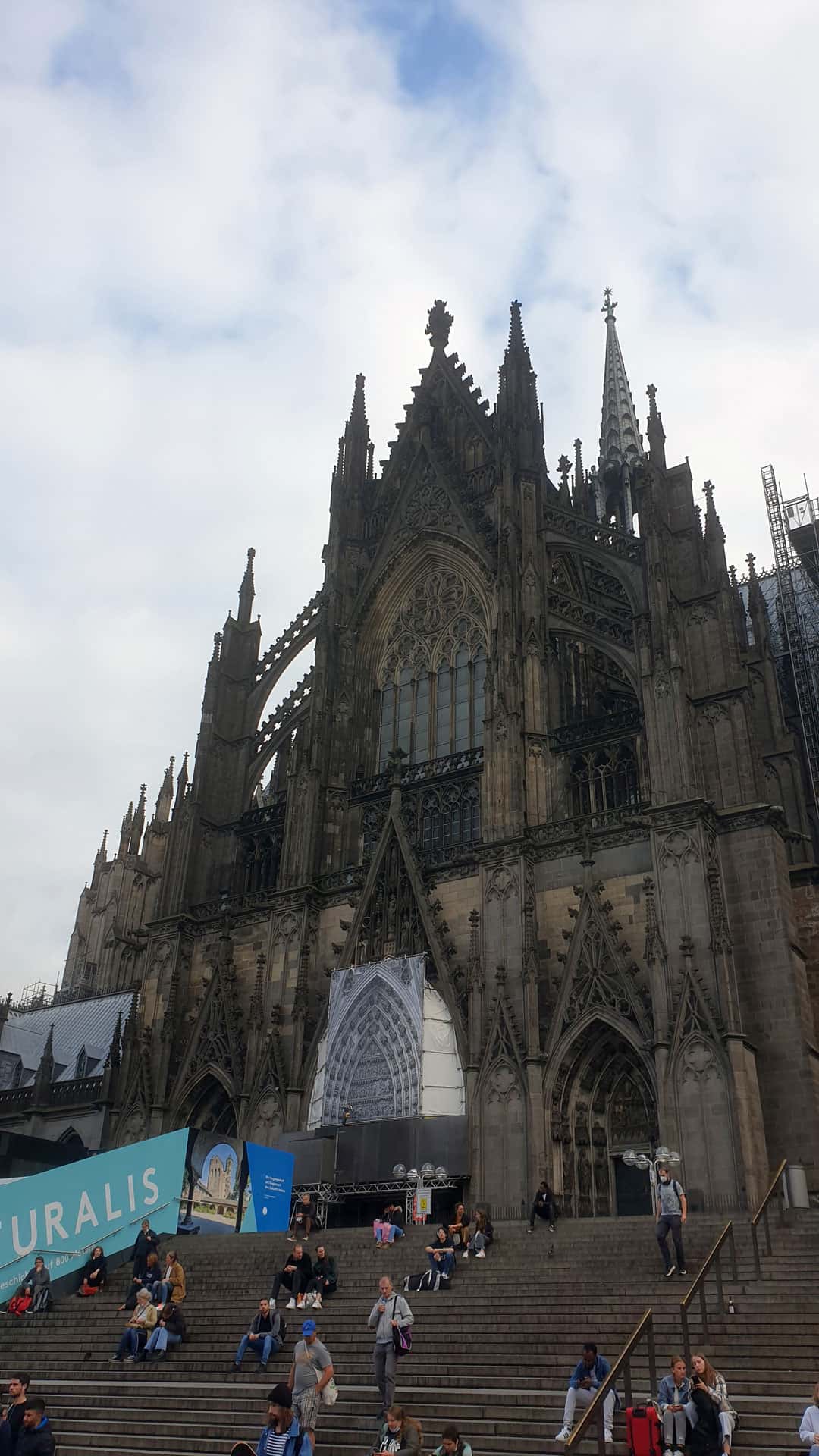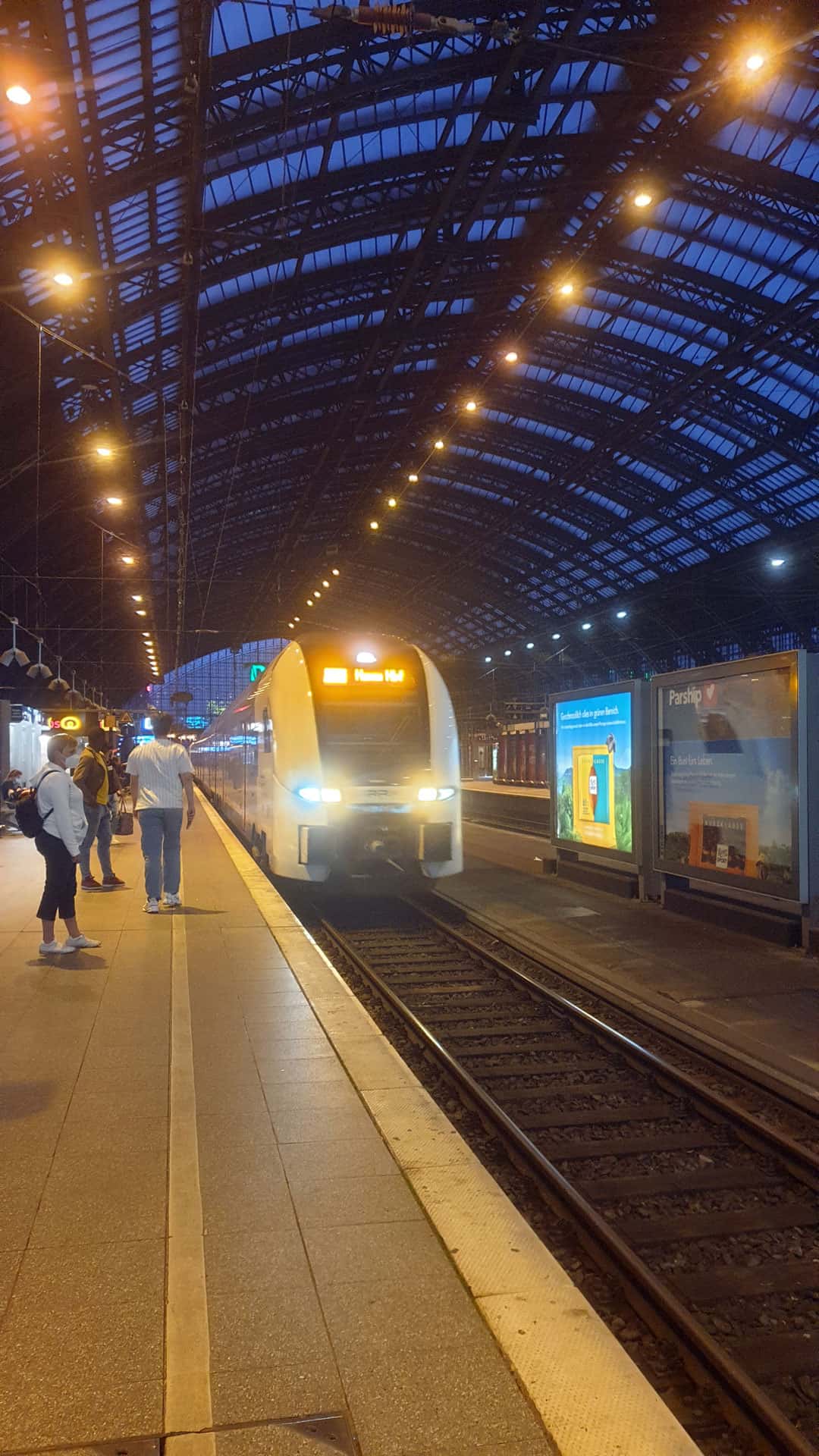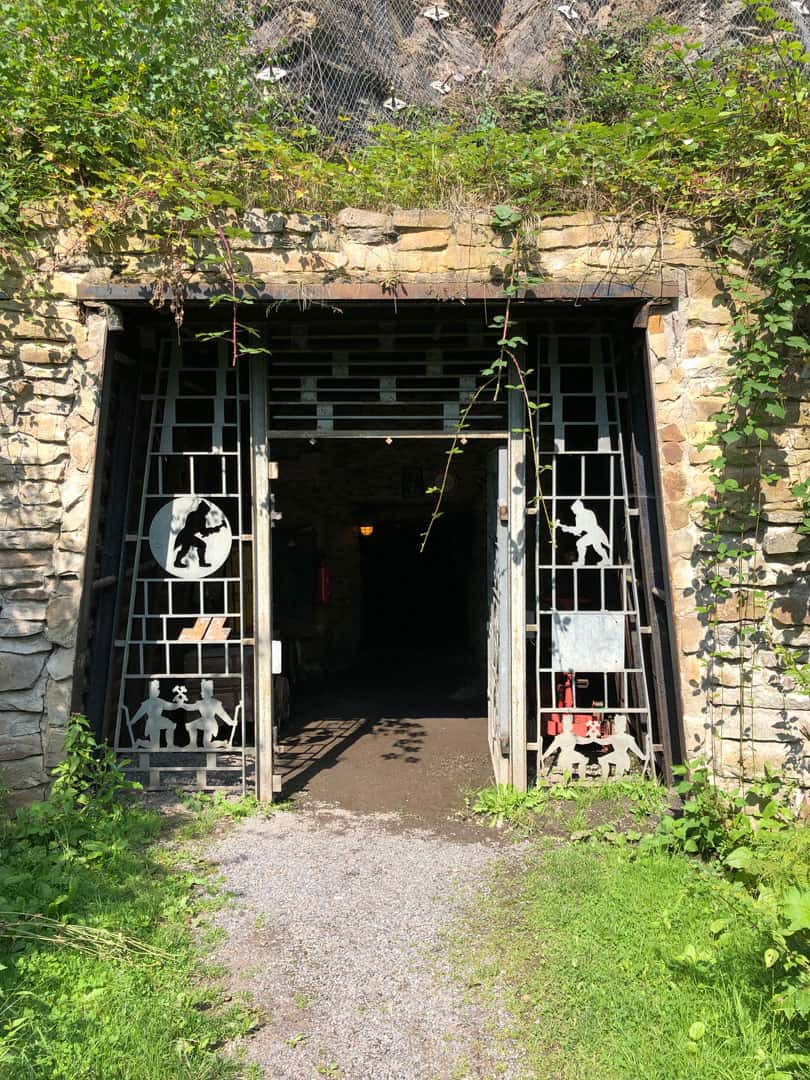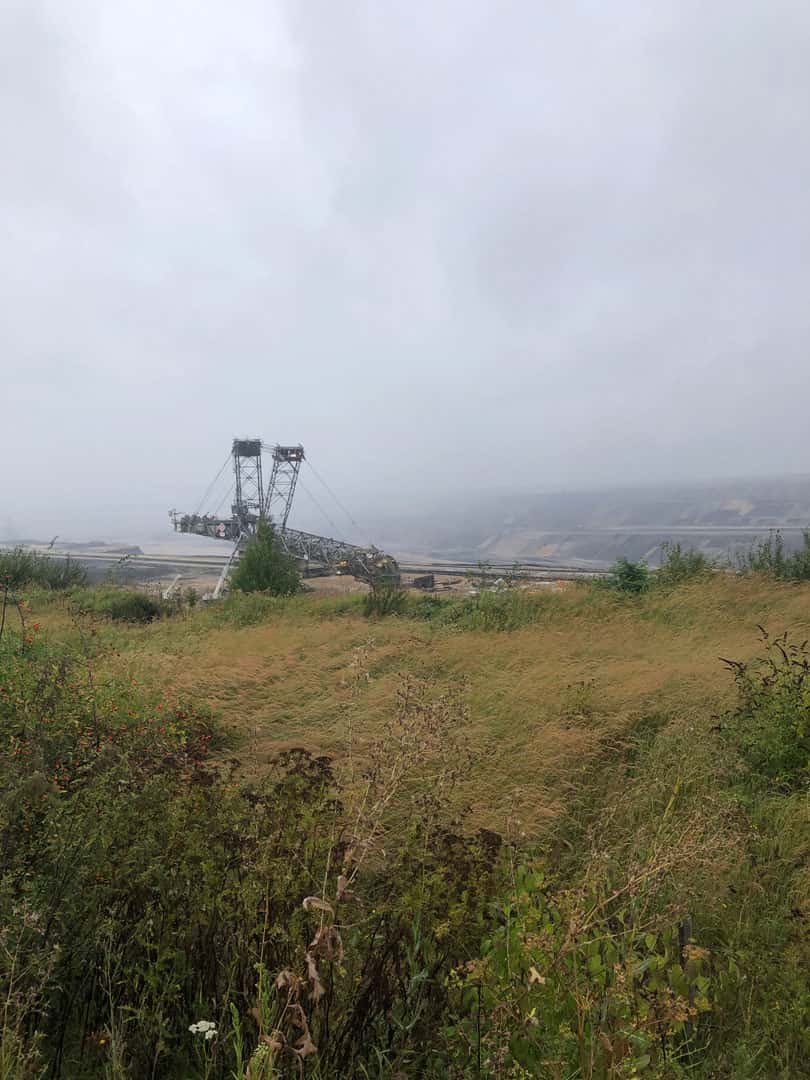
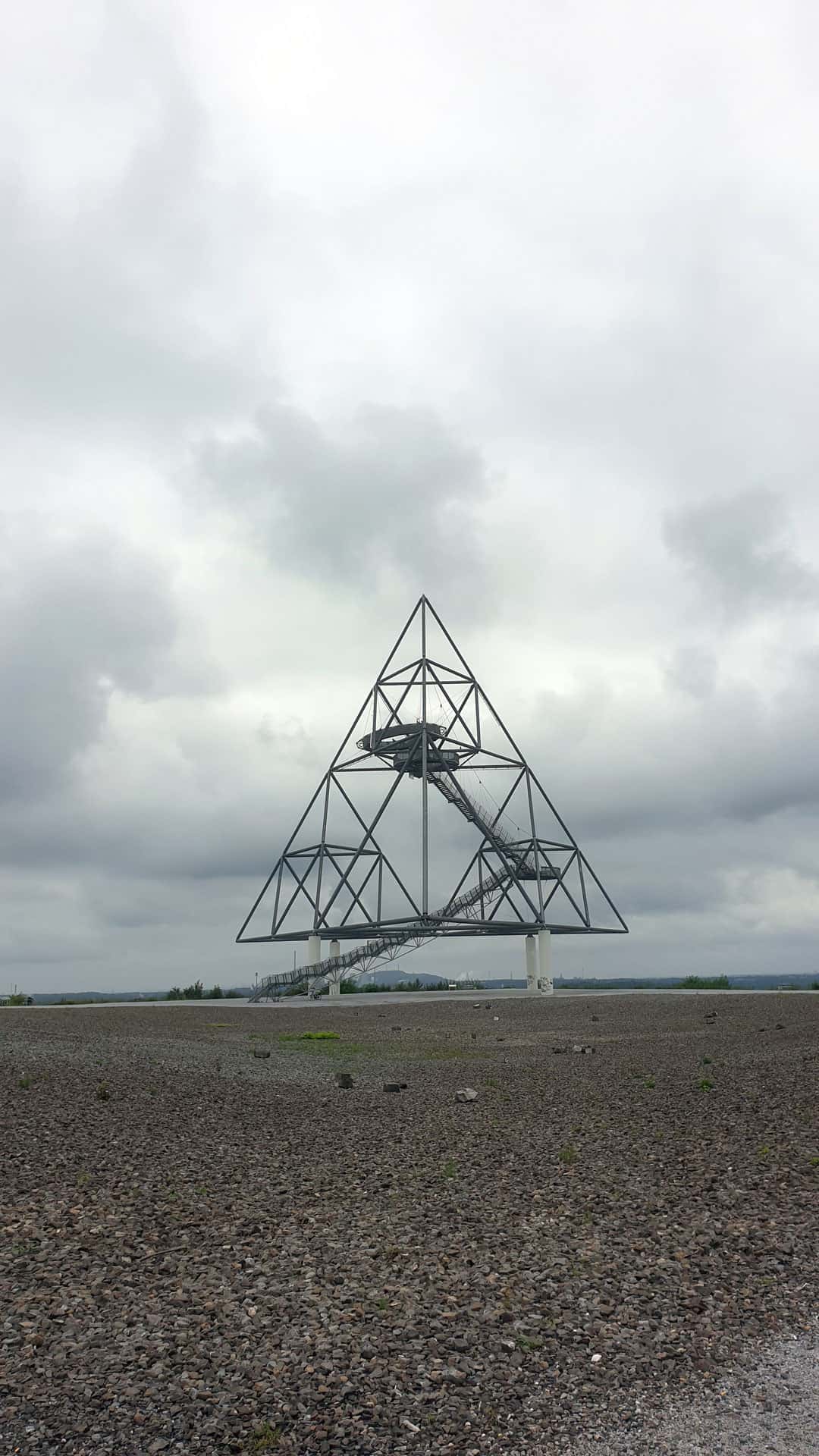
Large-scale installations are scattered throughout the Ruhr Valley, perched on top of the area's many spoil tips (hills created by the accumulation of soil and rock extracted from the region's former mines). The Tetrahedron can be found on the Beckstraße slag heap in Bottrop. It was created in 1995 as part of the IBA Emscherpark. This Bottrop landmark is one of the most popular monuments and viewpoints in the Ruhr Valley.
Along the path to the structure, one can read several explanatory panels that weave links between the myth of Icarus, the Tetrahedron, and the miners’ dreams of progress from the underground. The 210-ton steel structure stands 120 m above sea level and rests on four reinforced concrete columns that separate it from the ground. At night, when the Tetrahedron is lit up, it appears to be floating. Several stairs give access to observation platforms suspended from the main structure at different heights. You can experience a 360° view from 18, 32, and 38 meters high.
Once at the top of the construction, a panoramic spectacle of the entire Emscher region and the Ruhr valley unfolds. You can see the gasometer in Oberhausen, the Arena AufSchalke in Gelsenkirchen, all the other spoil tips in the area, and the Essen skyline. In the distance, you can see Duisburg and even Düsseldorf.
The day of our visit, the sky is clear. All around us are the remains of the great industrial area of the Ruhr. The originally flat landscape is now punctuated by small, identical hills. It is striking to imagine that these tons of earth have been torn from the depths of the underground, thanks to the sweat of men, over many decades. A few kilometers away, you can see no less than five old mines with the buildings that were once used for the extraction, sorting, and cleaning of coal. The most impressive of these is, of course, Zeche Zollverein which was one of the largest mining sites in all of Europe. Today, there are still many active factories in the vicinity releasing their thick smoke into the sky.
Looking at the horizon, we notice a huge hall that houses an artificial ski slope nearby. A luxury a few years ago, hitting a fake snow track in a shed has become an affordable and accessible recreation for locals. This artificial snow is the result of many marvels of modern engineering. Failing to be able to fly off the Tetrahedron like Icarus, the grandchildren of the miners can descend artificial snow-covered slopes.
